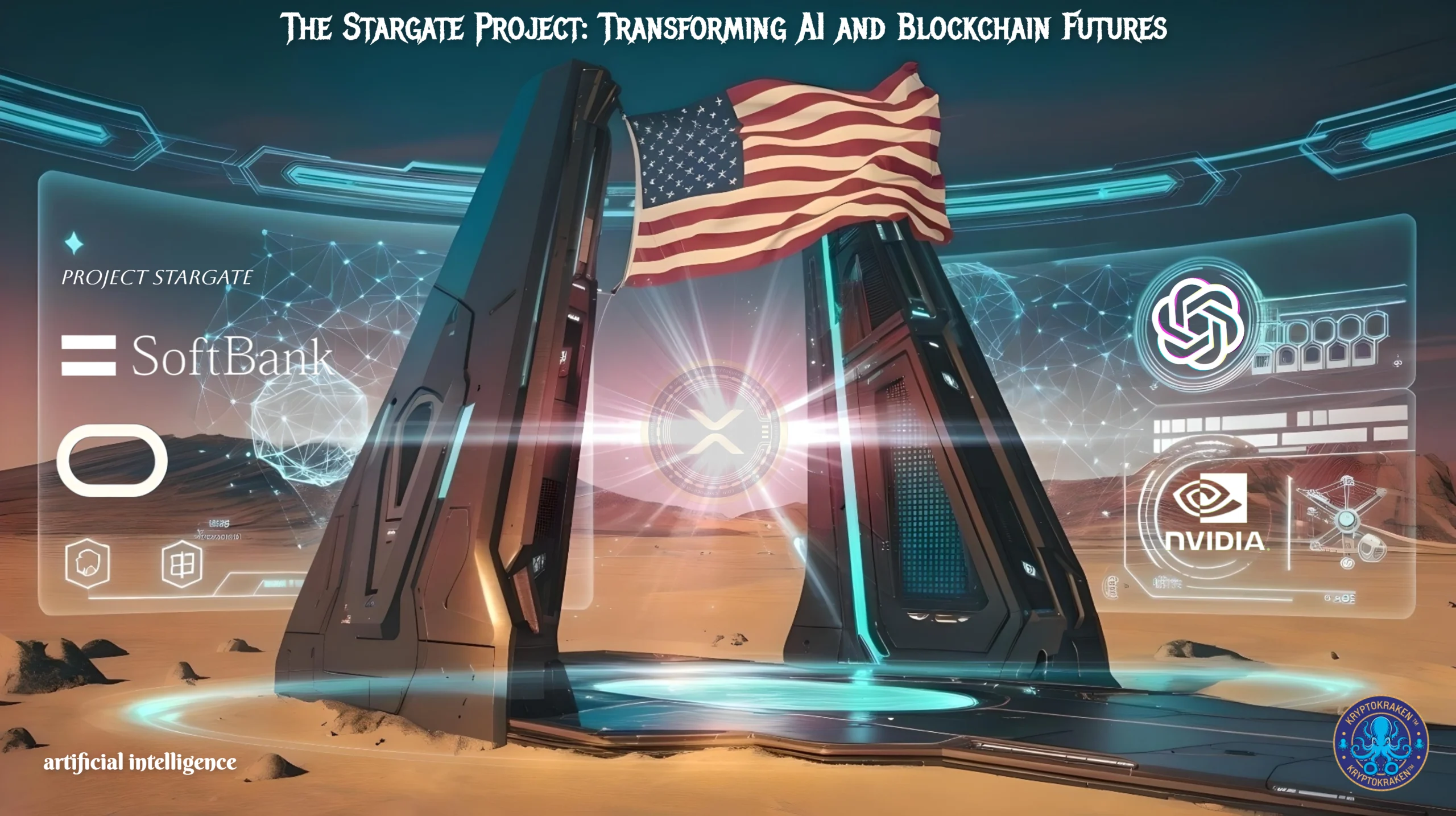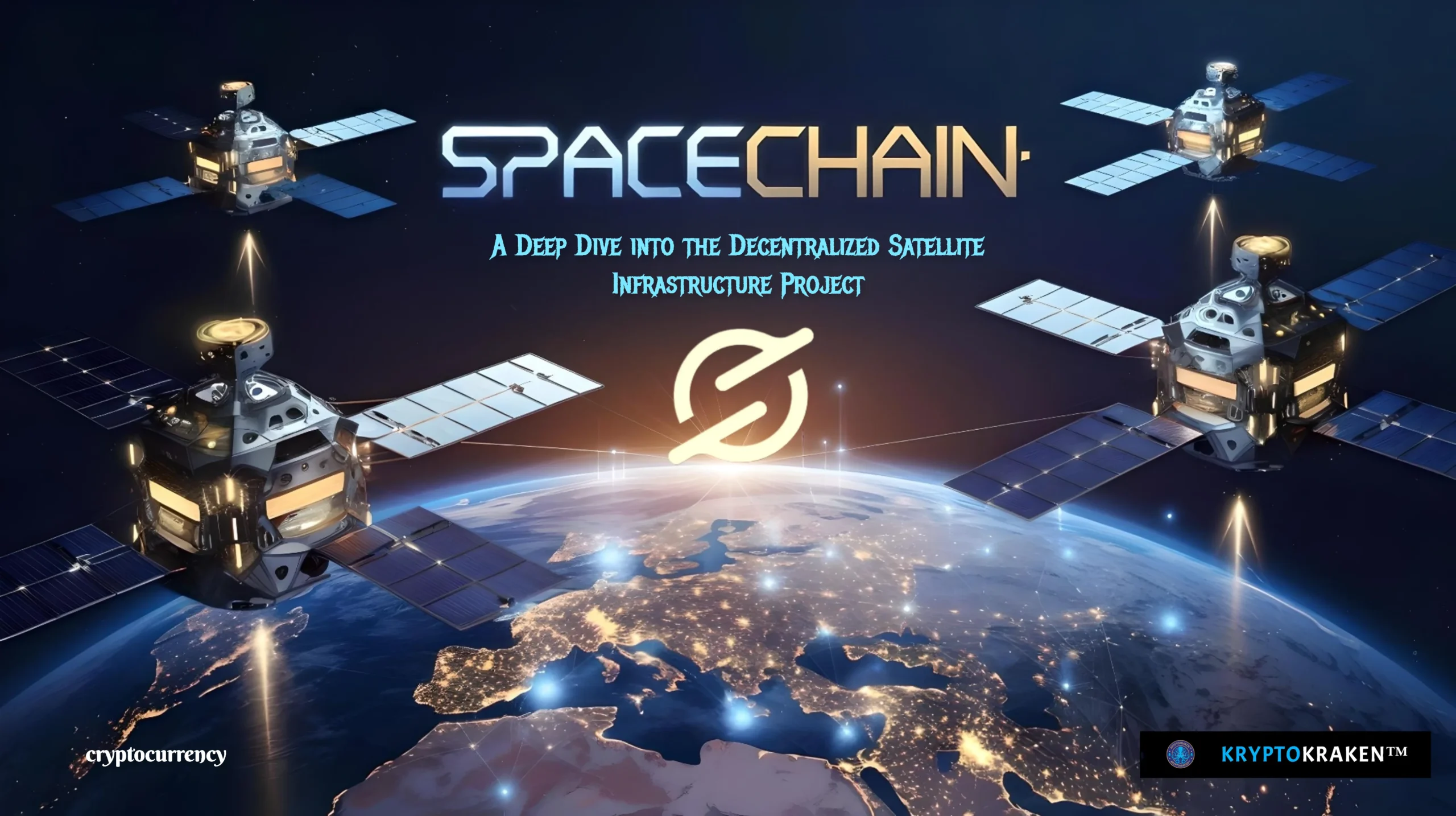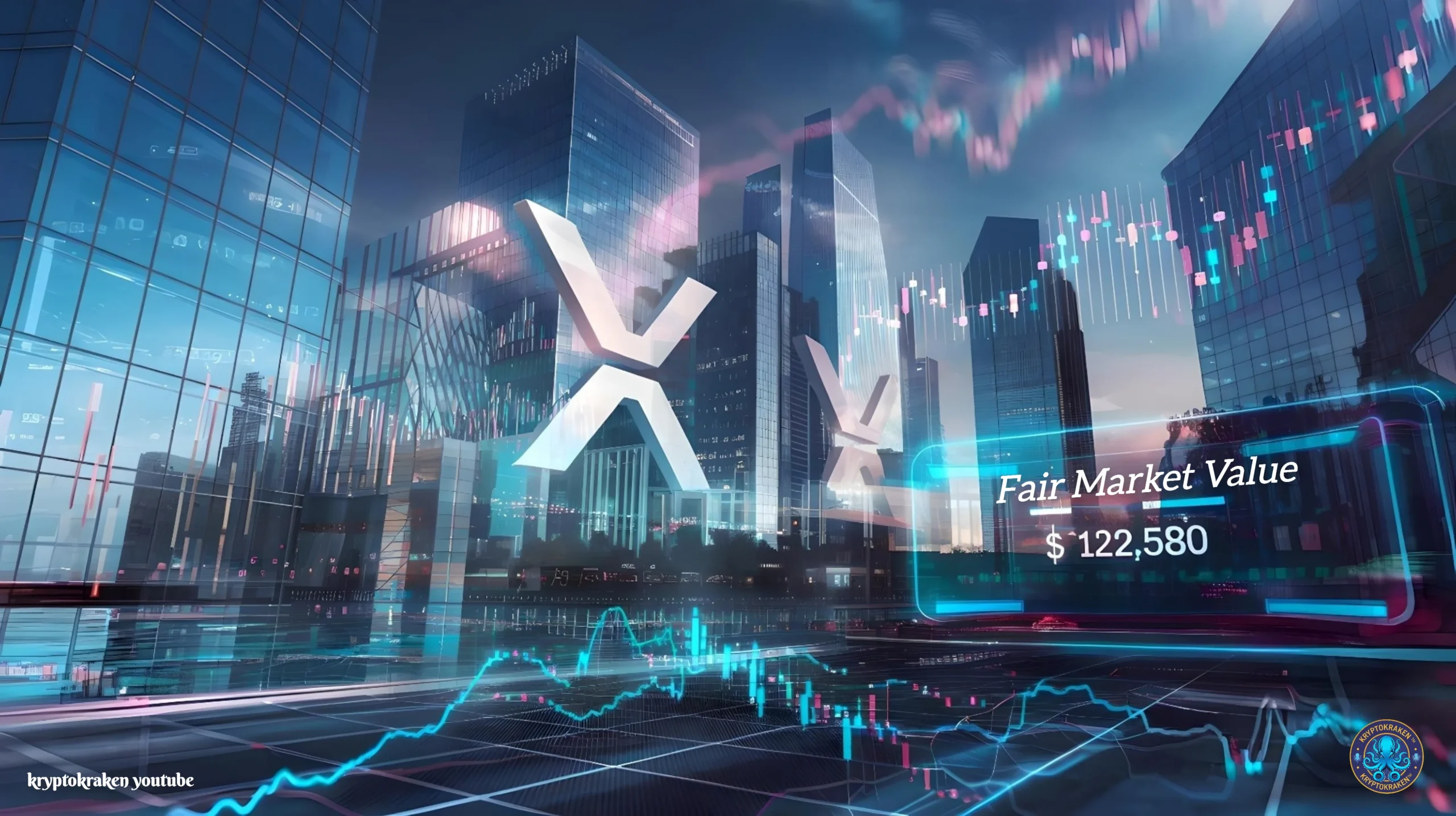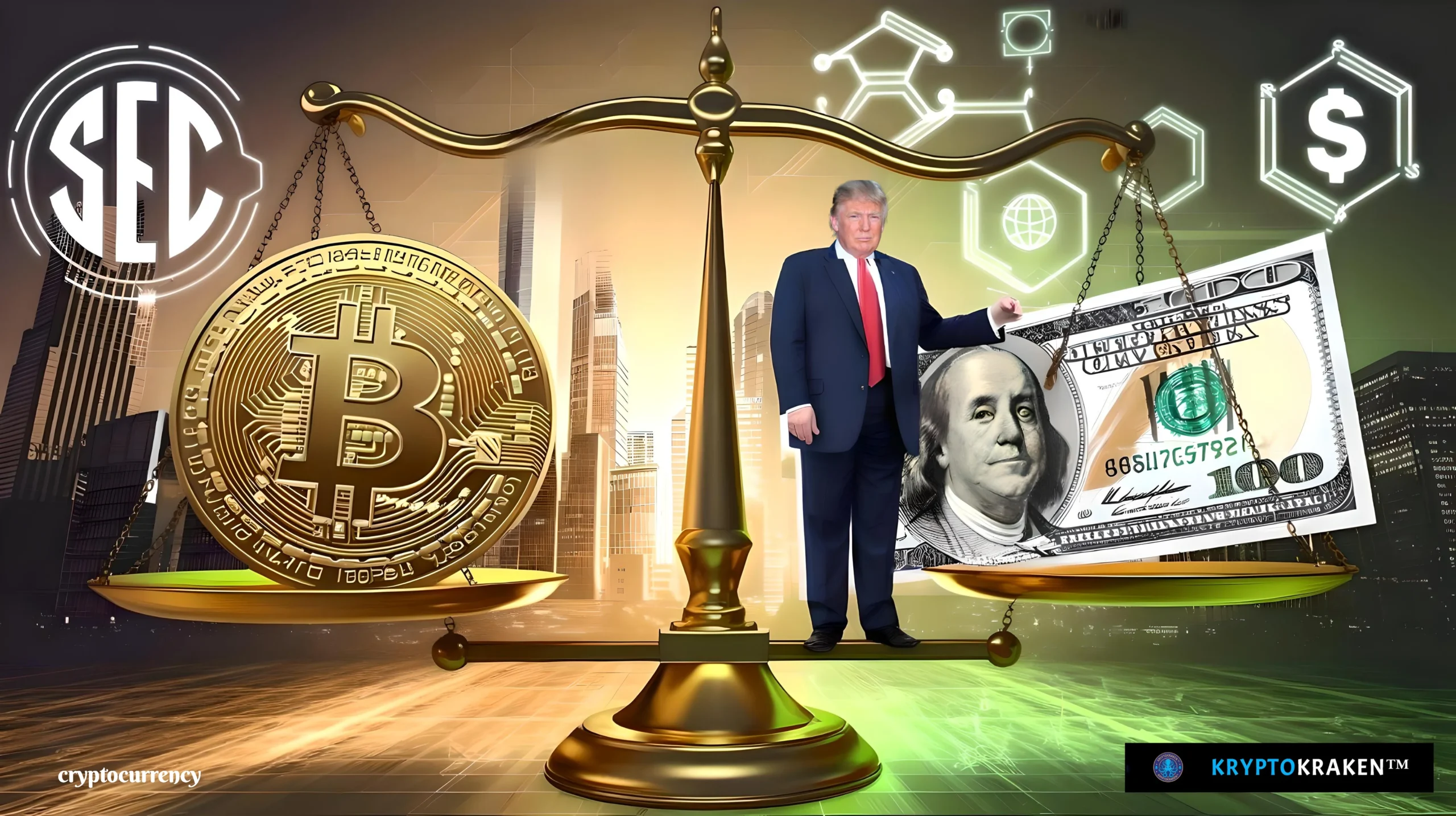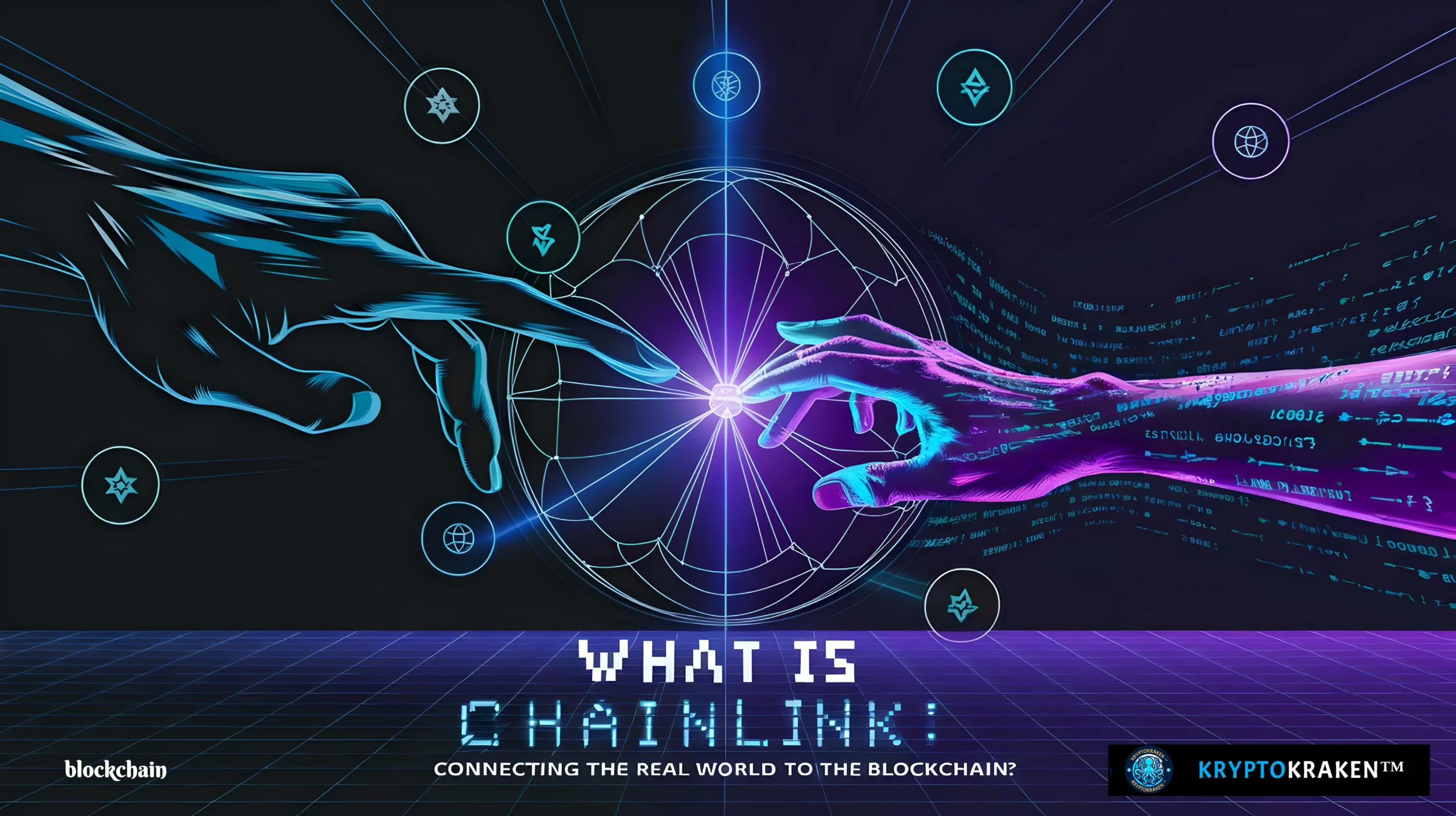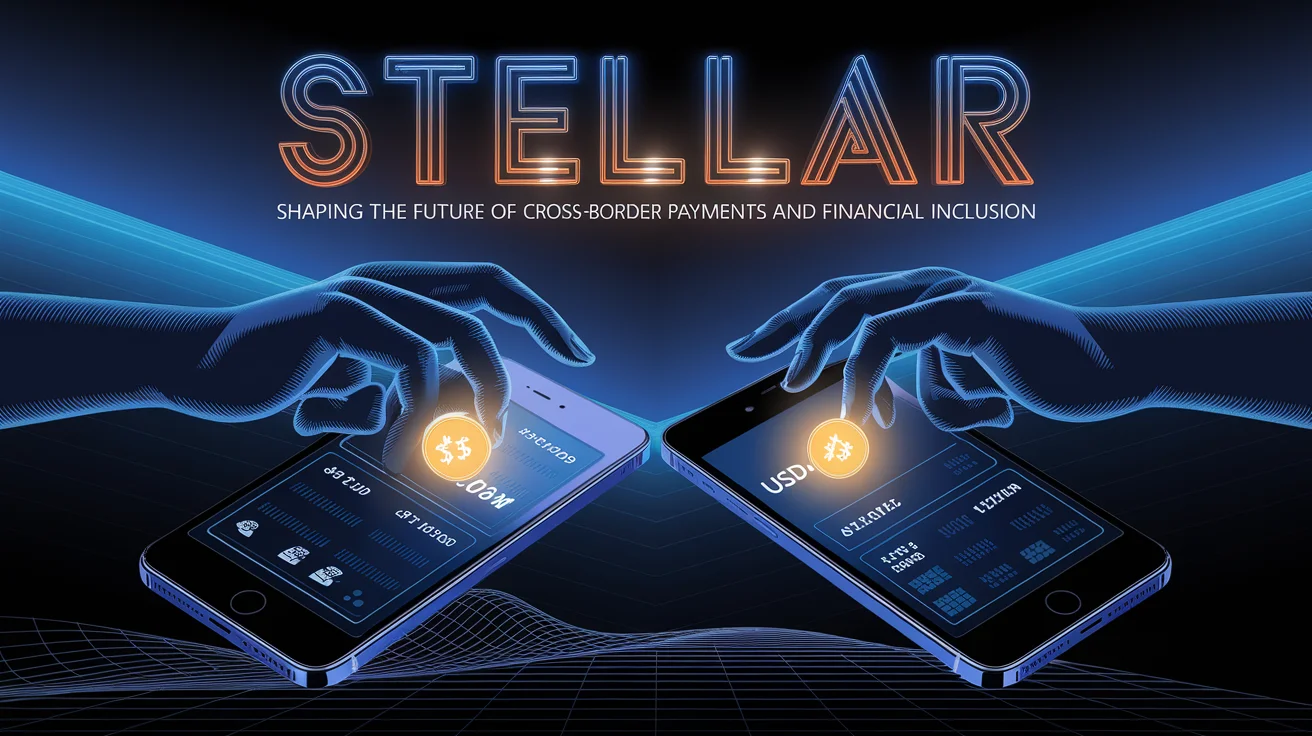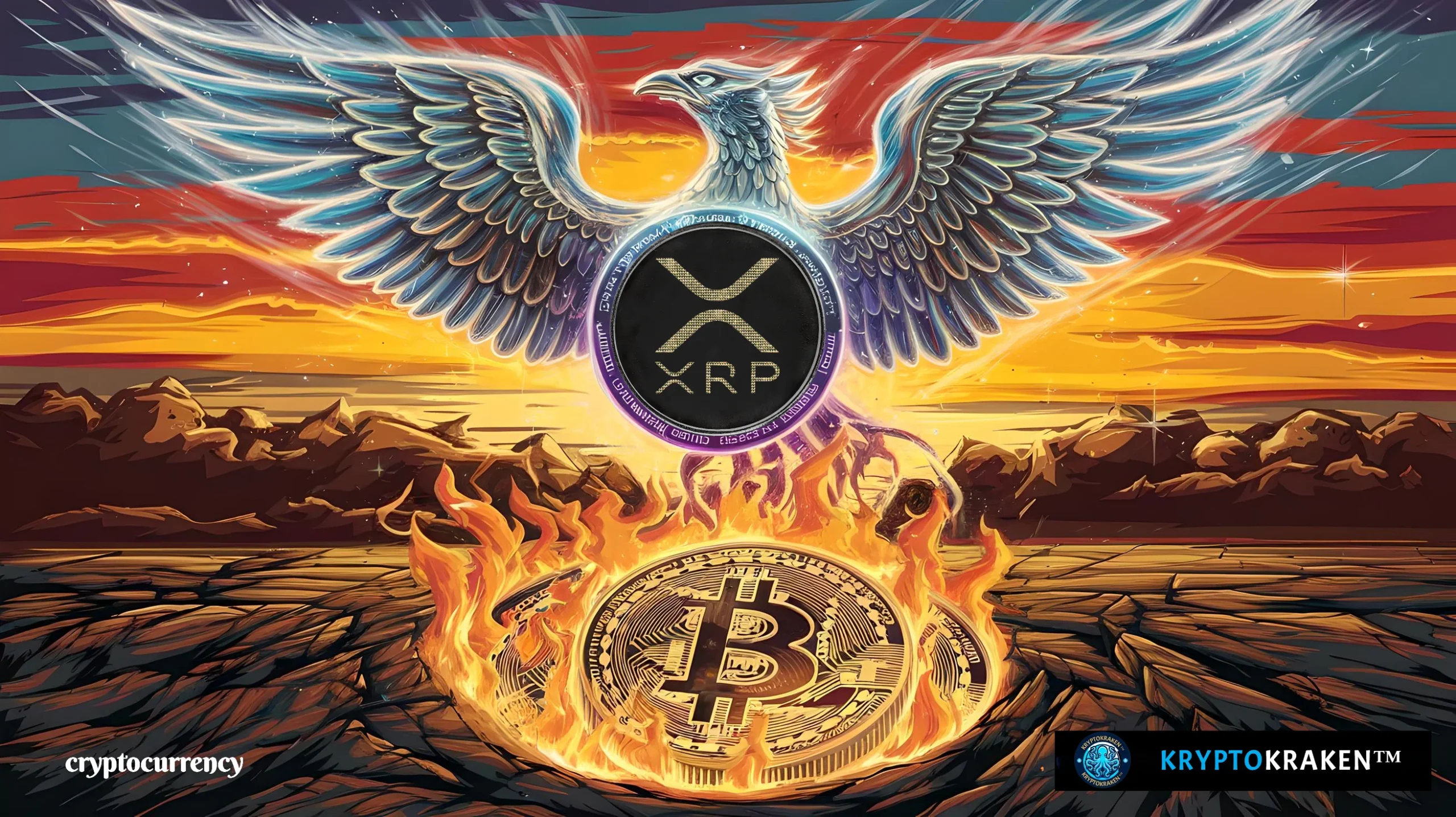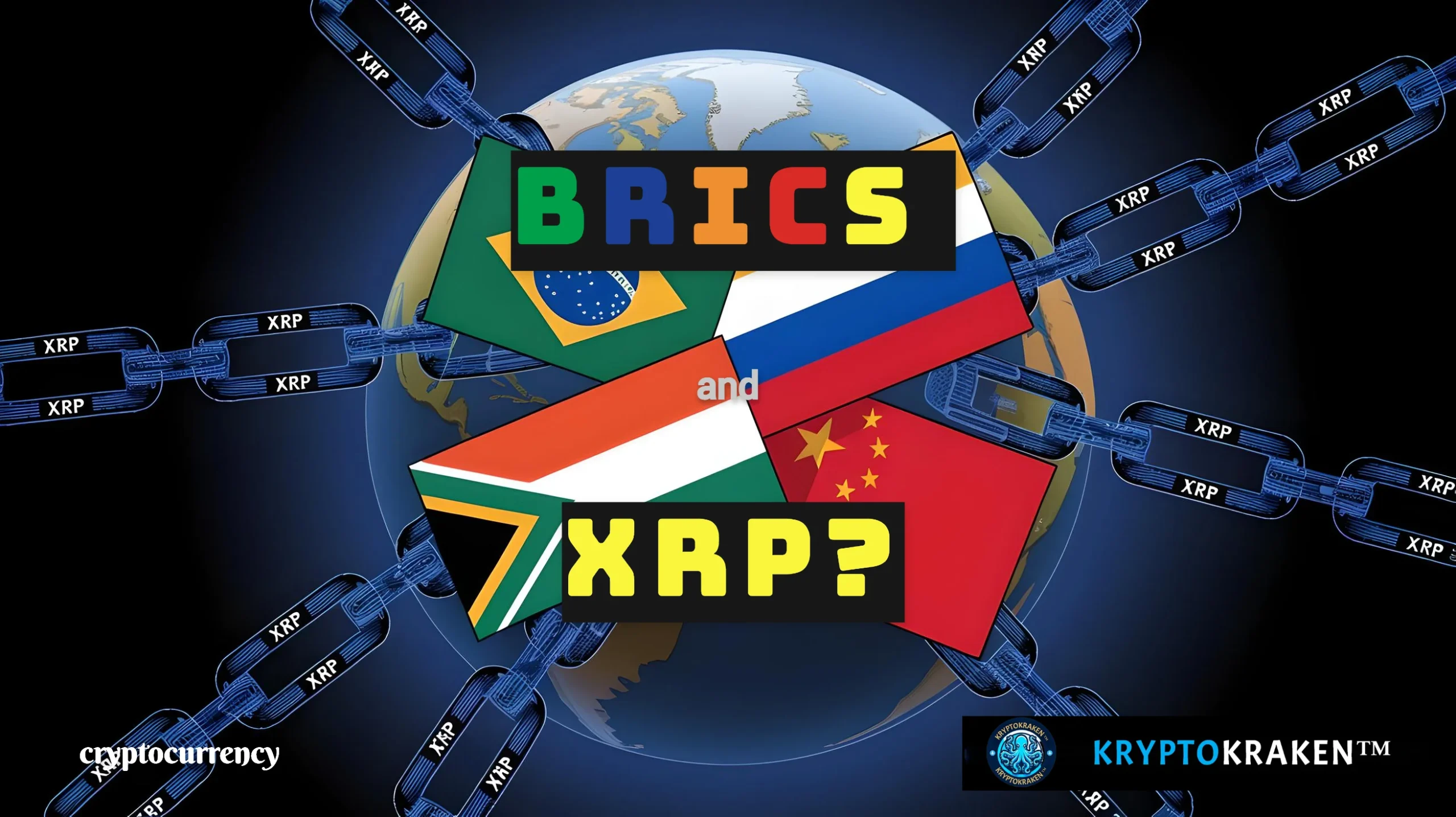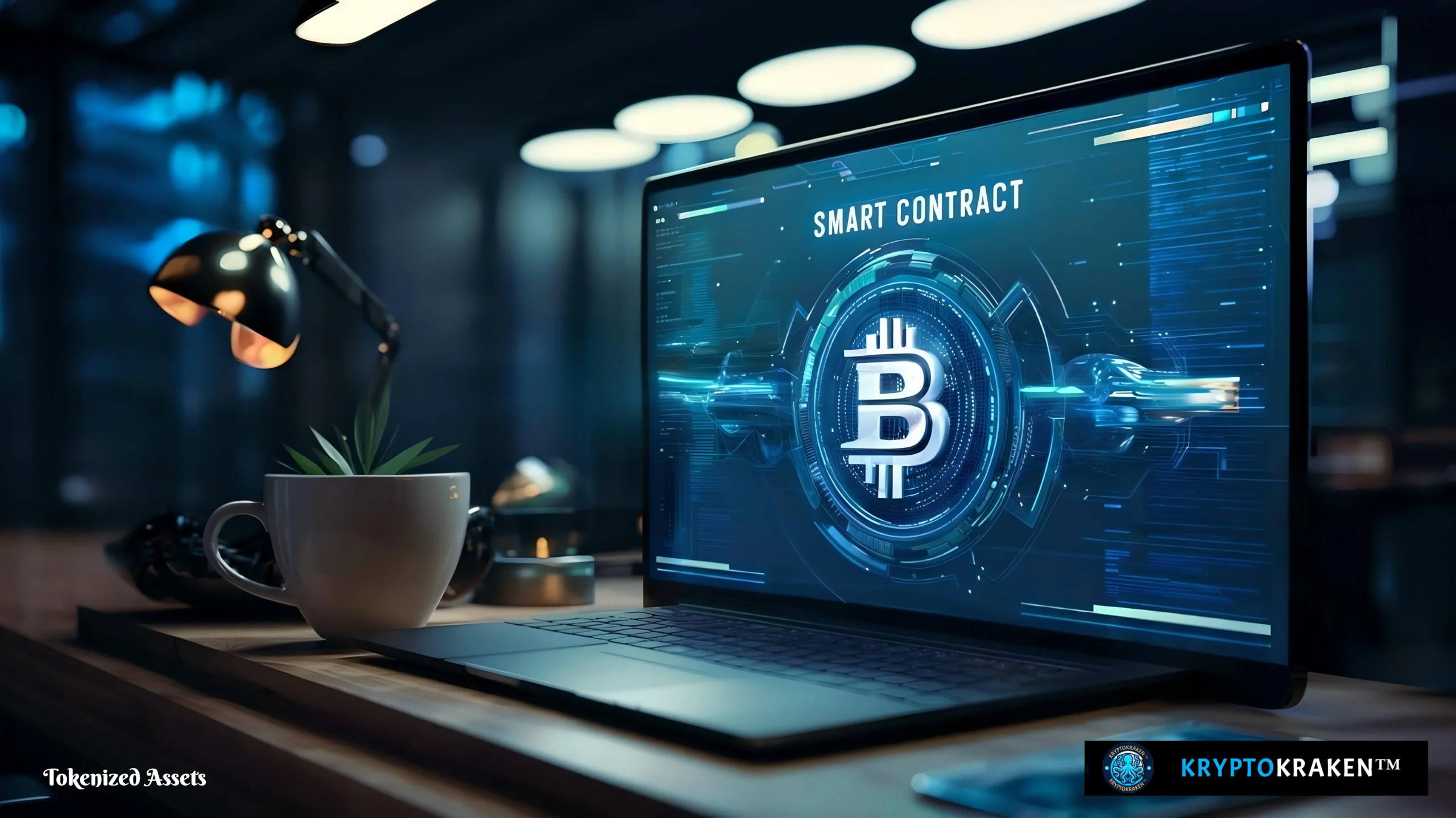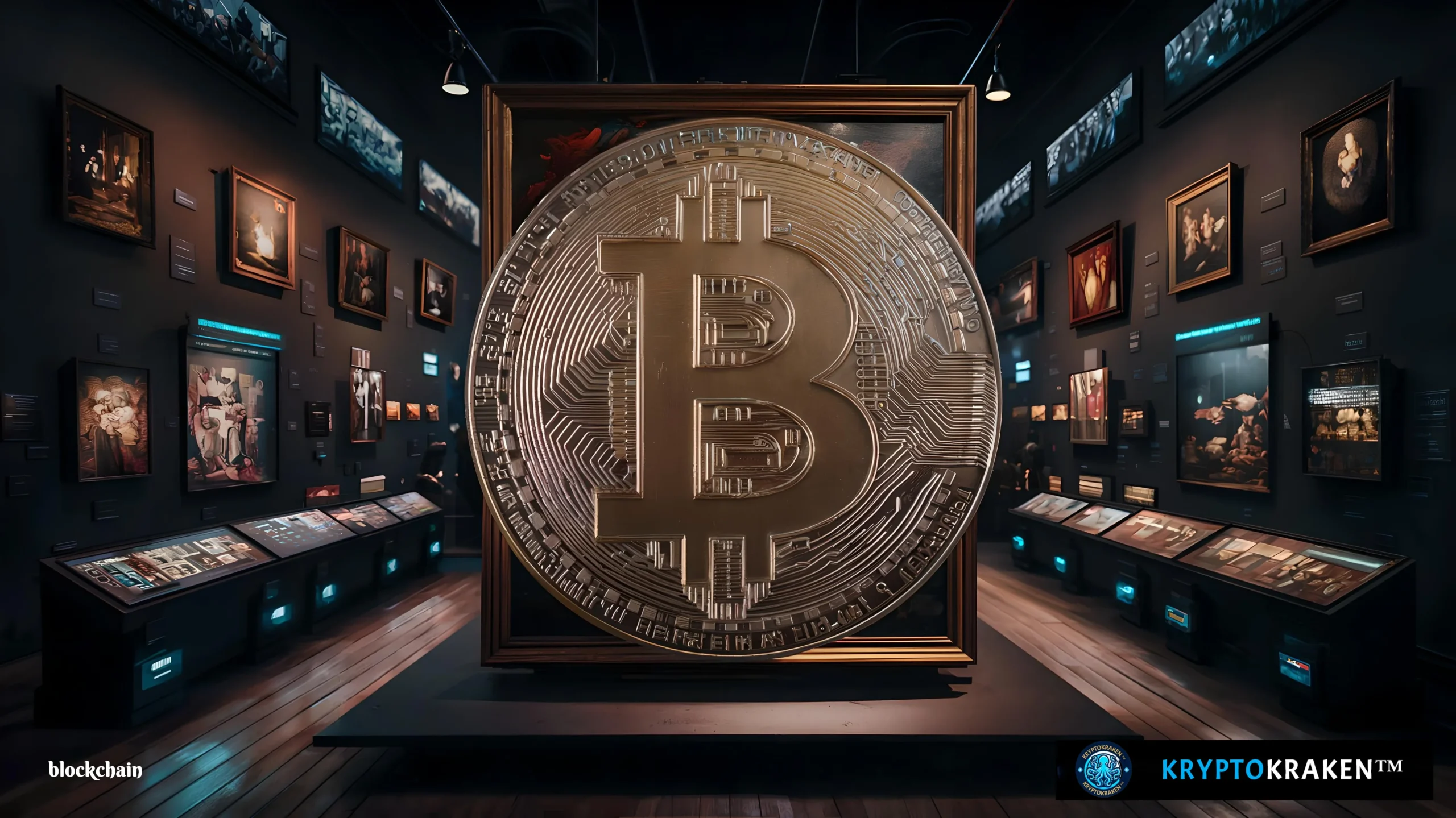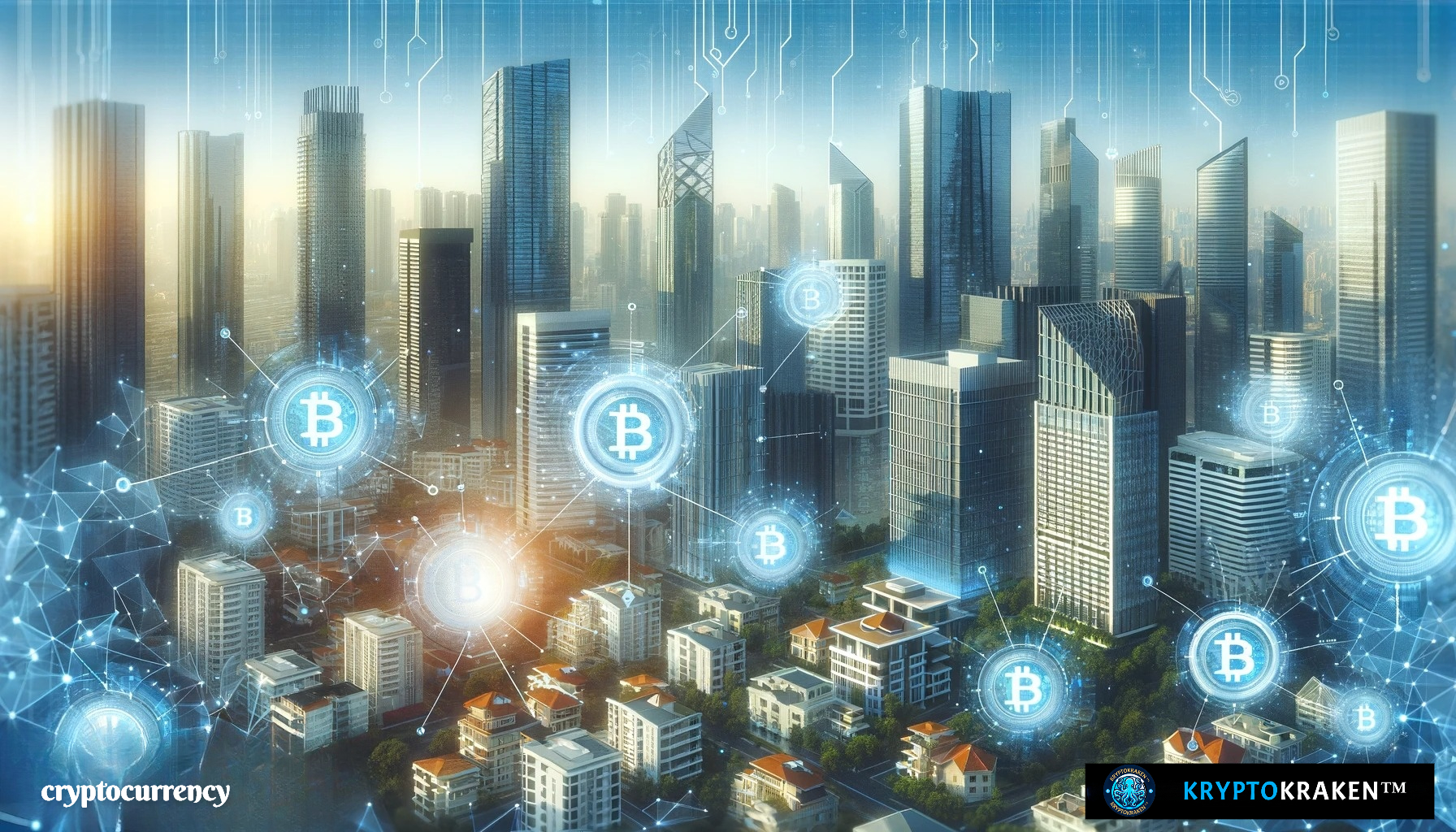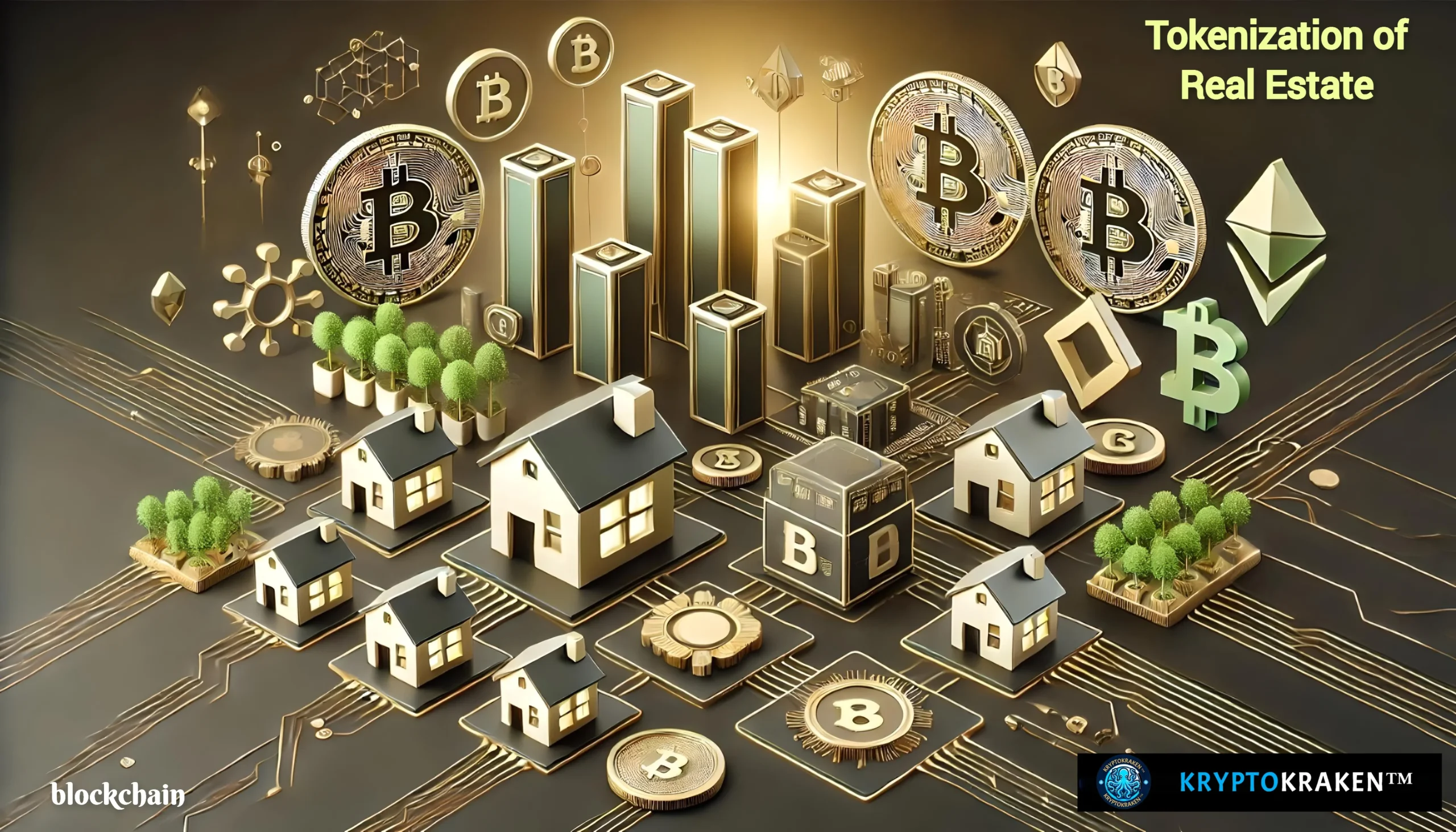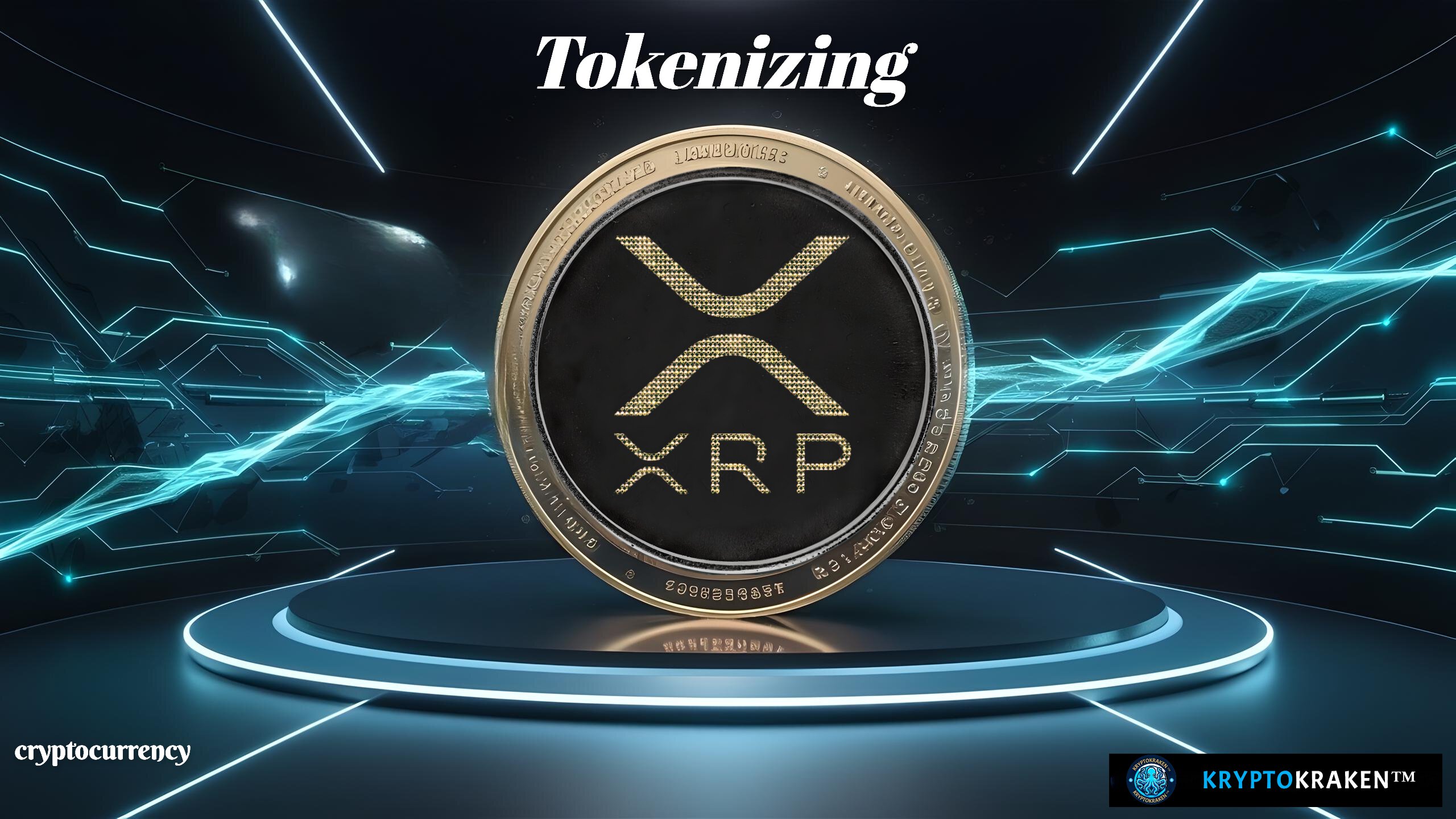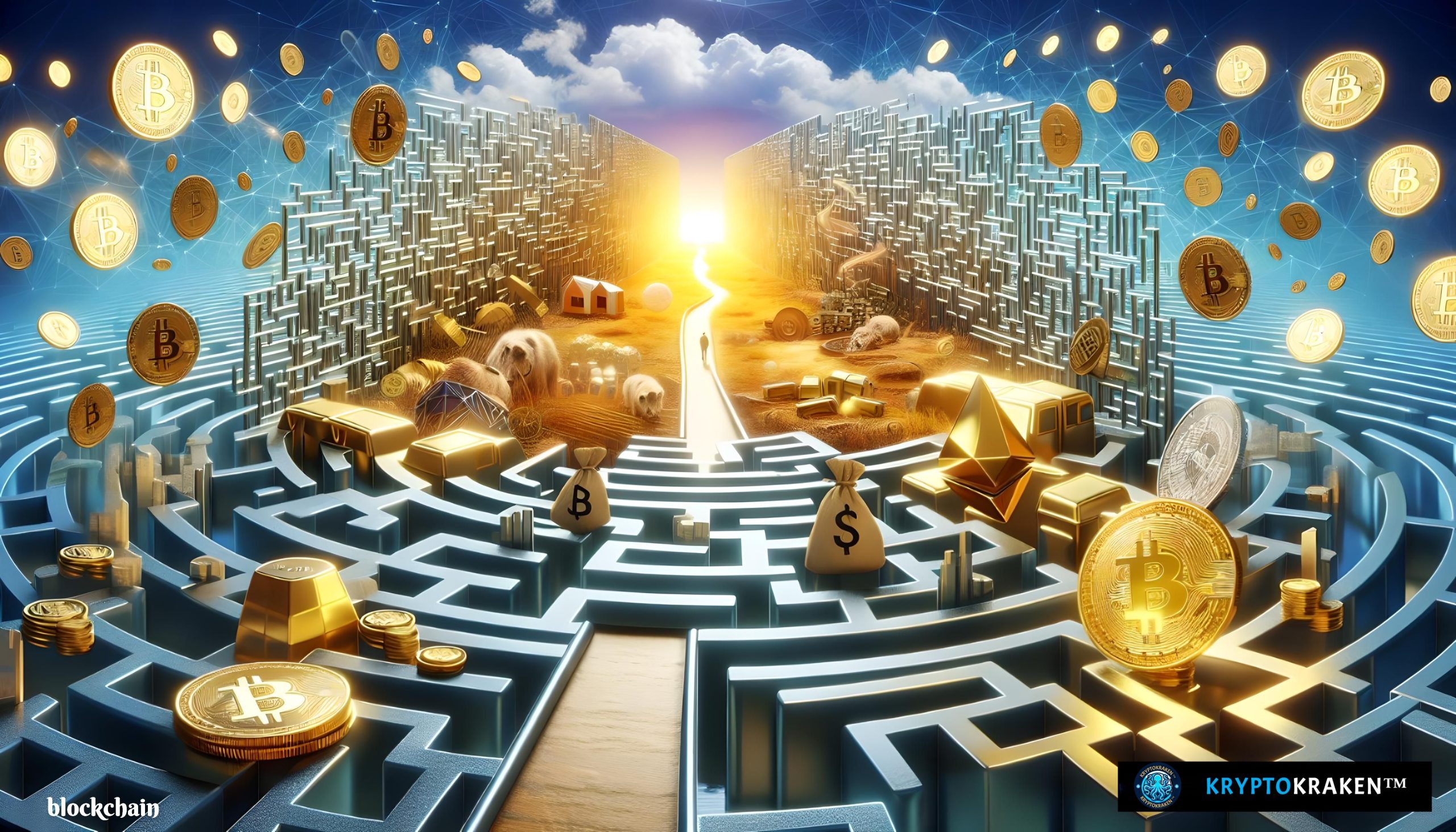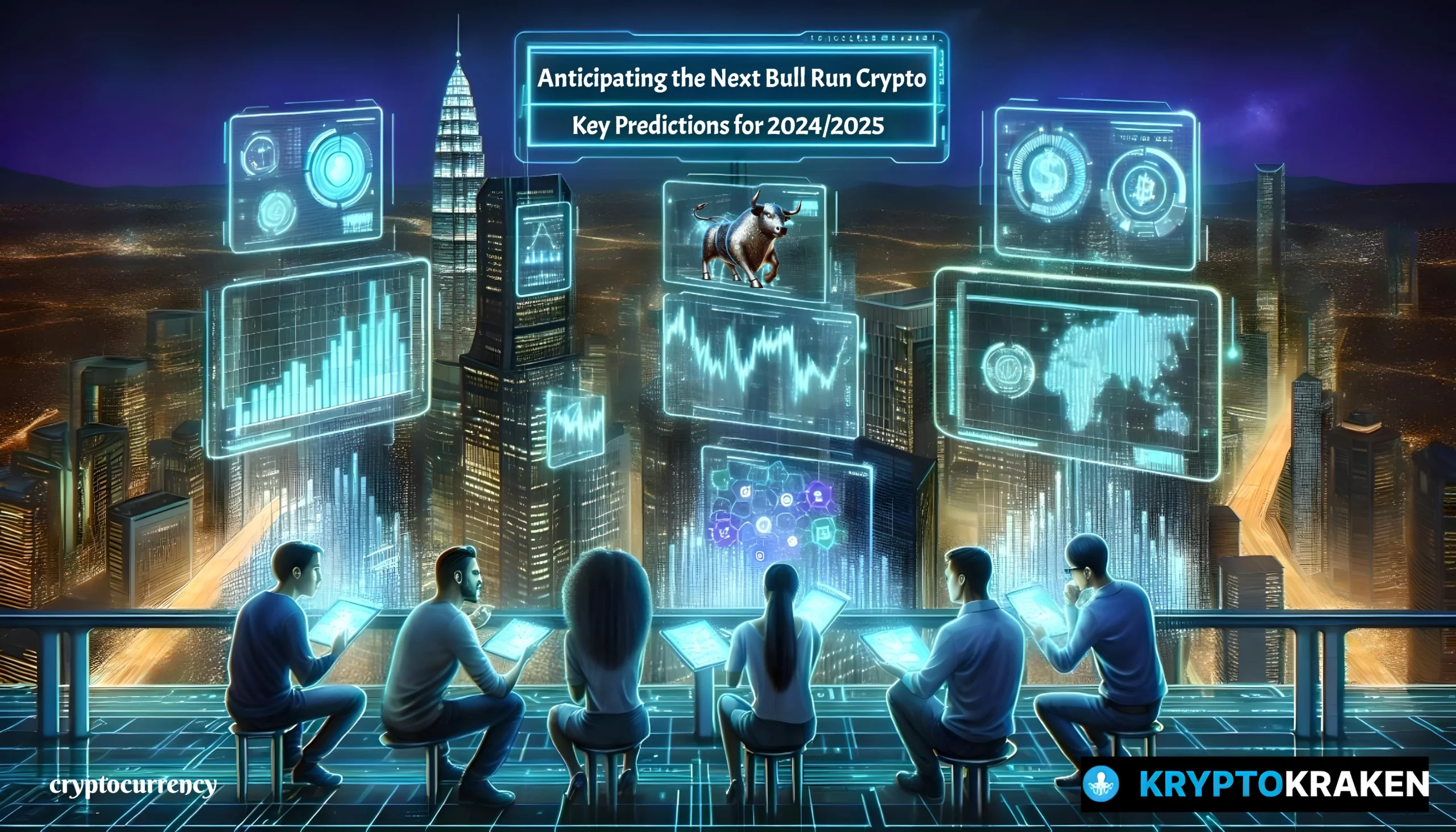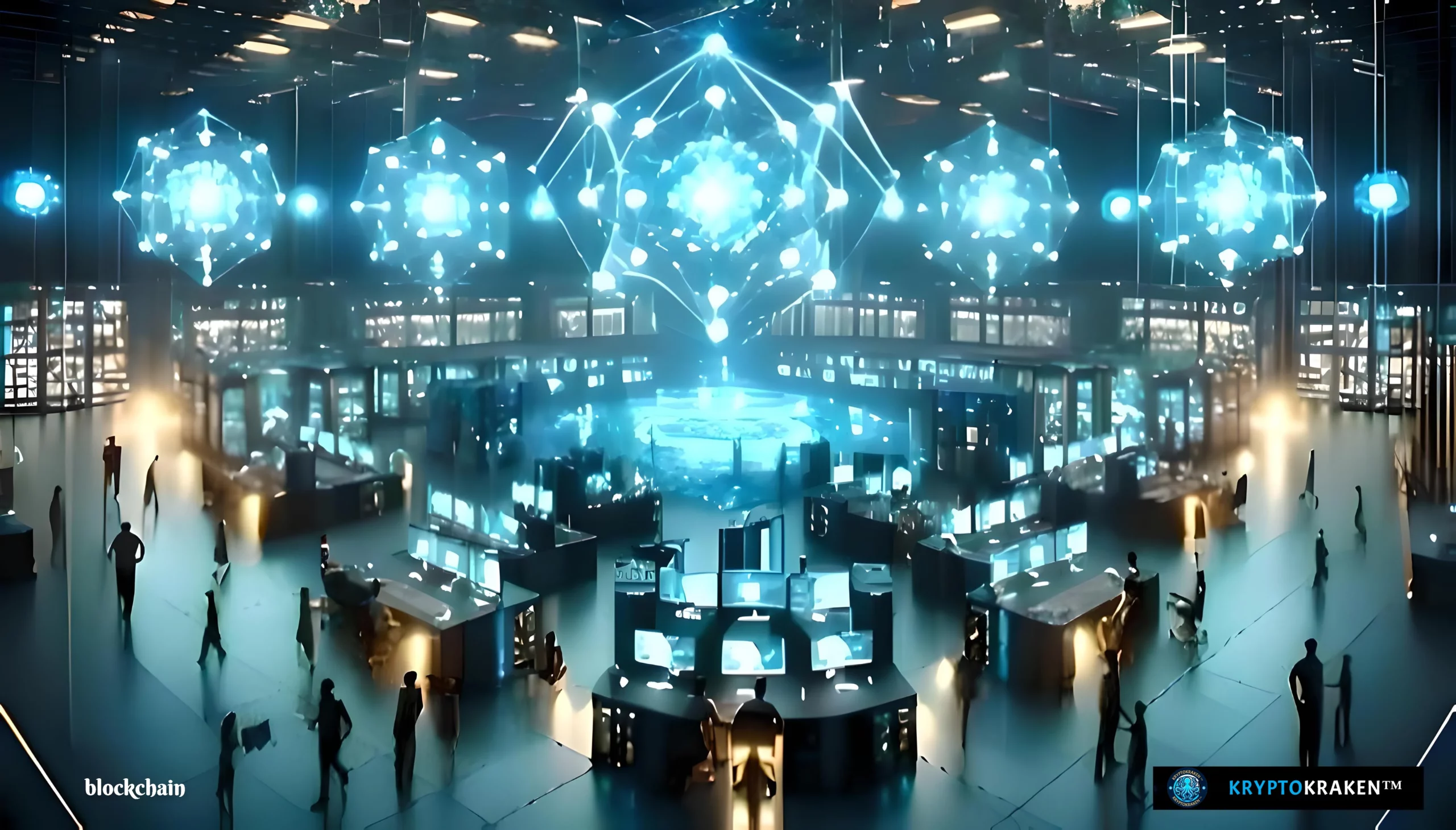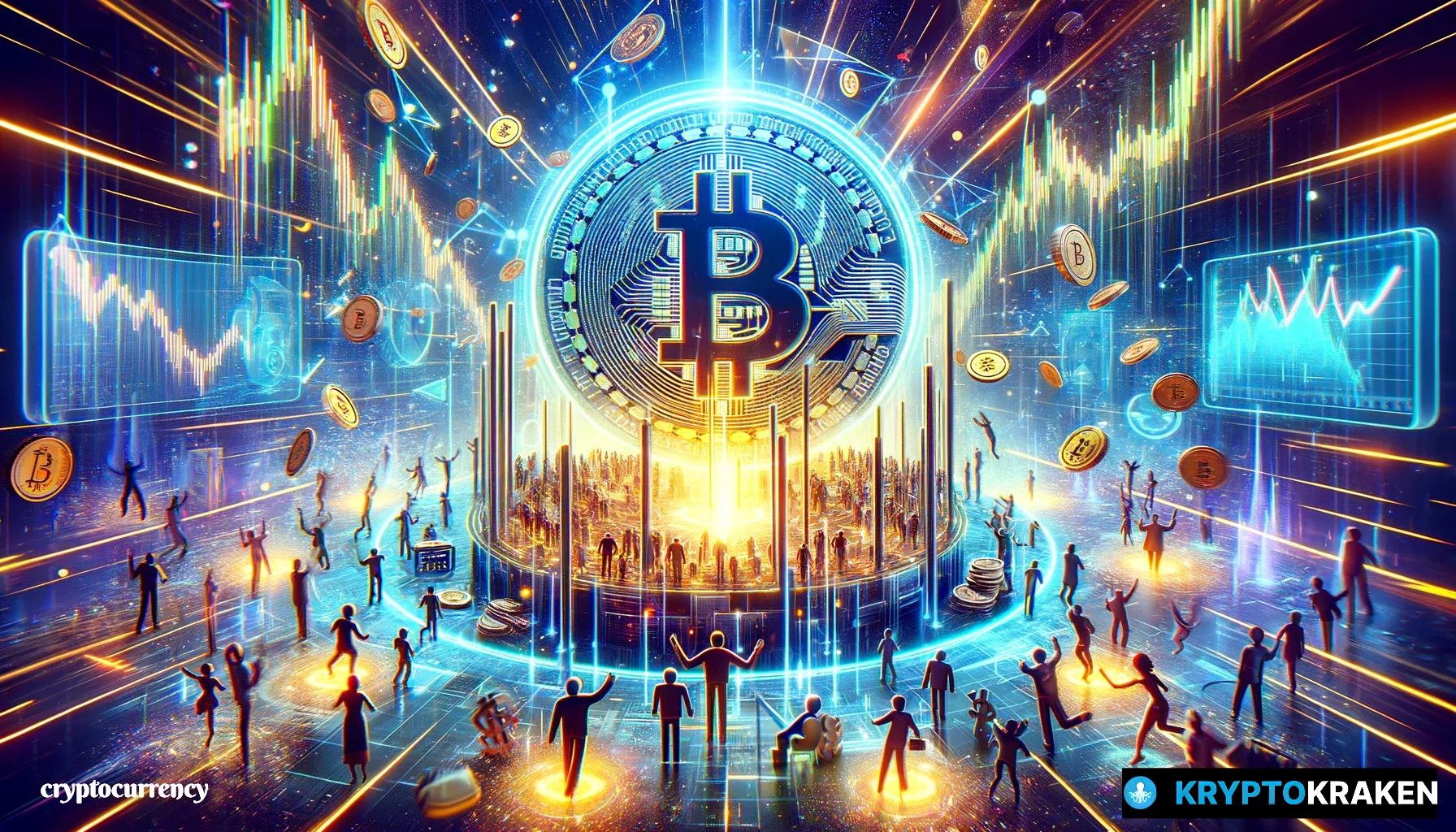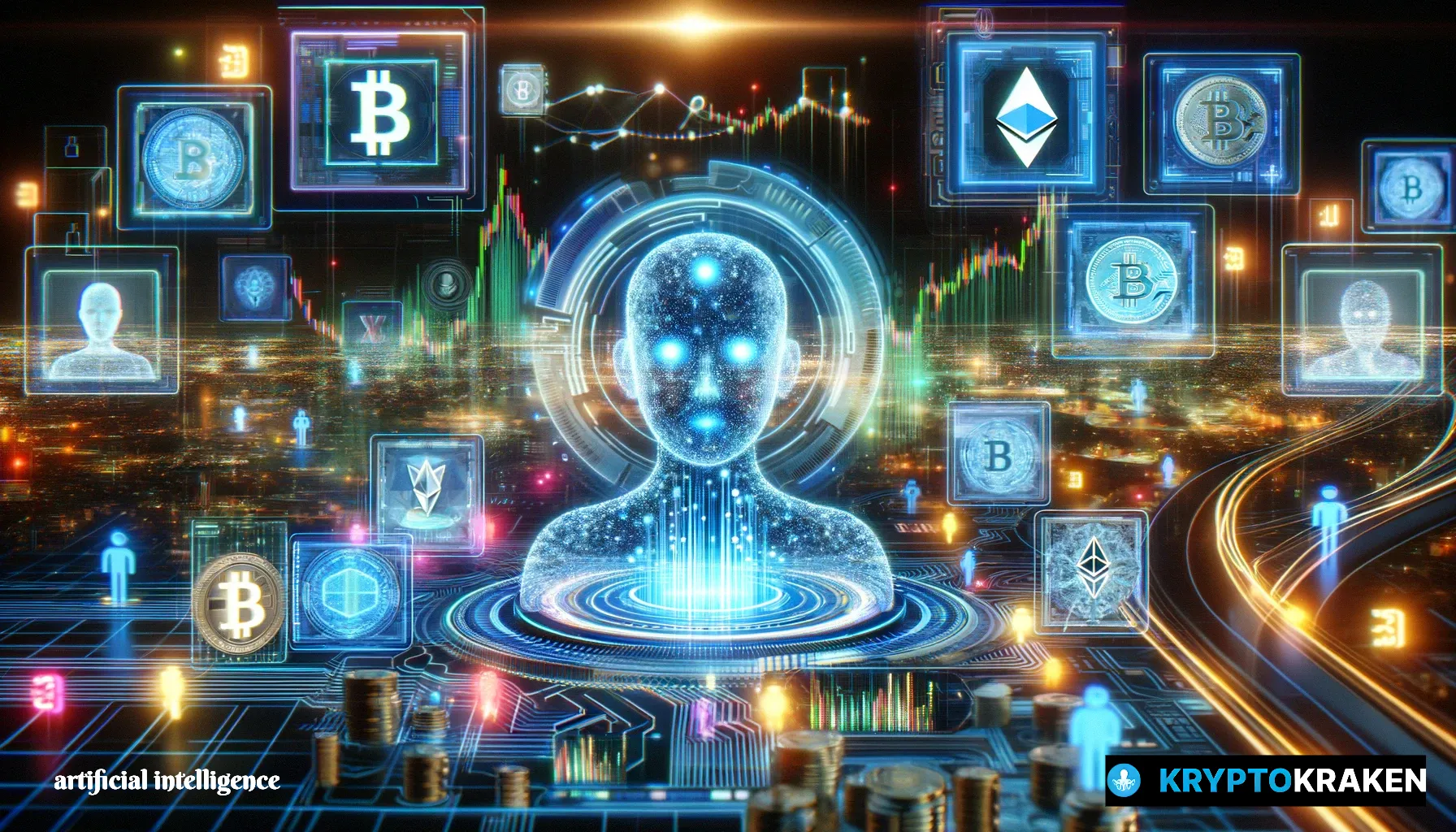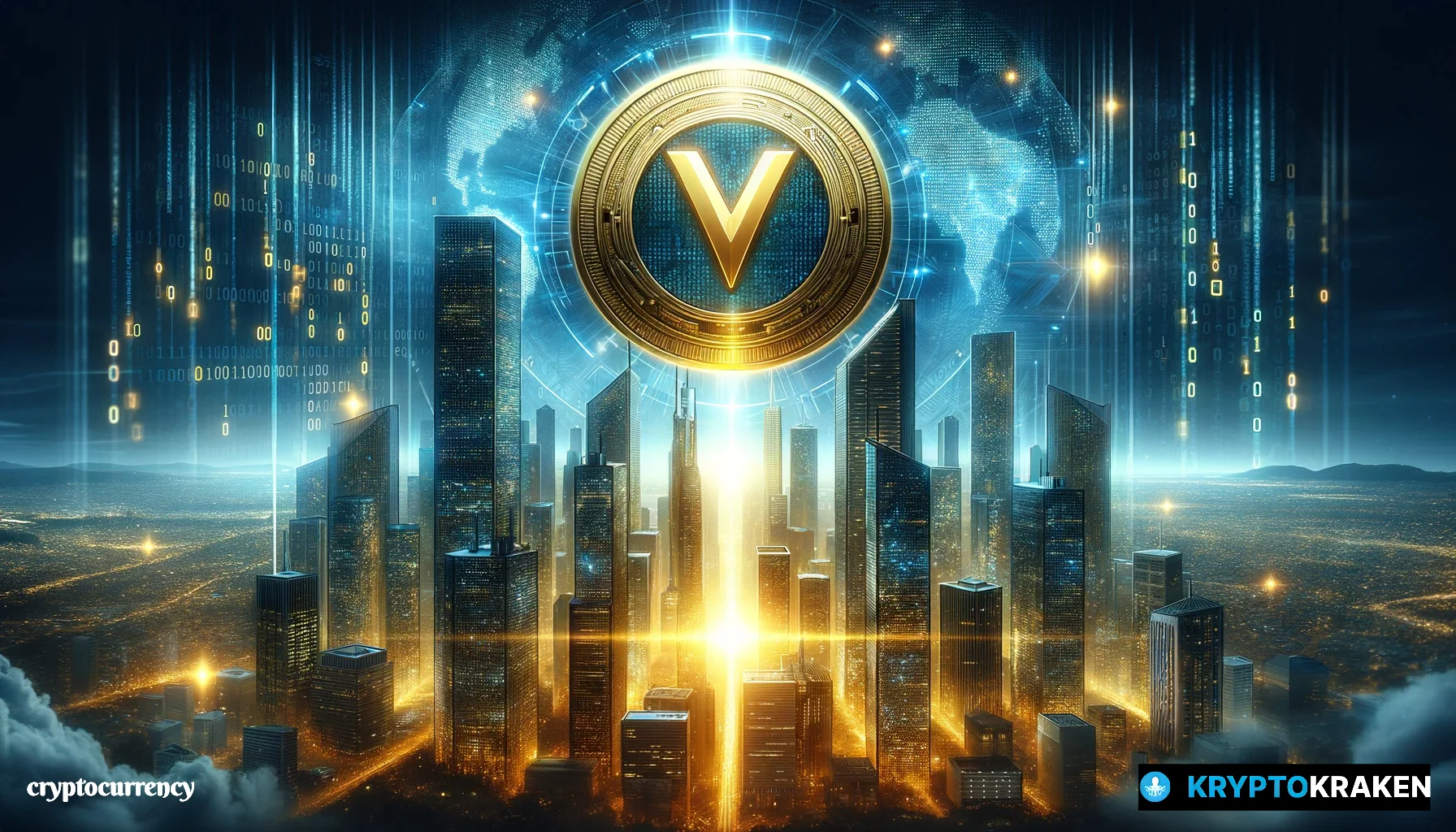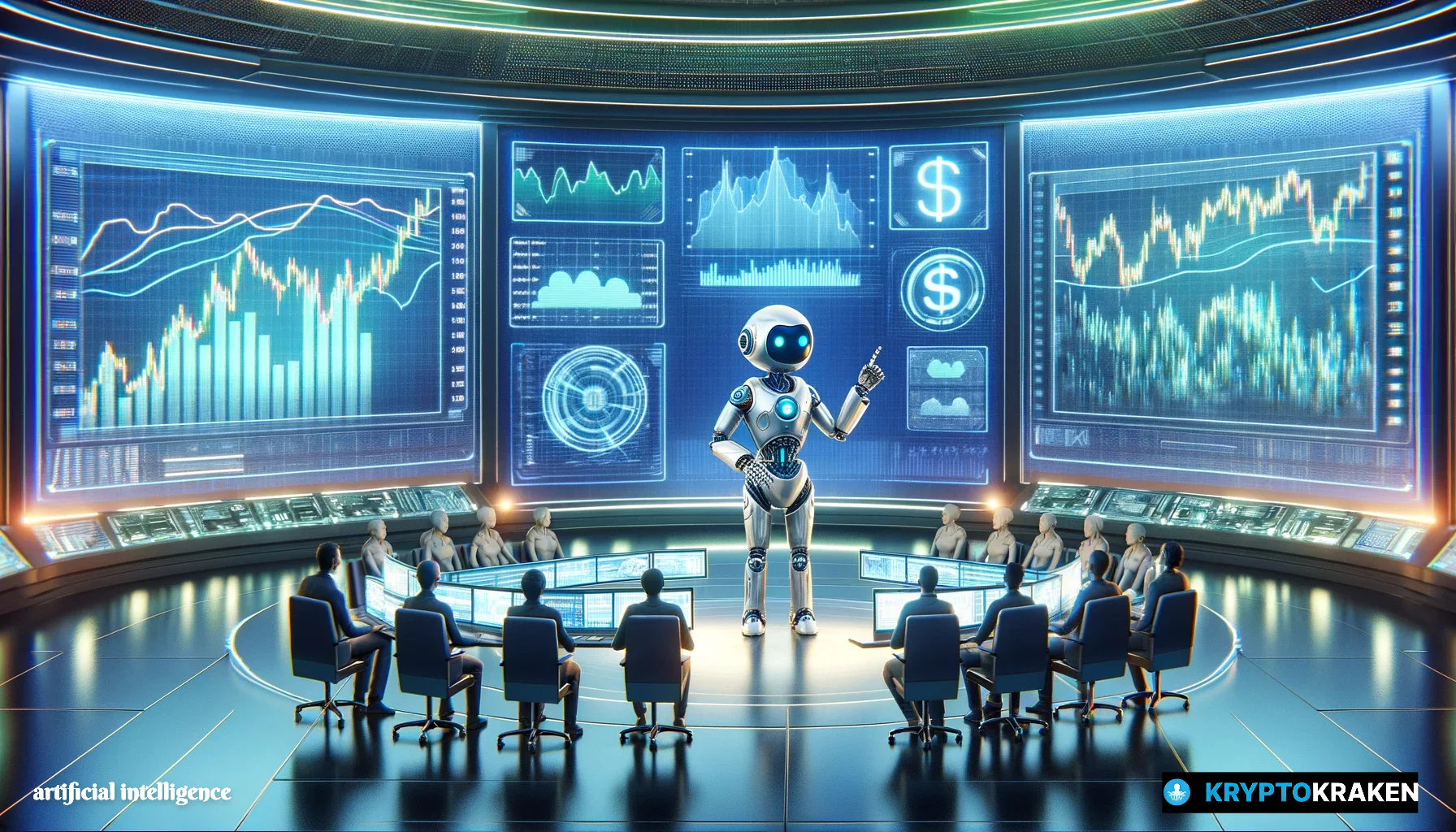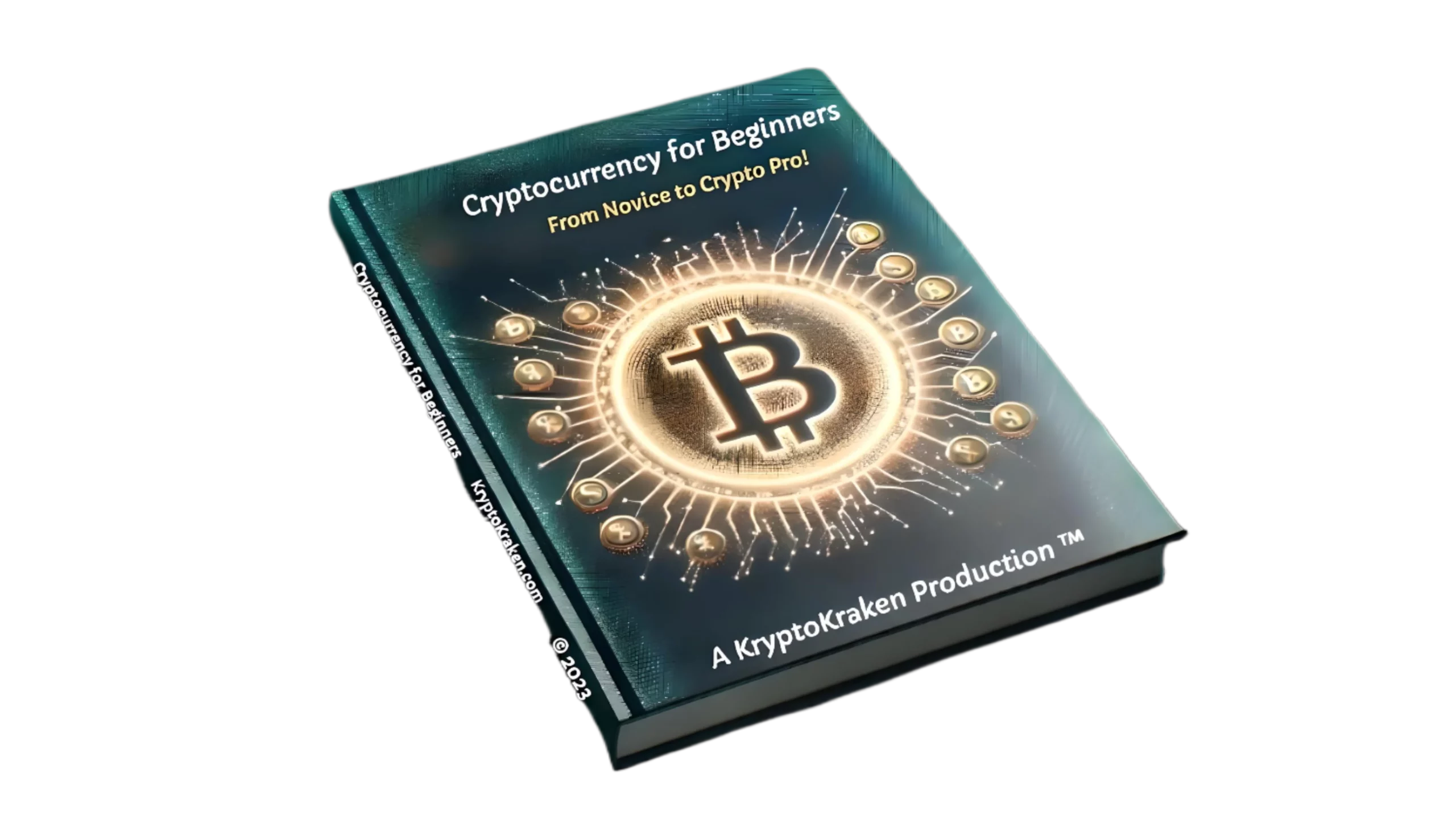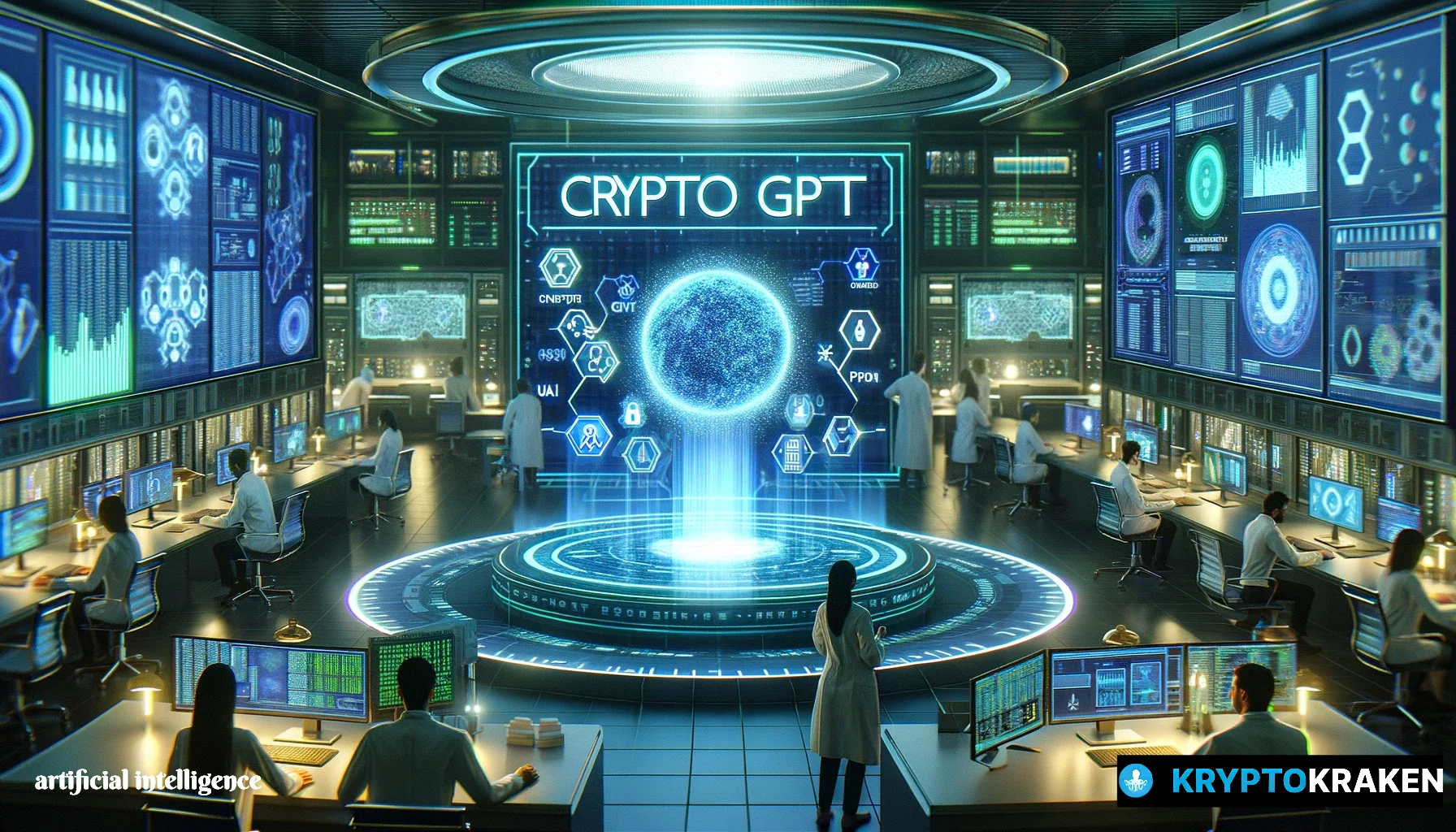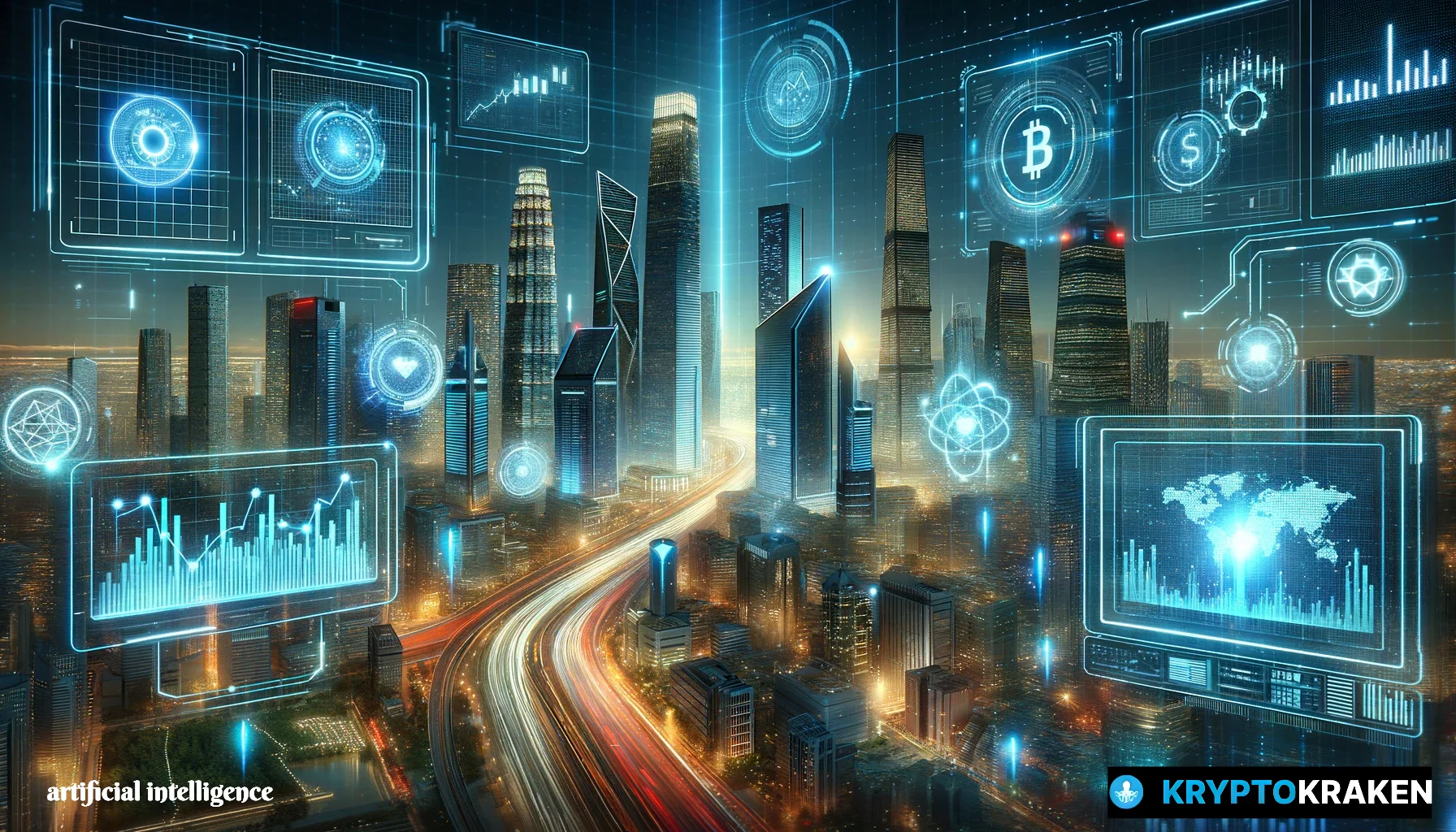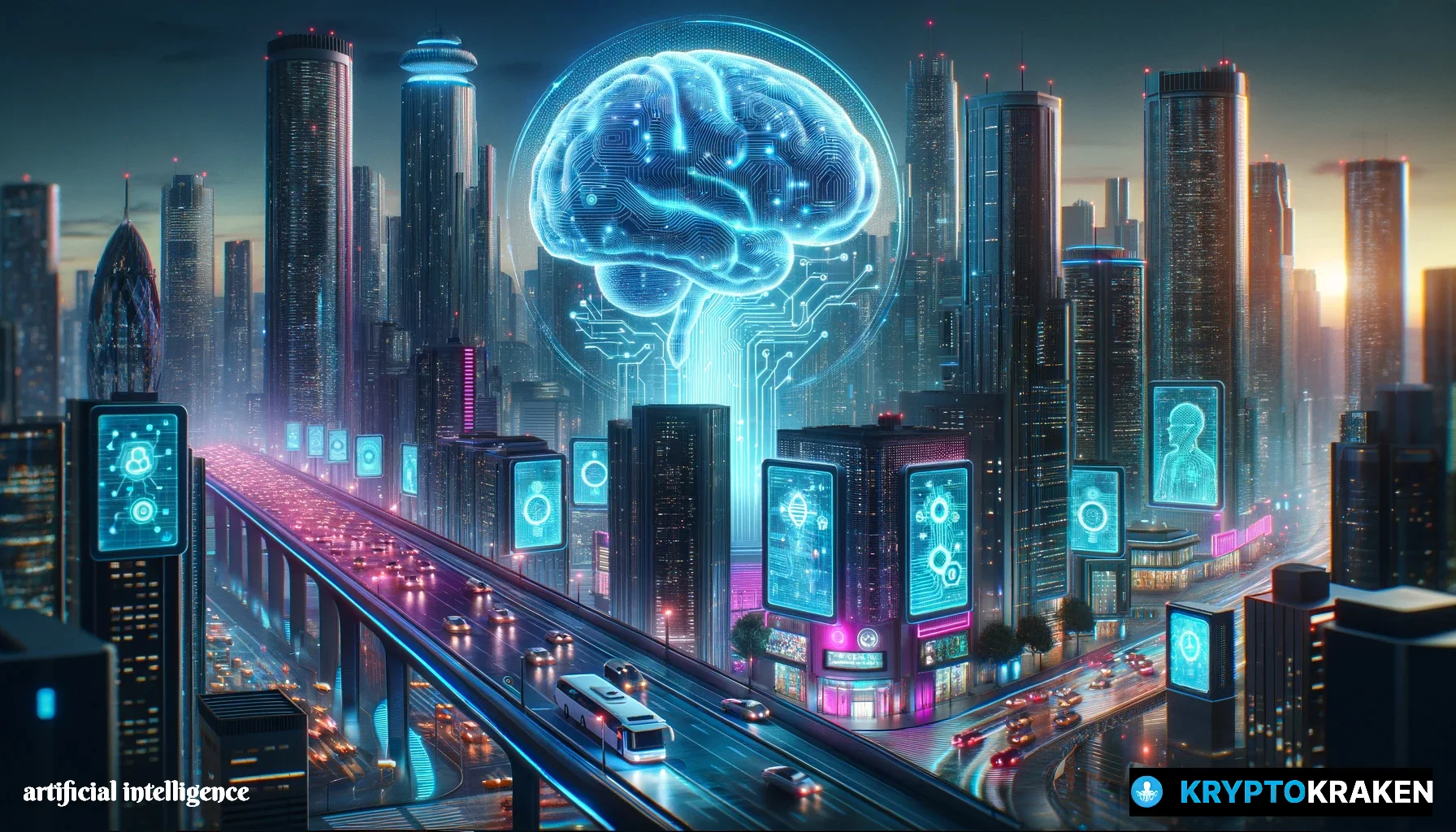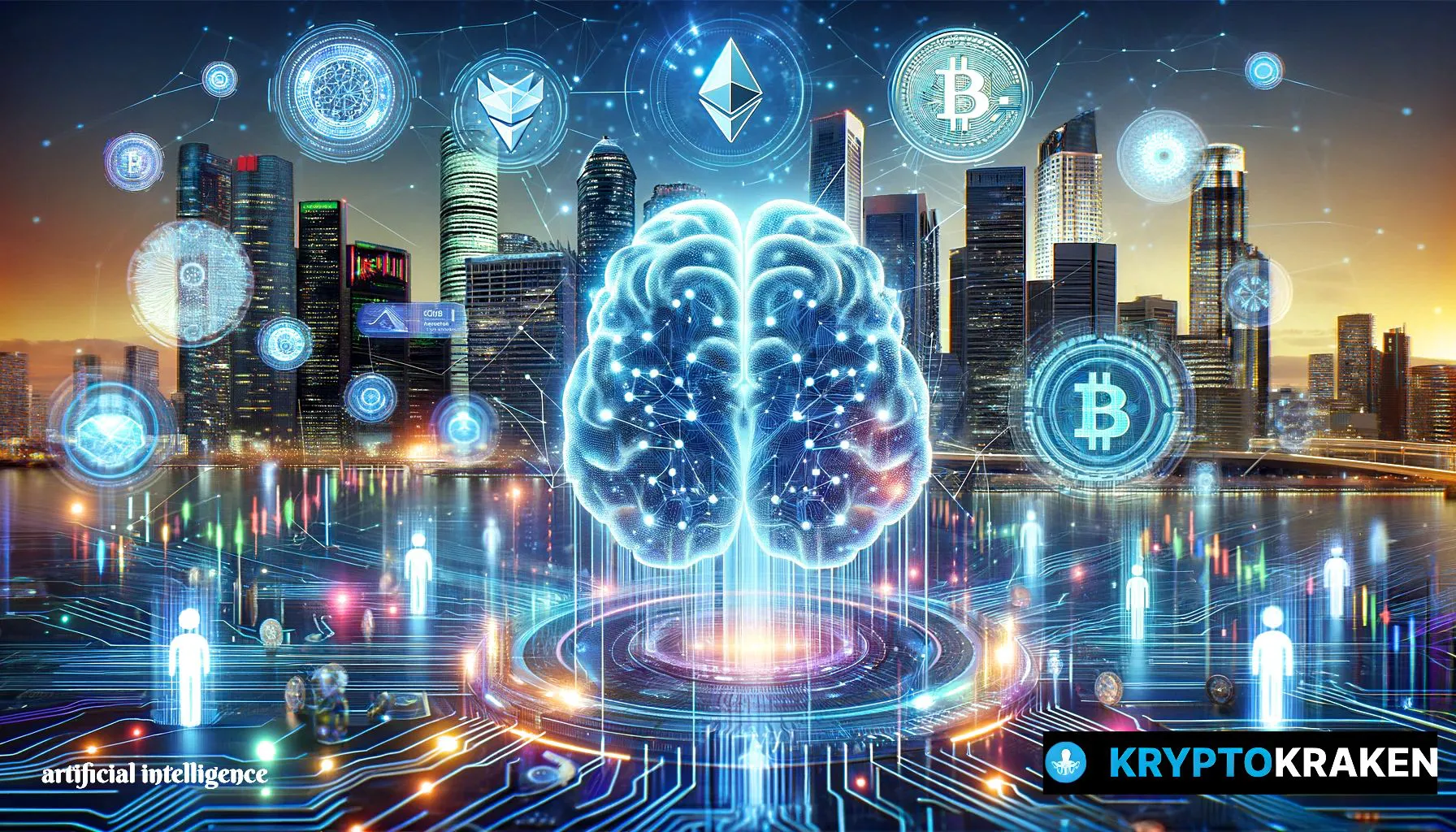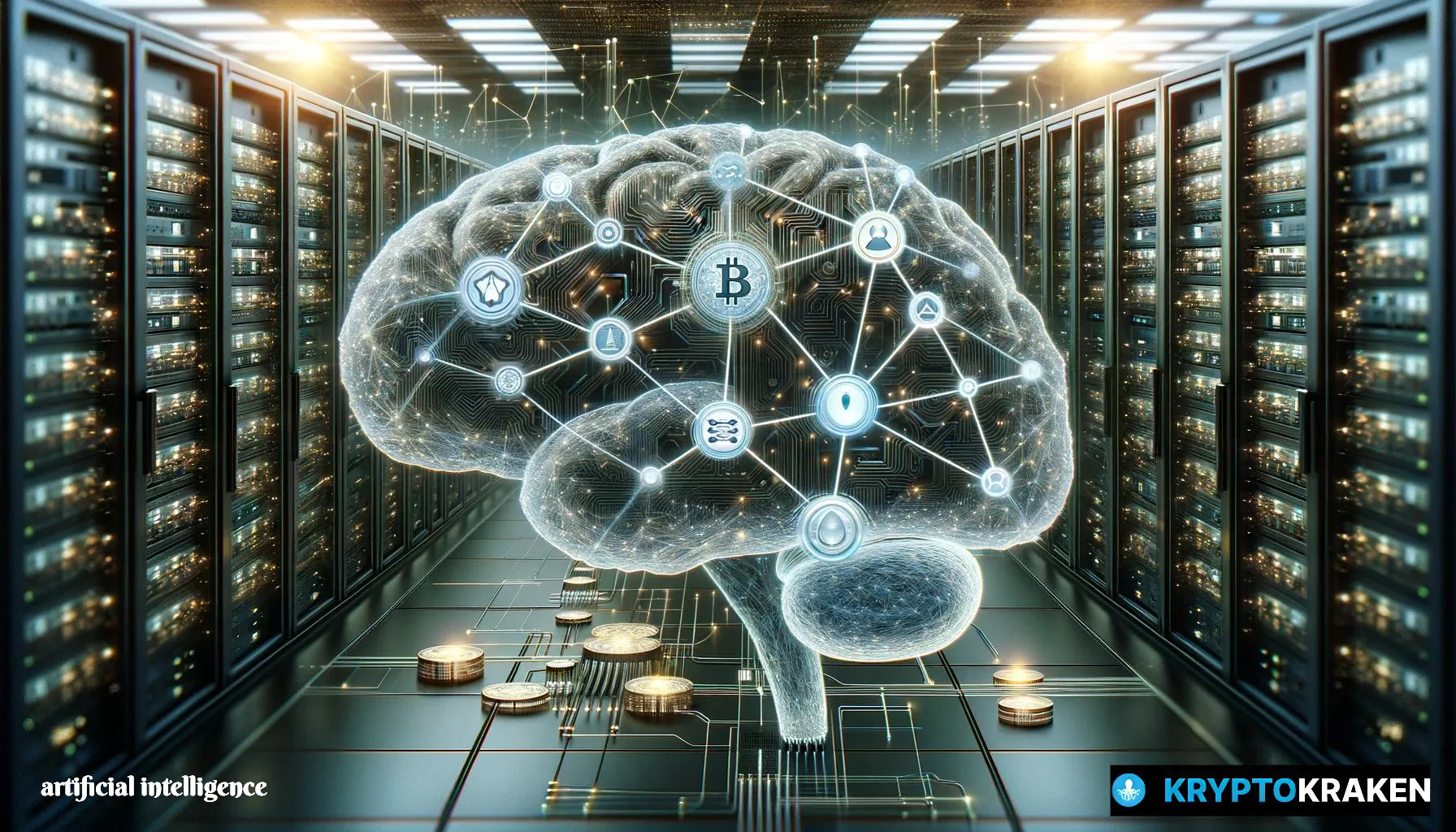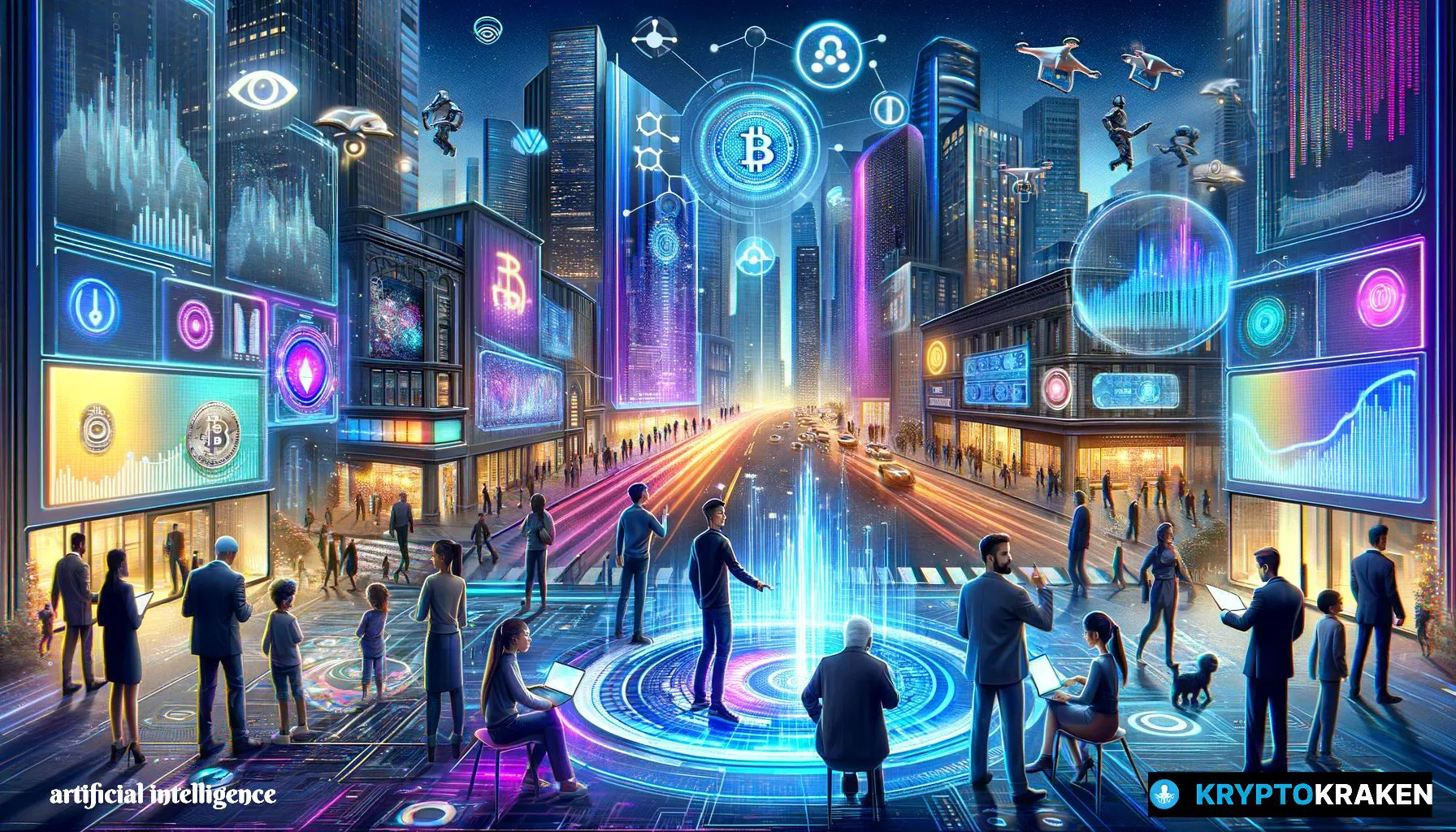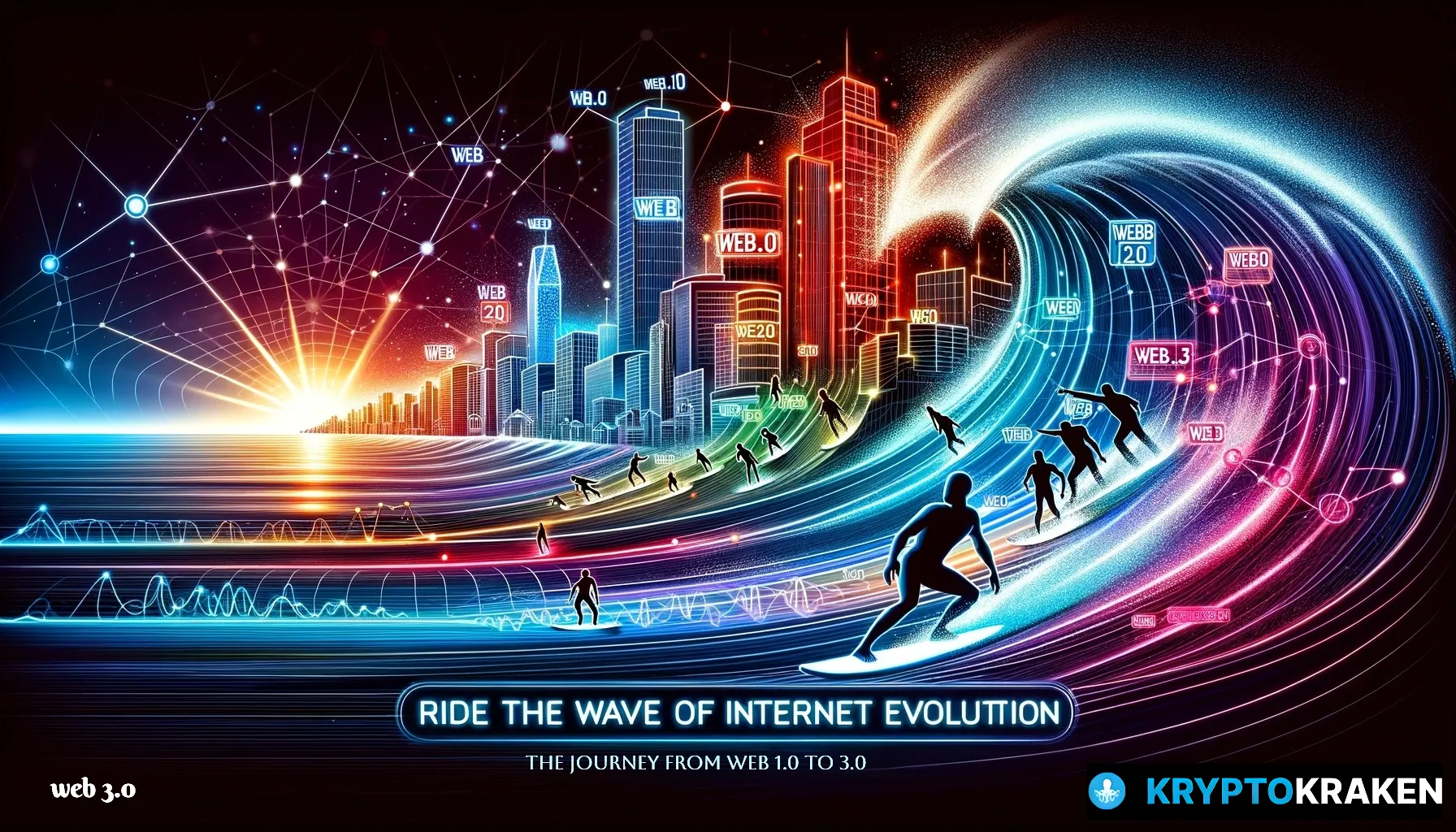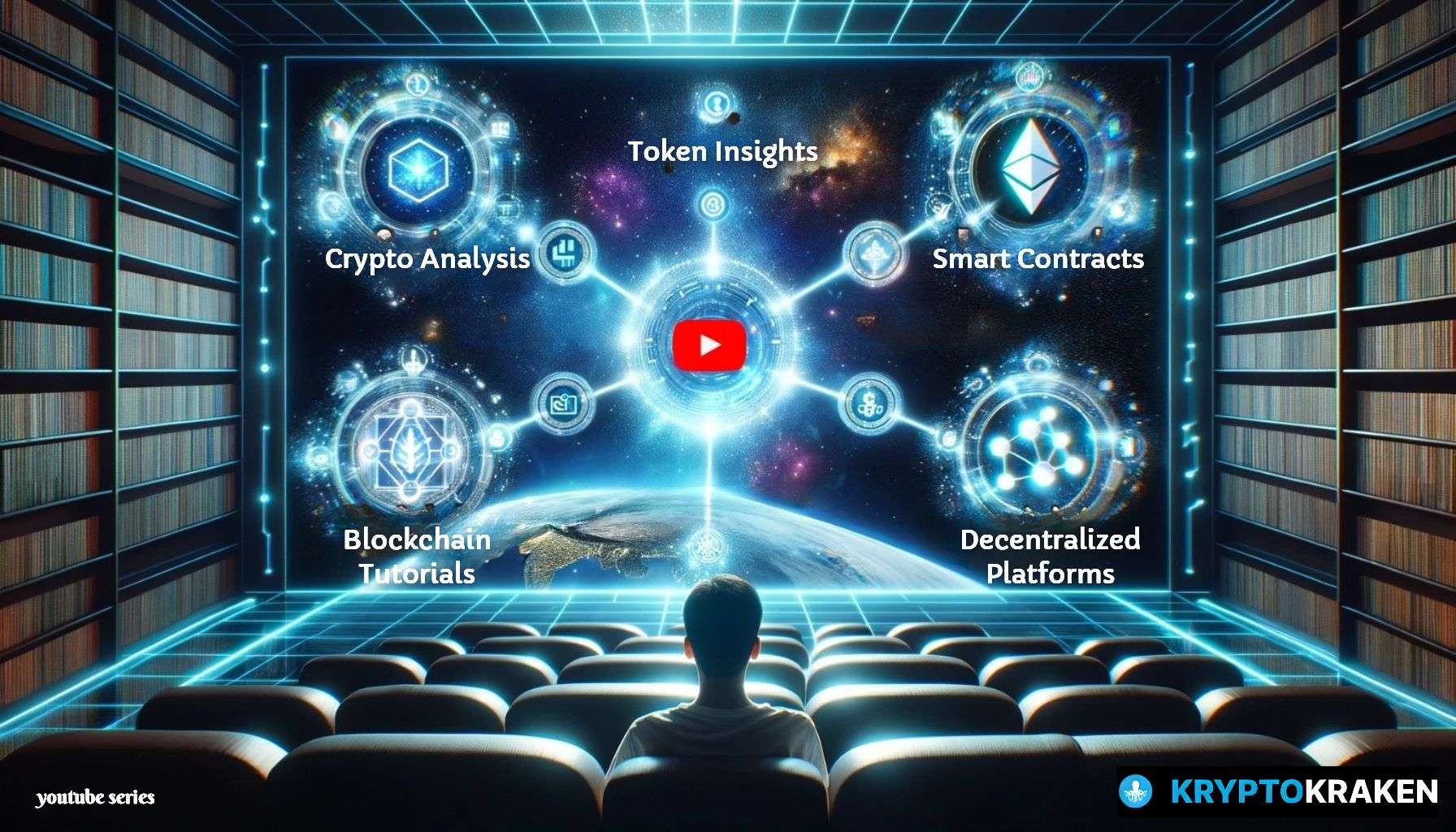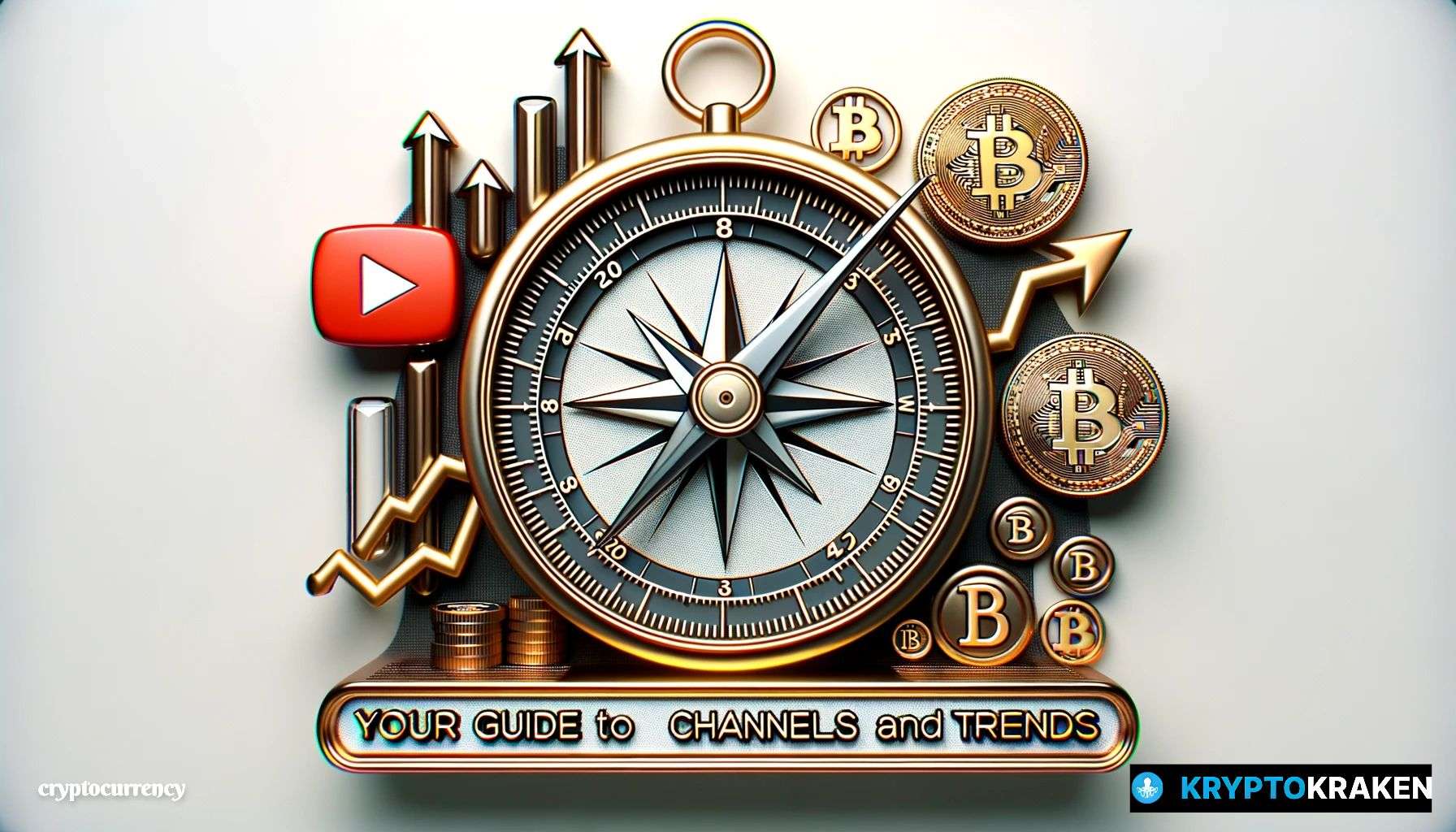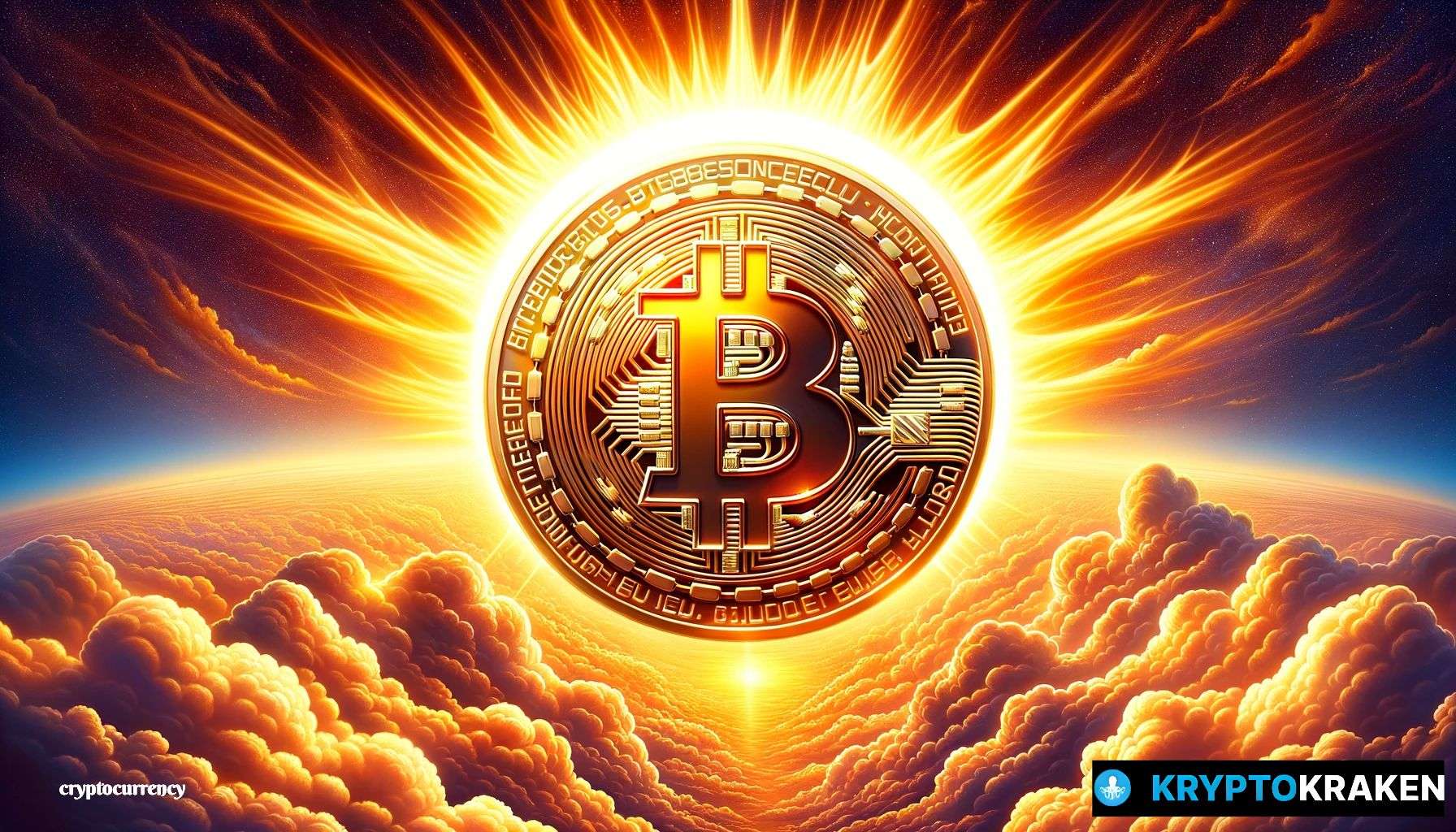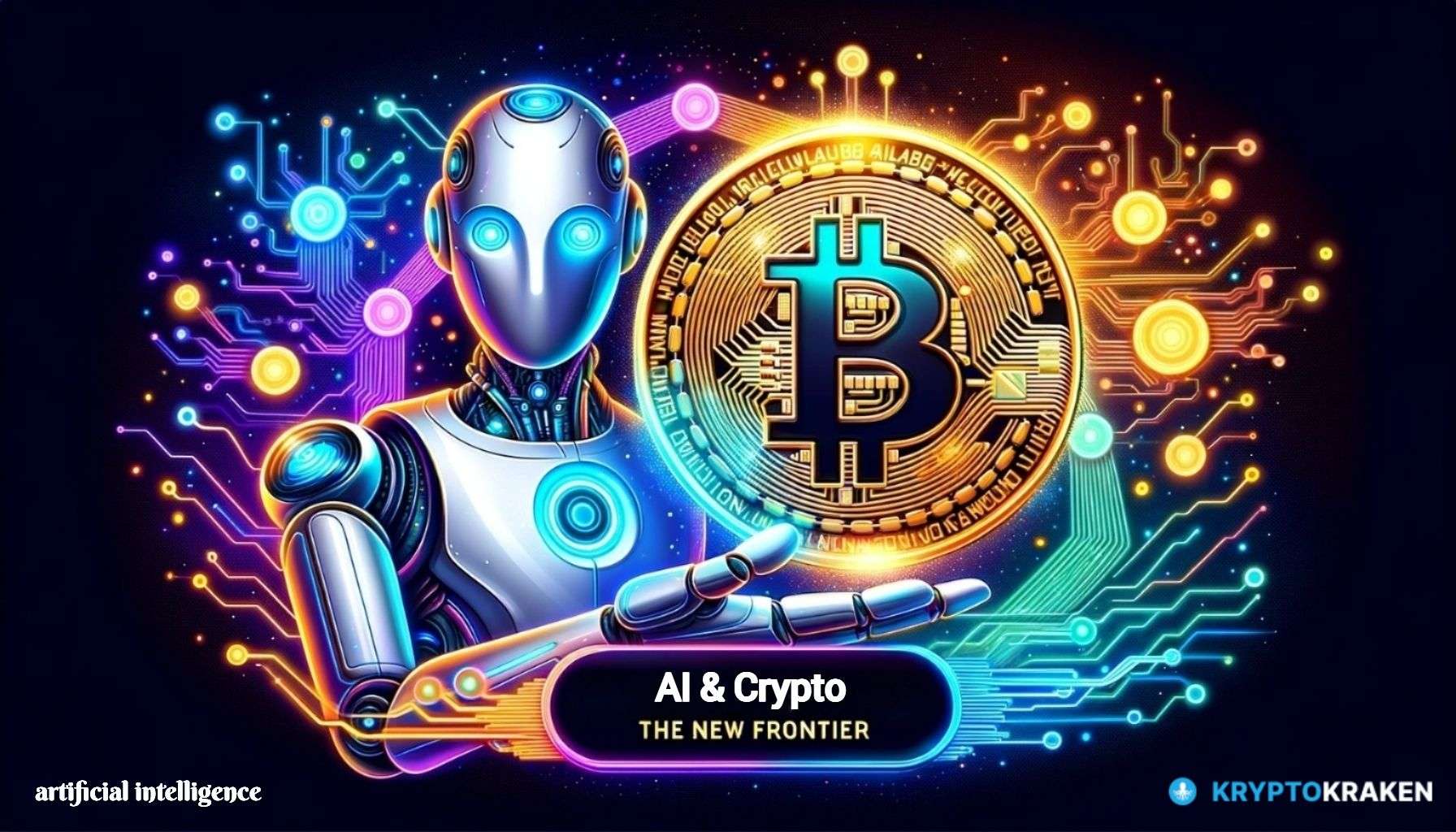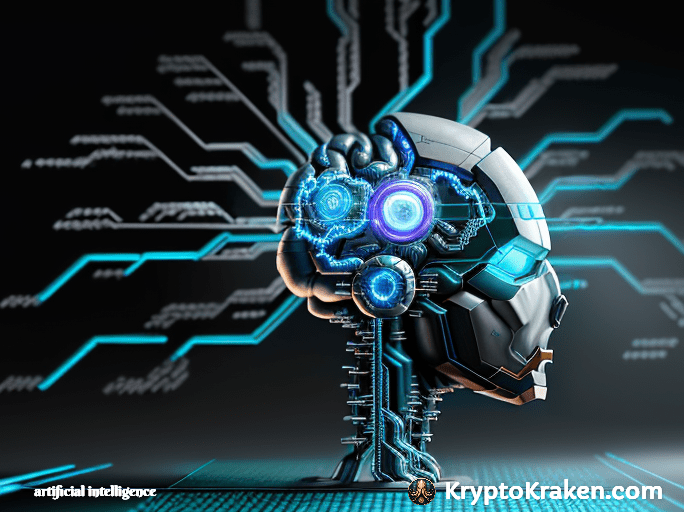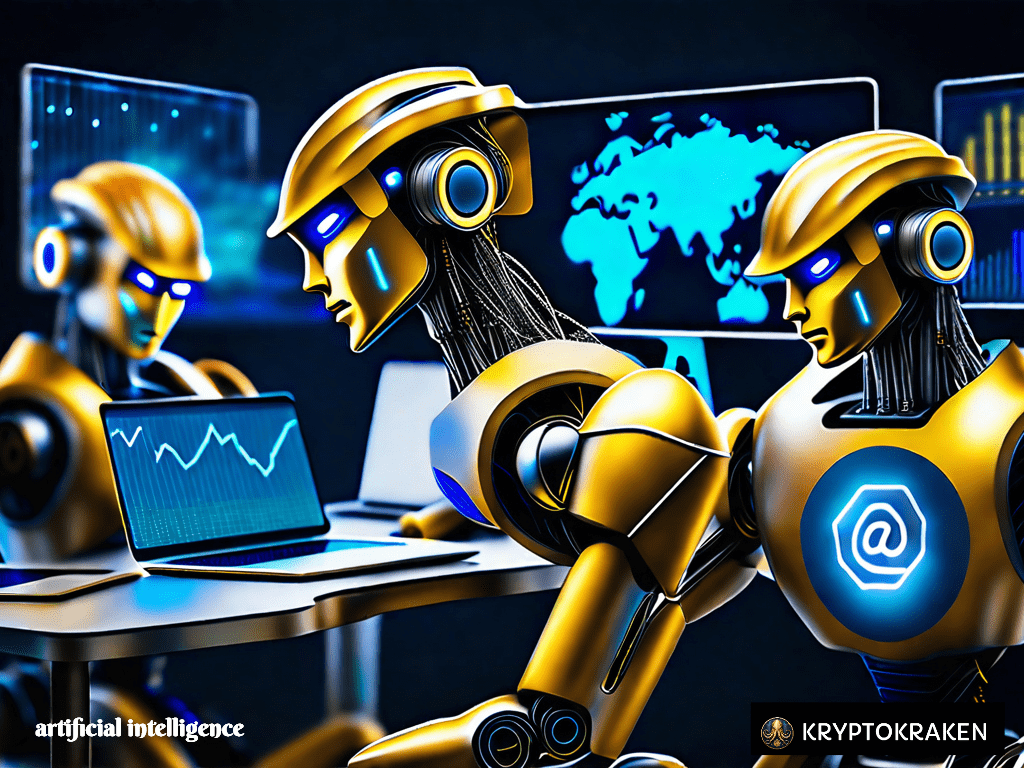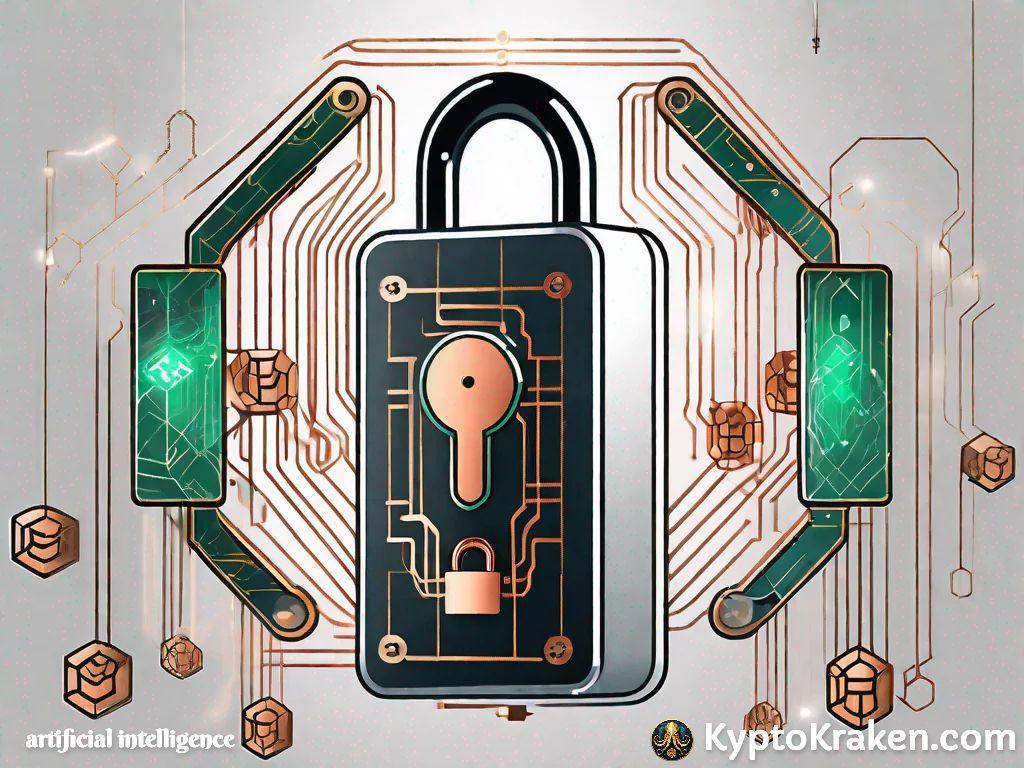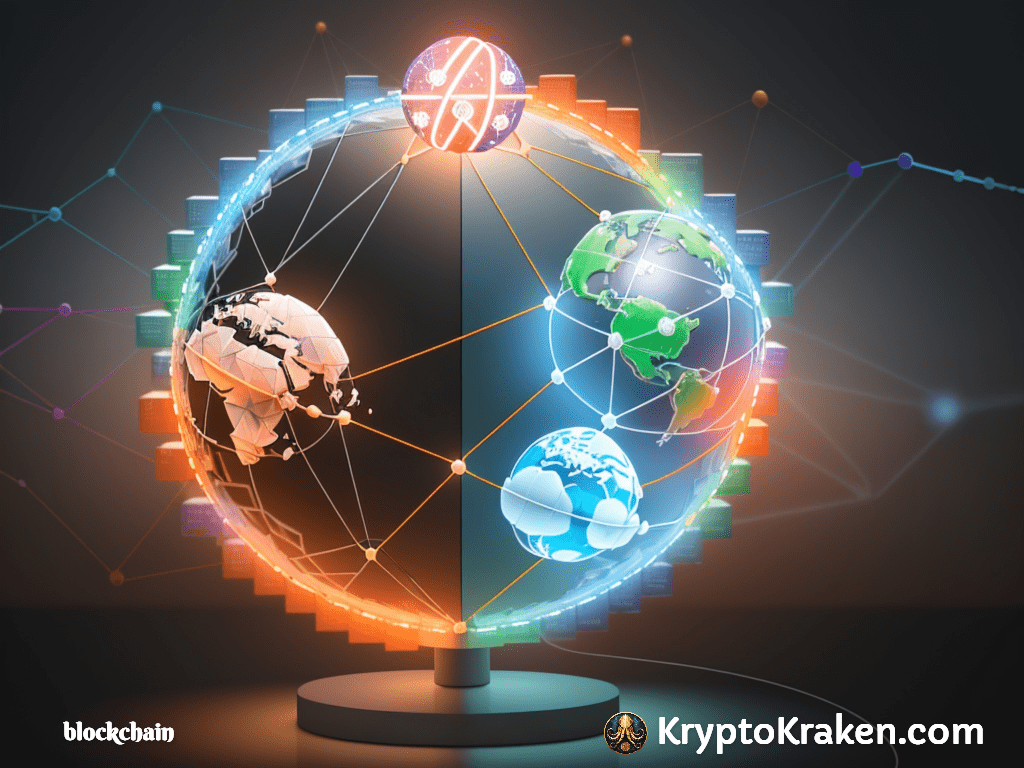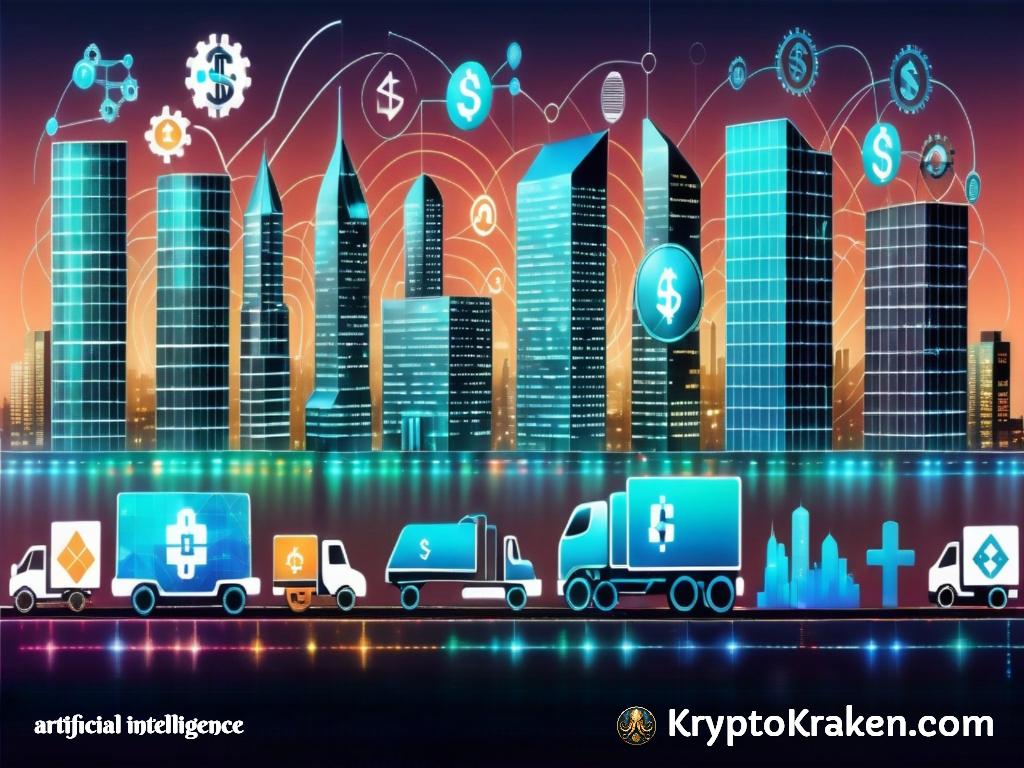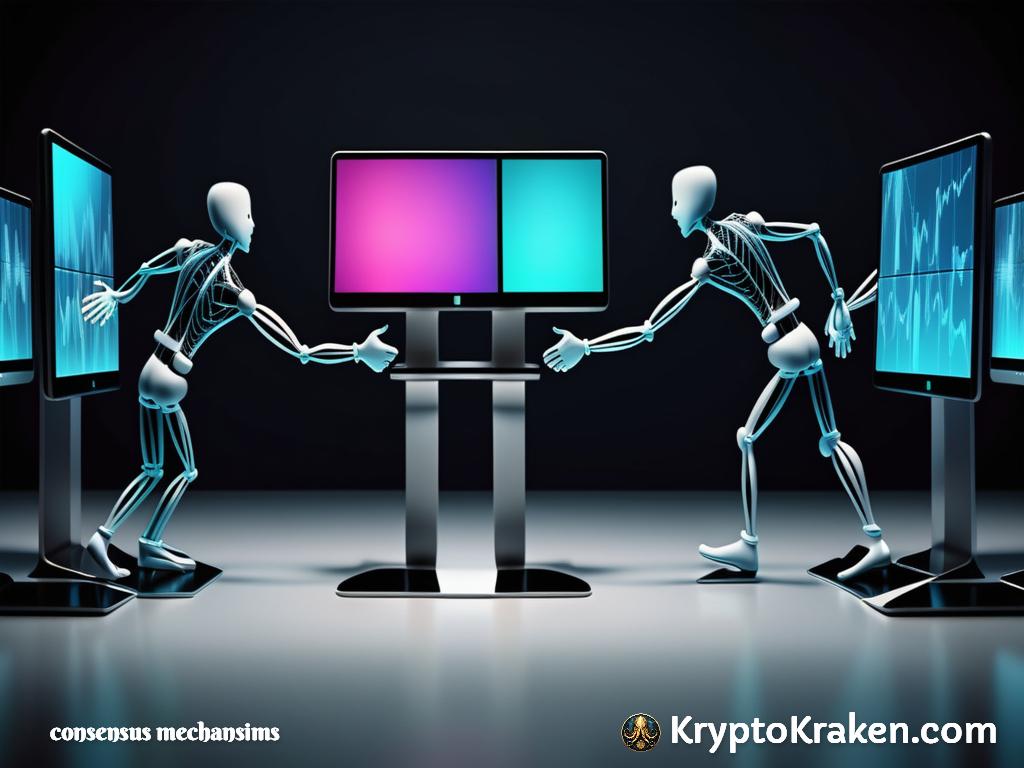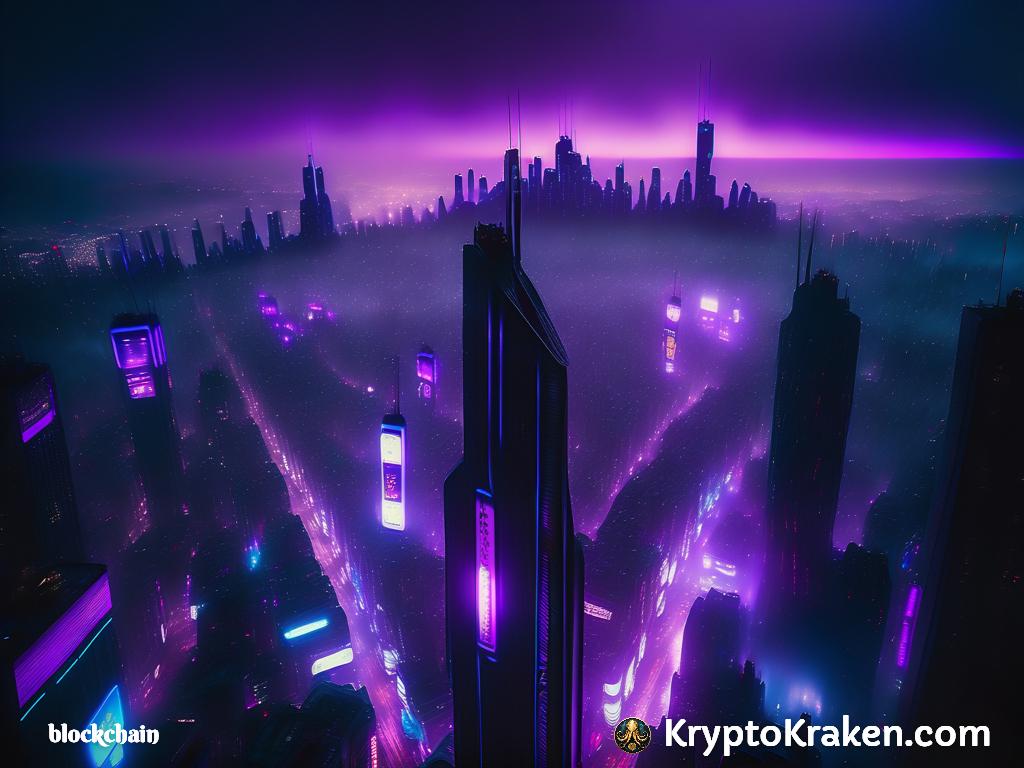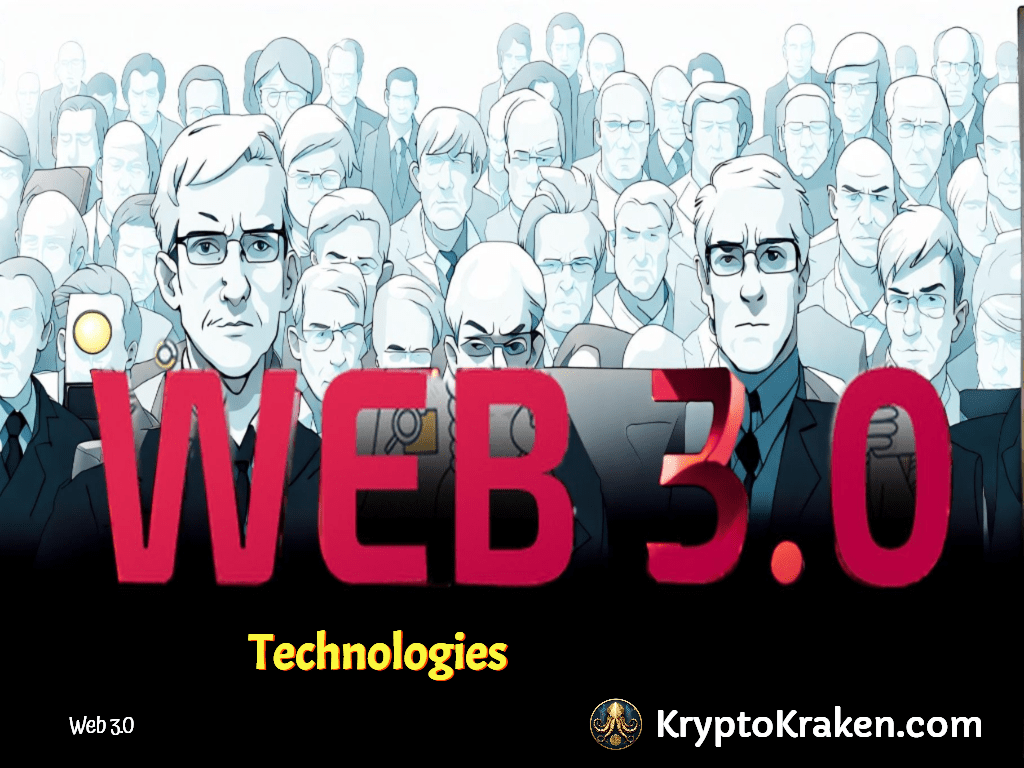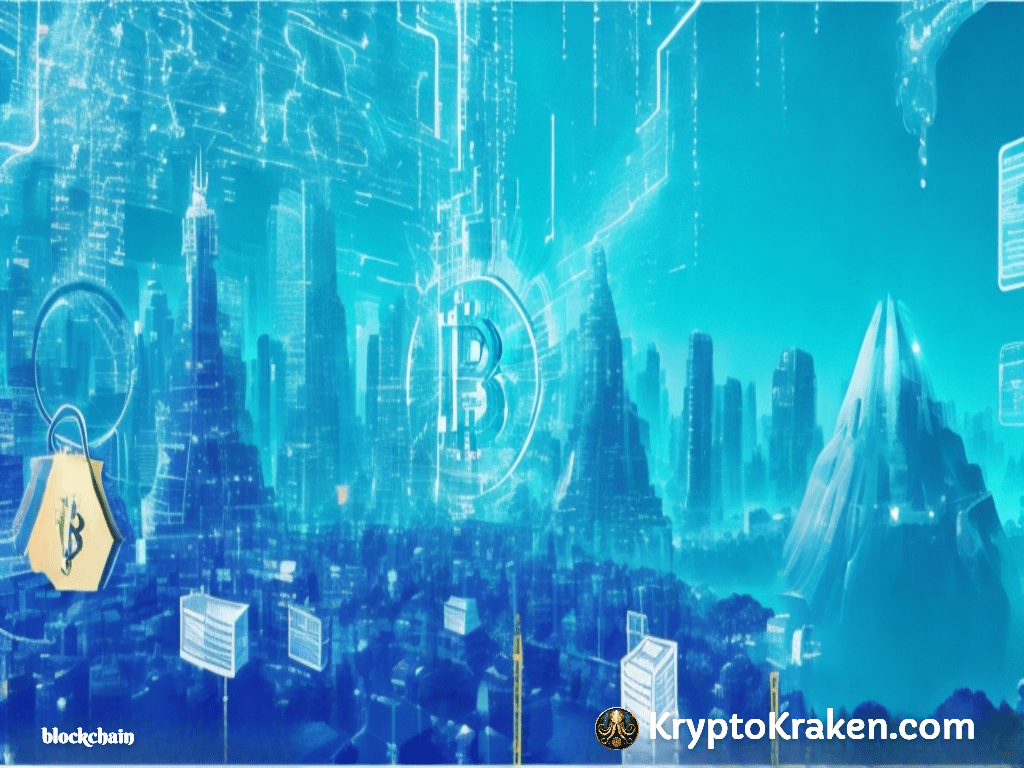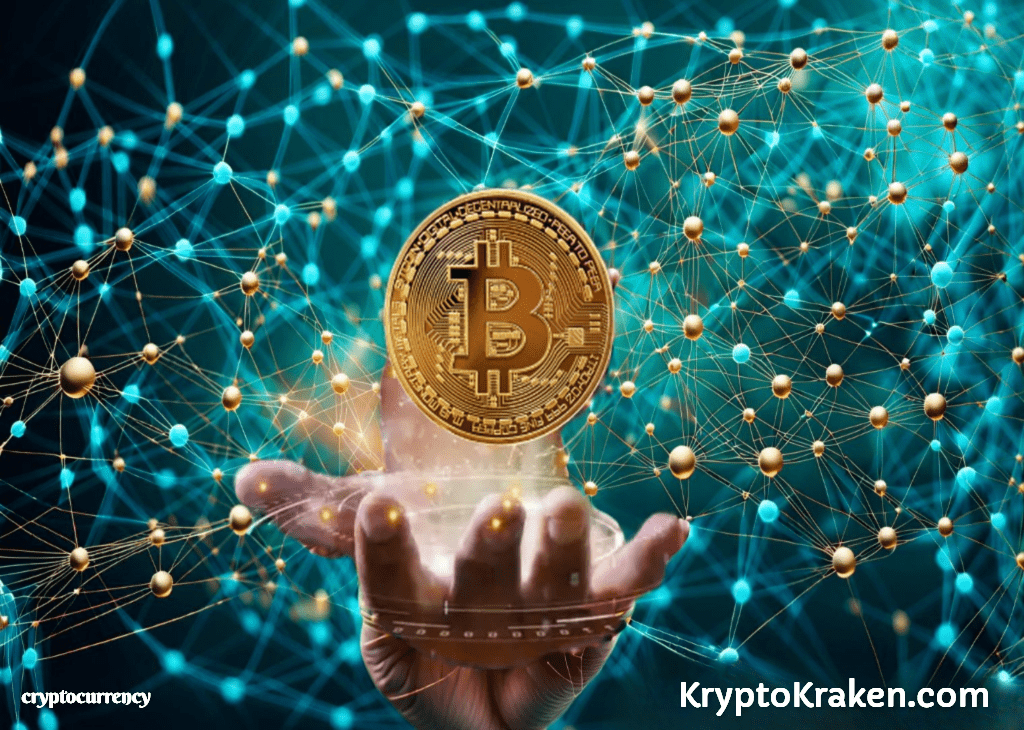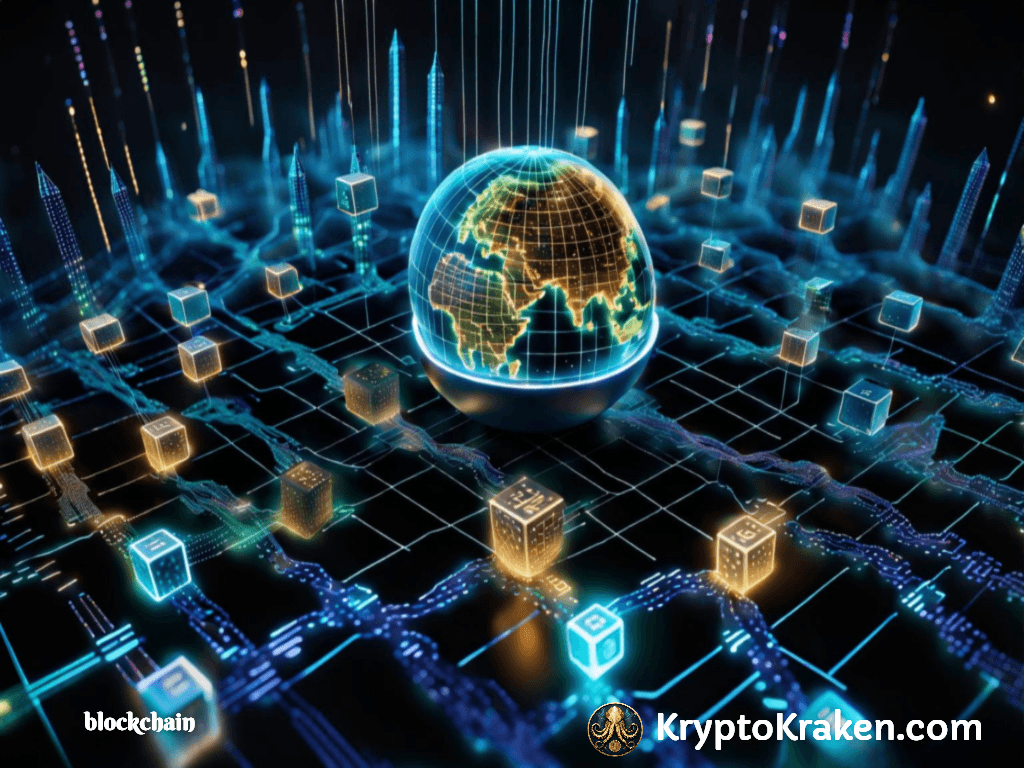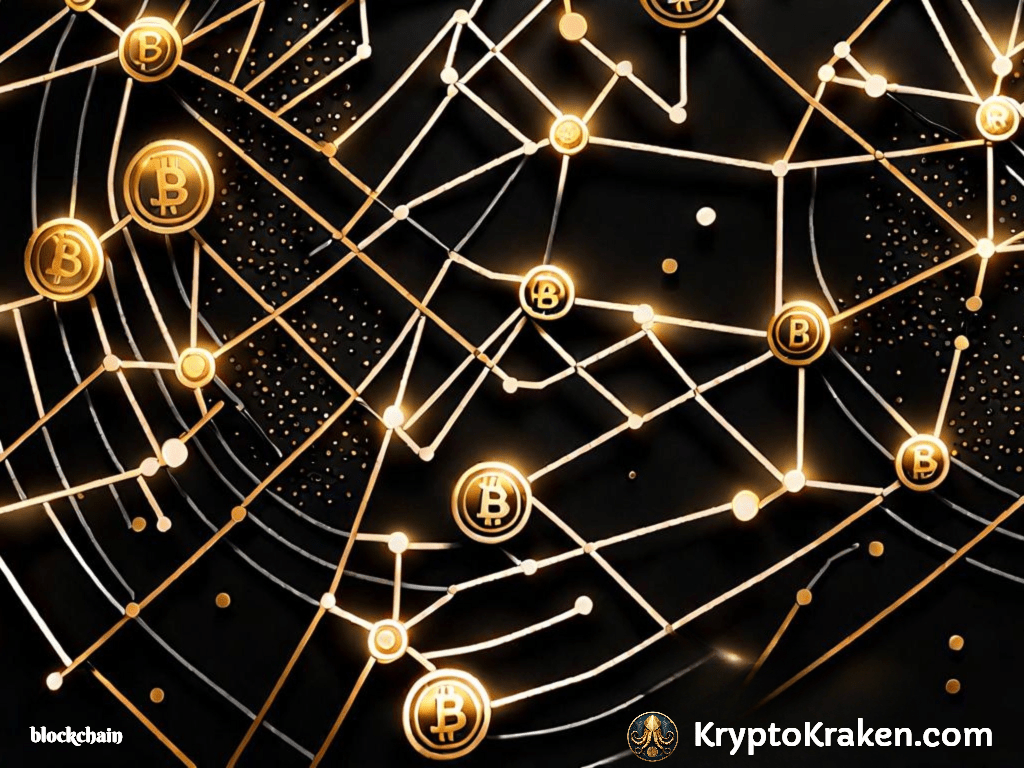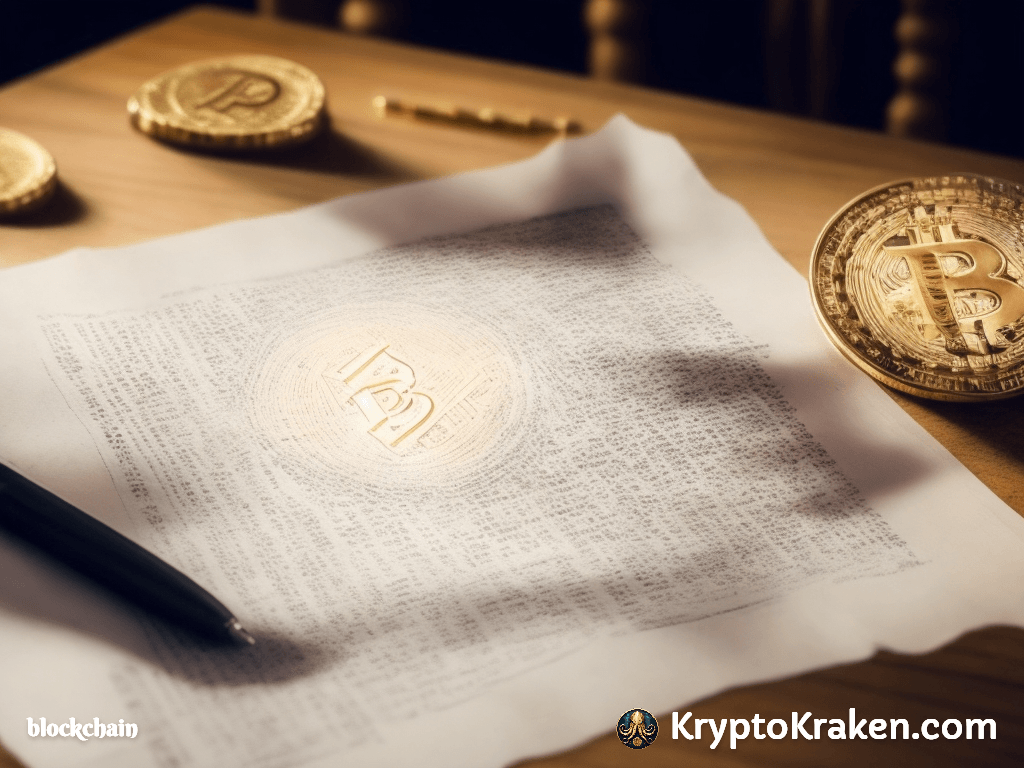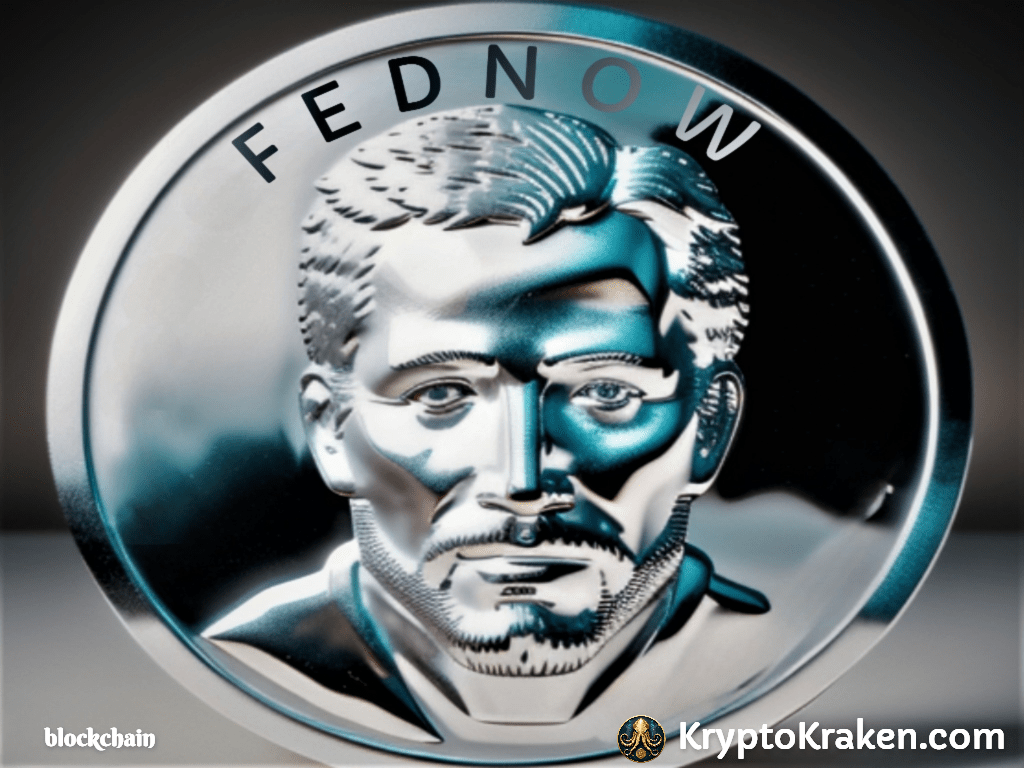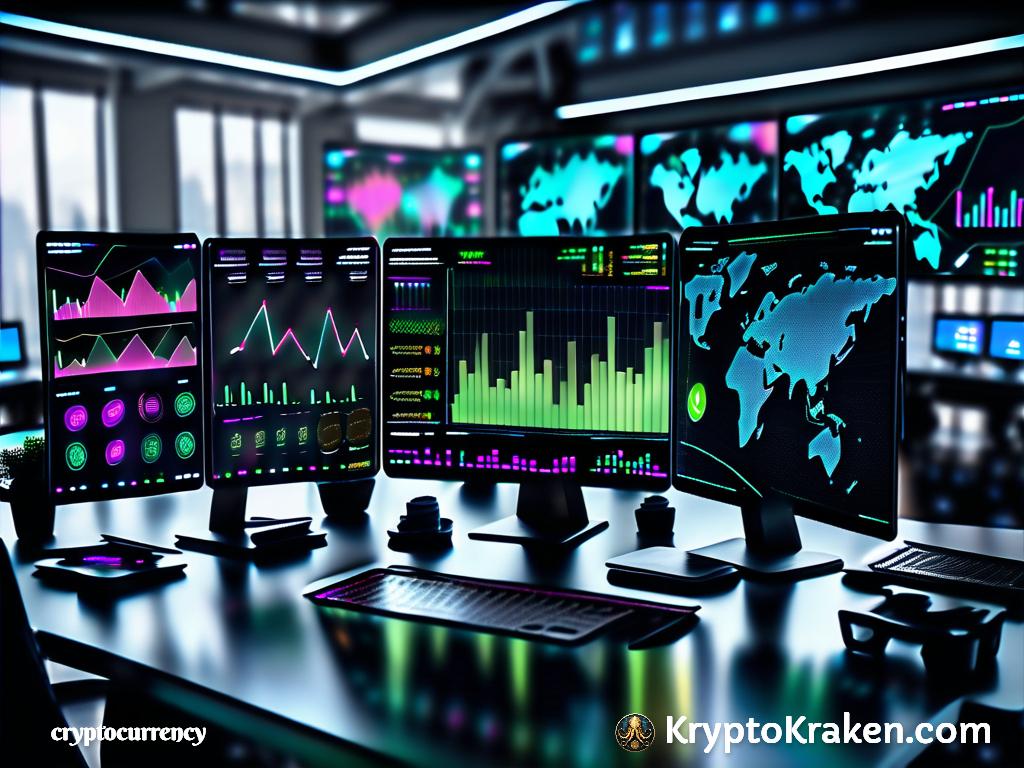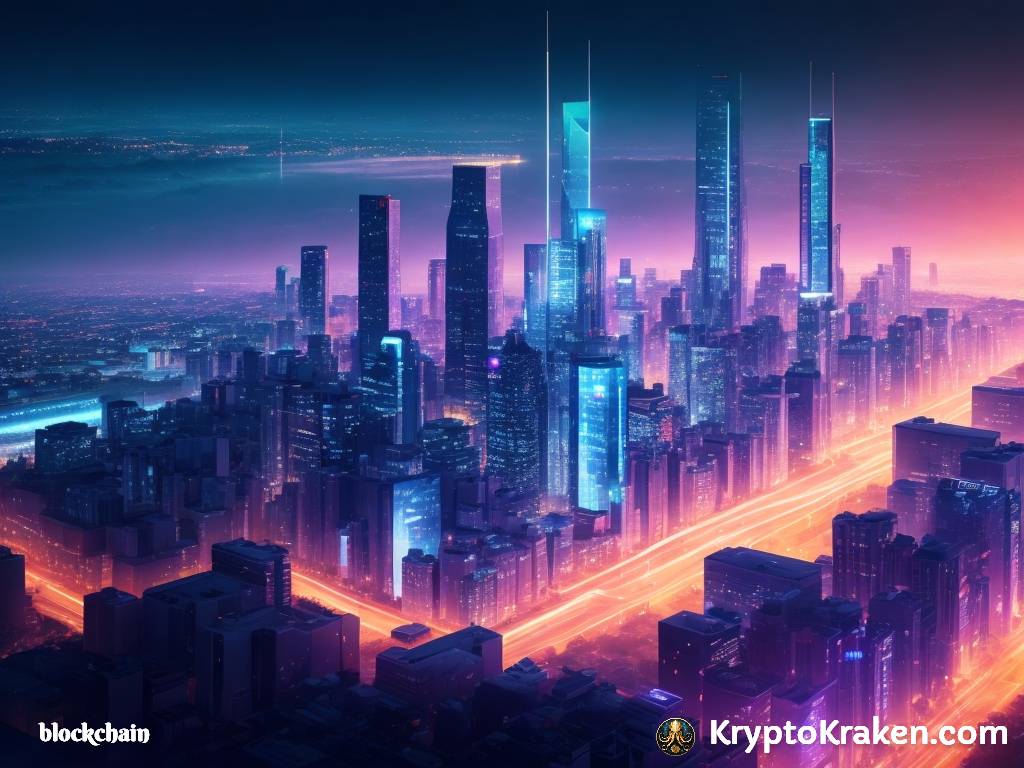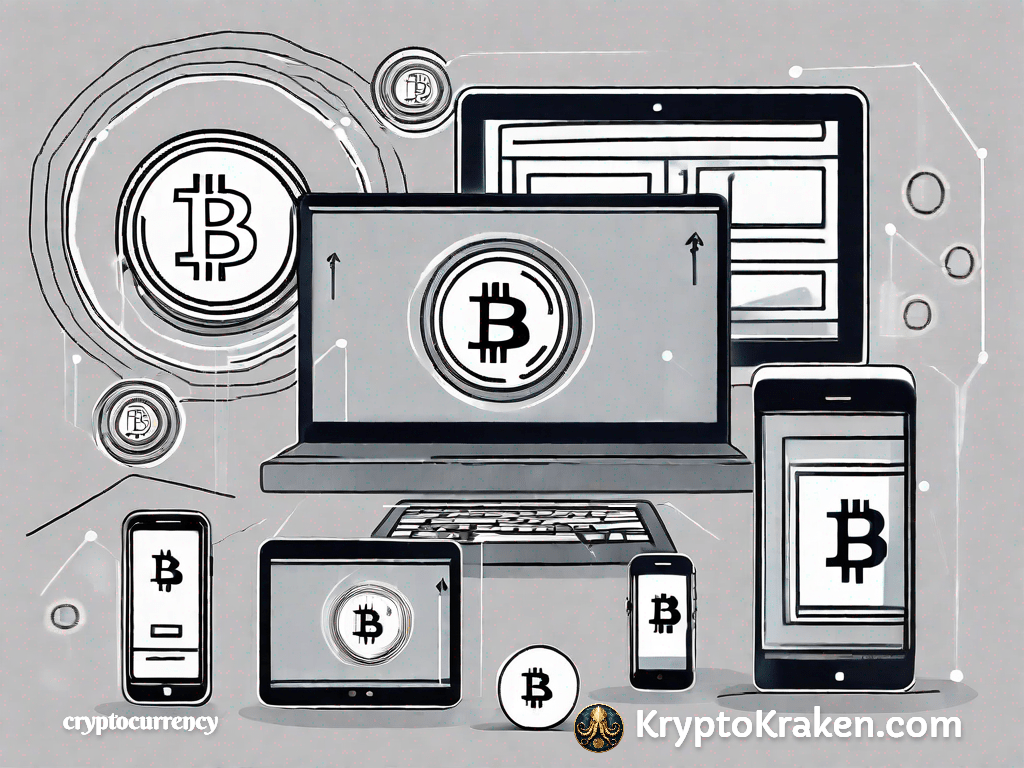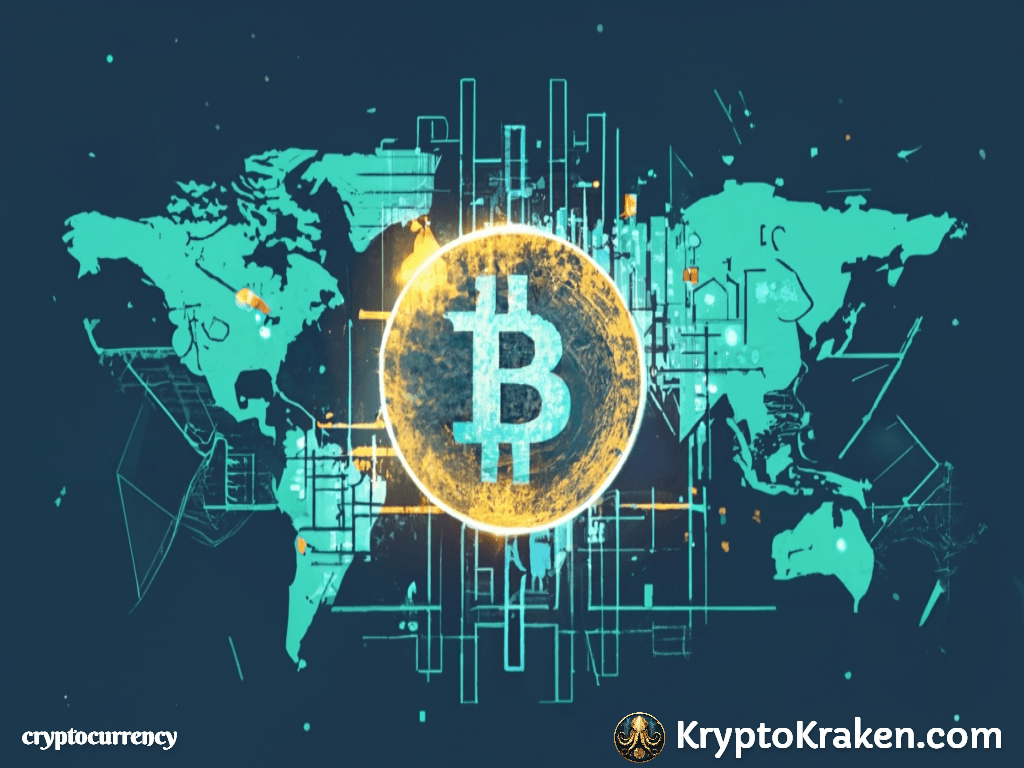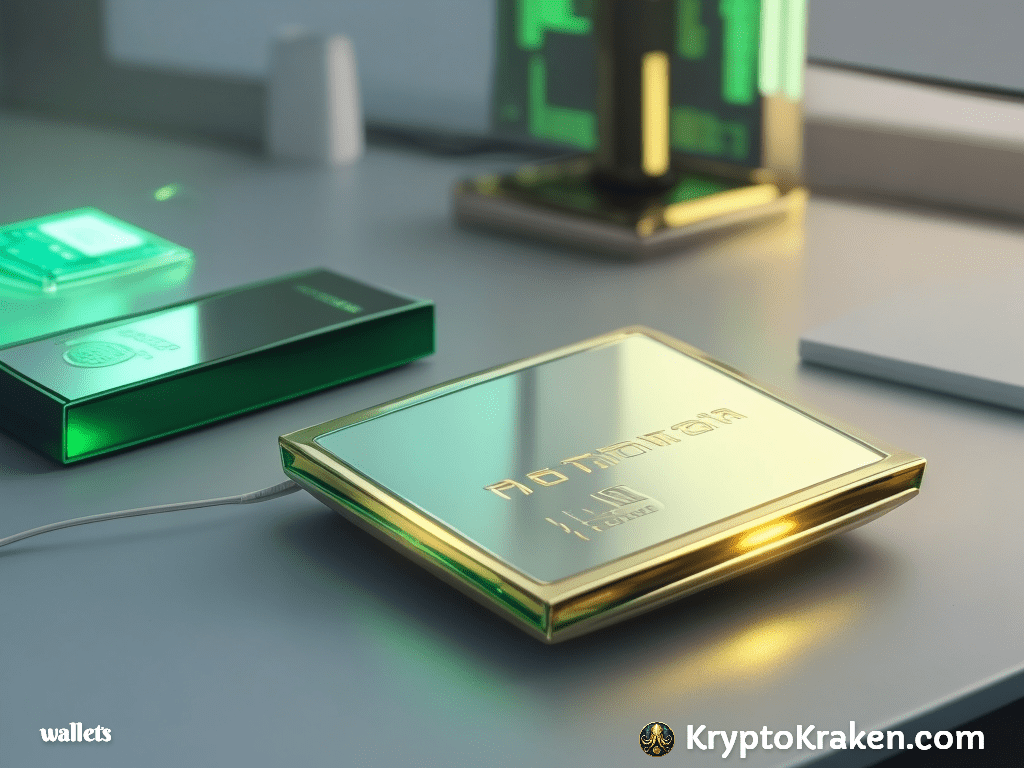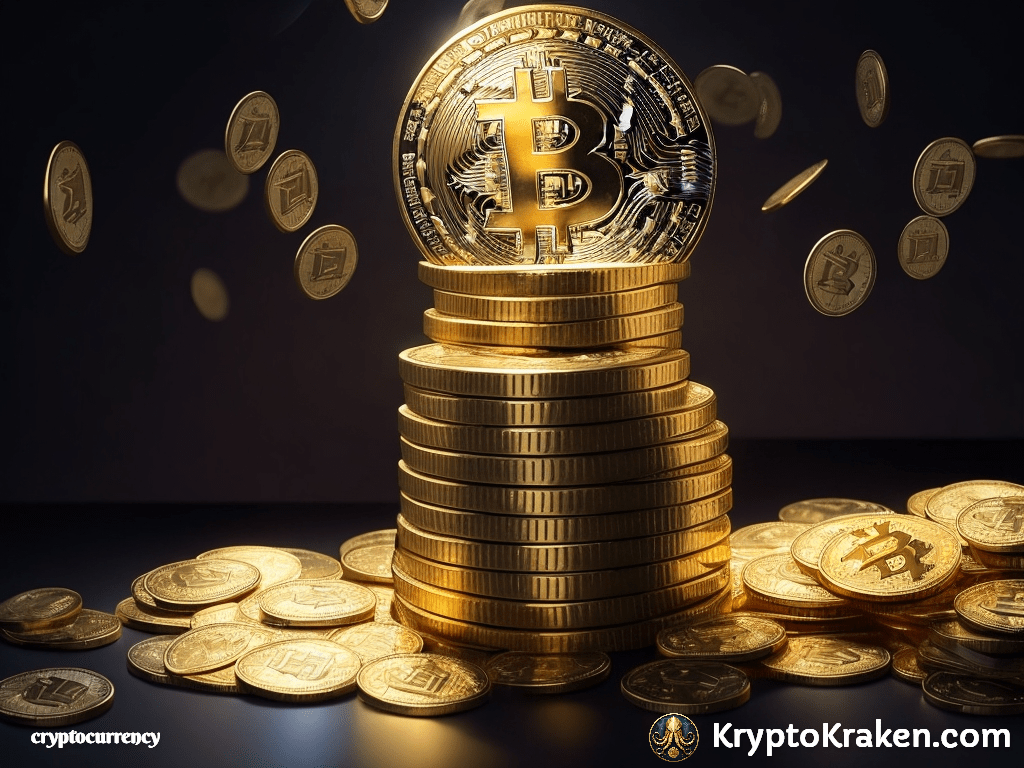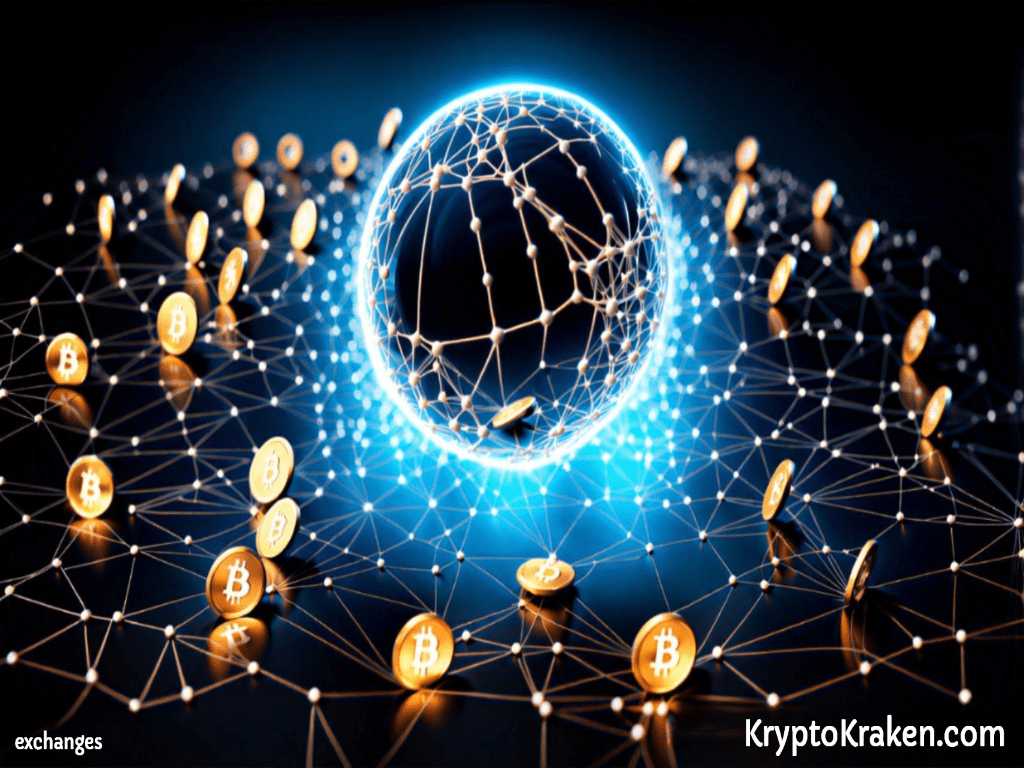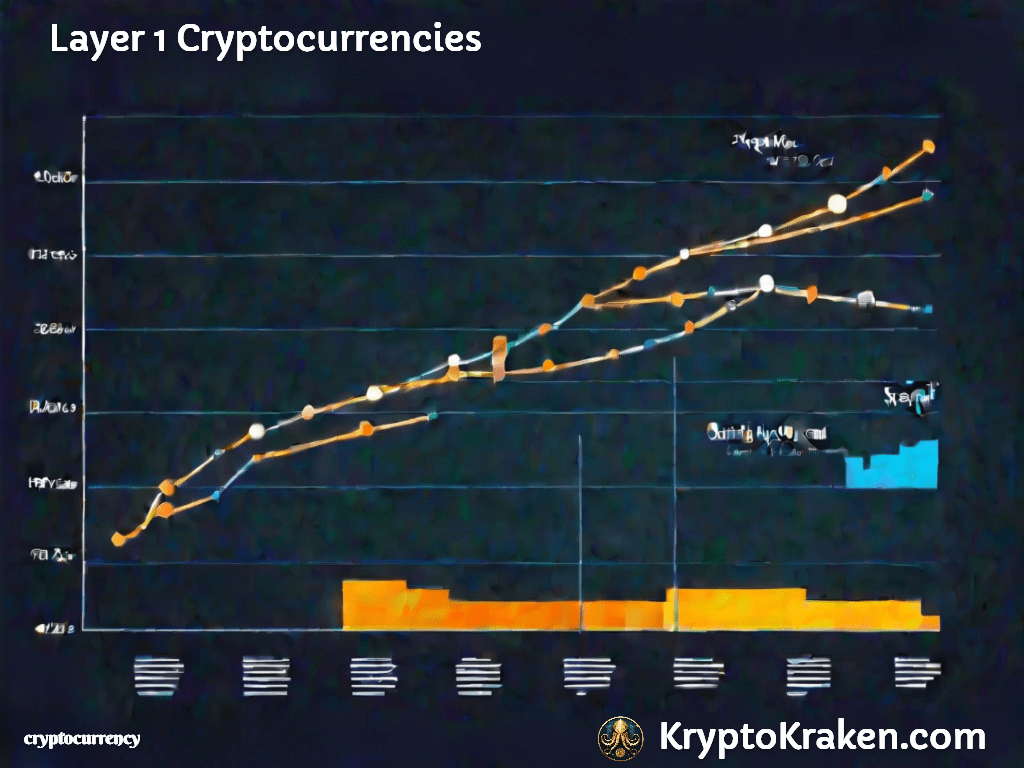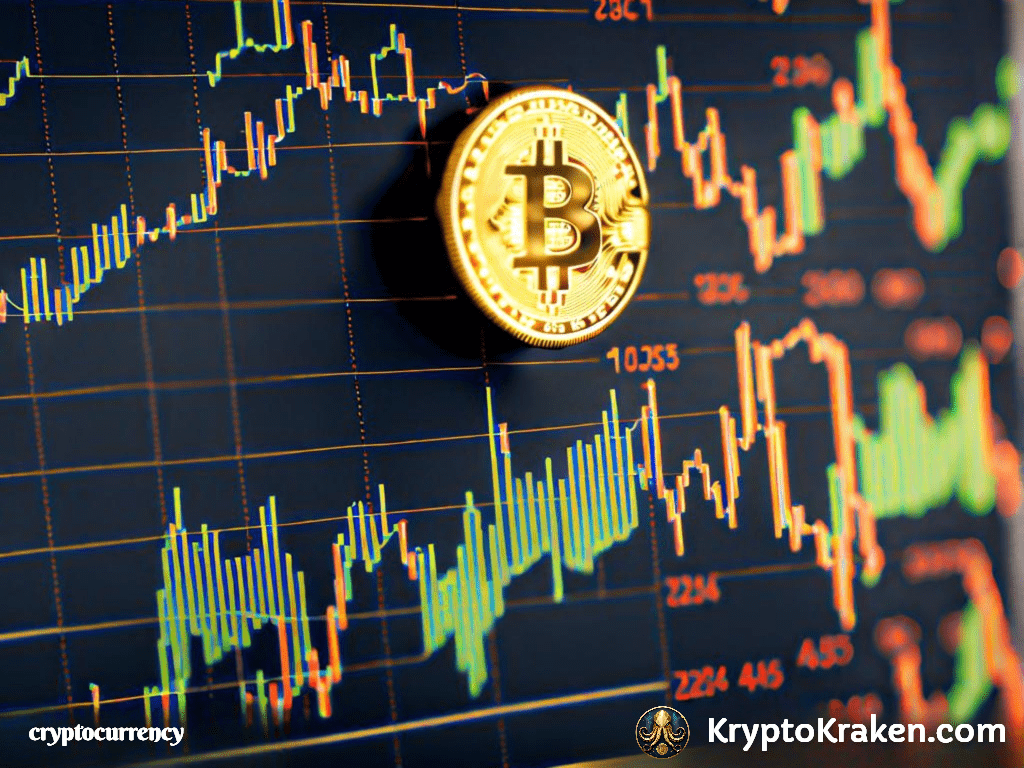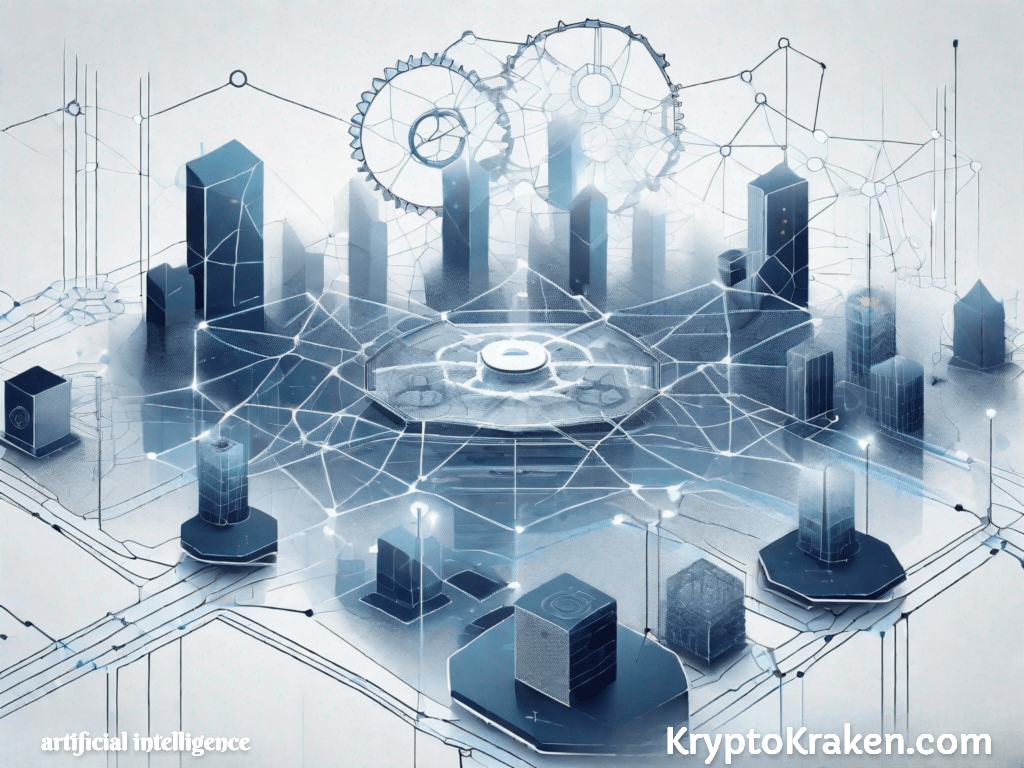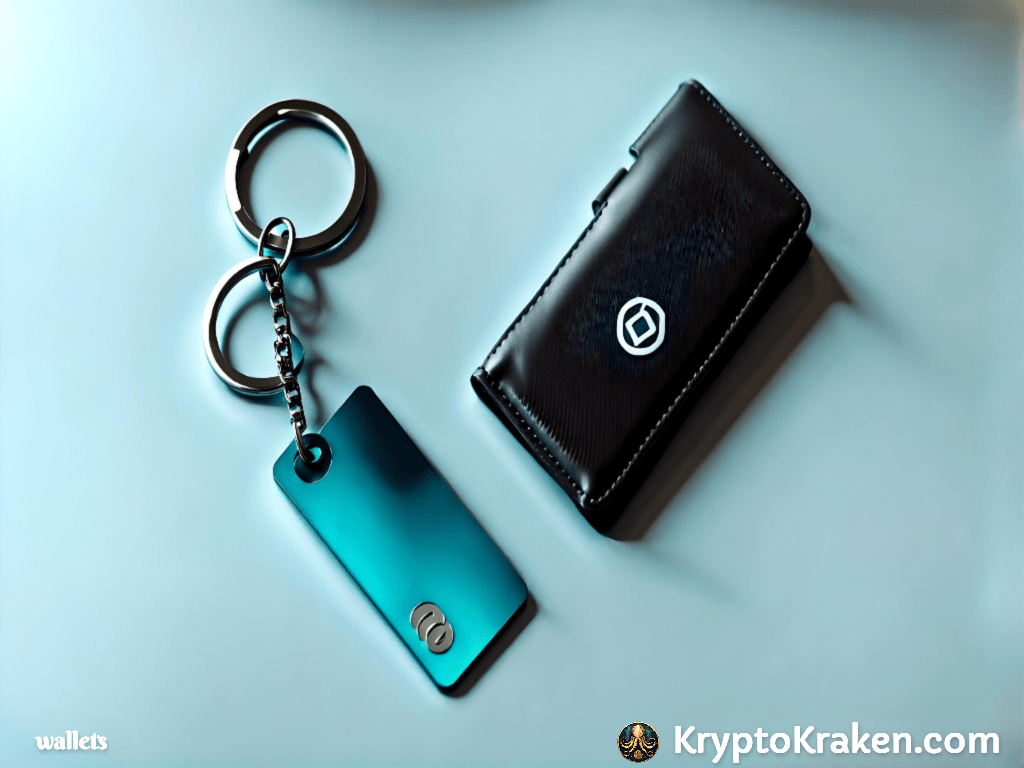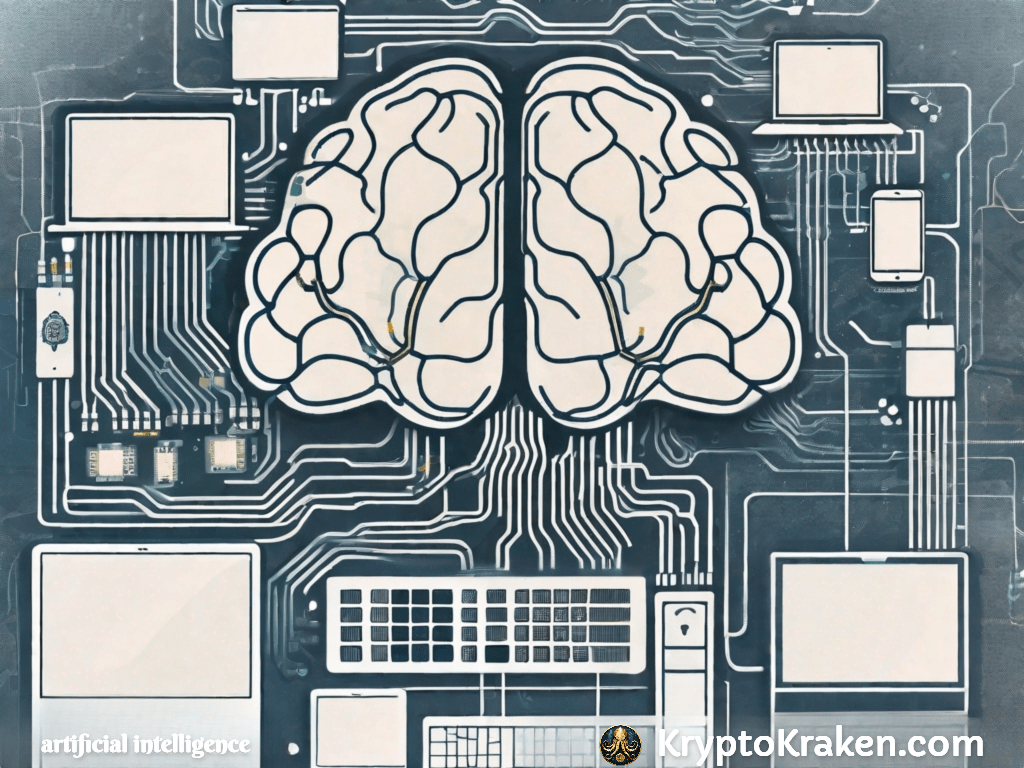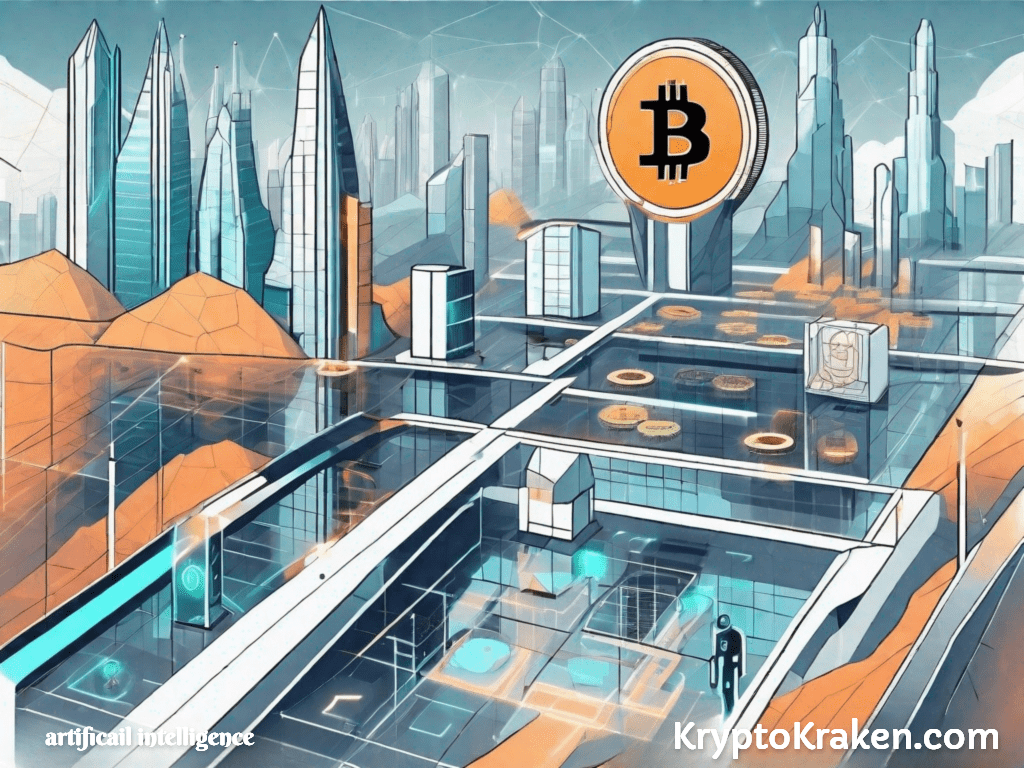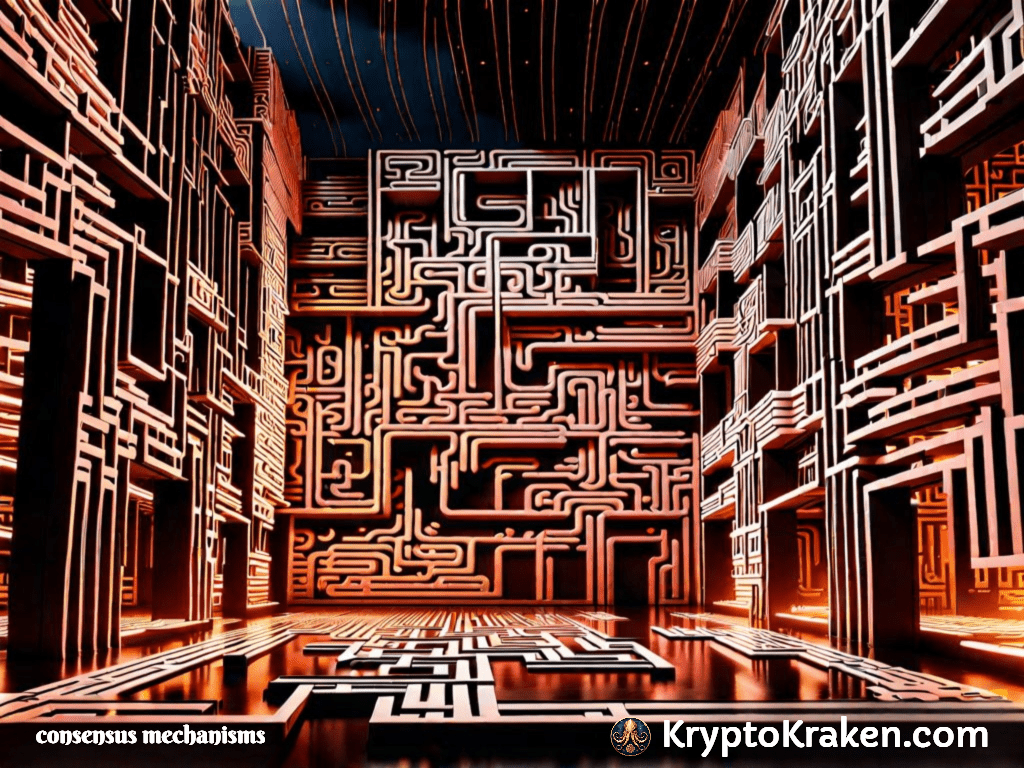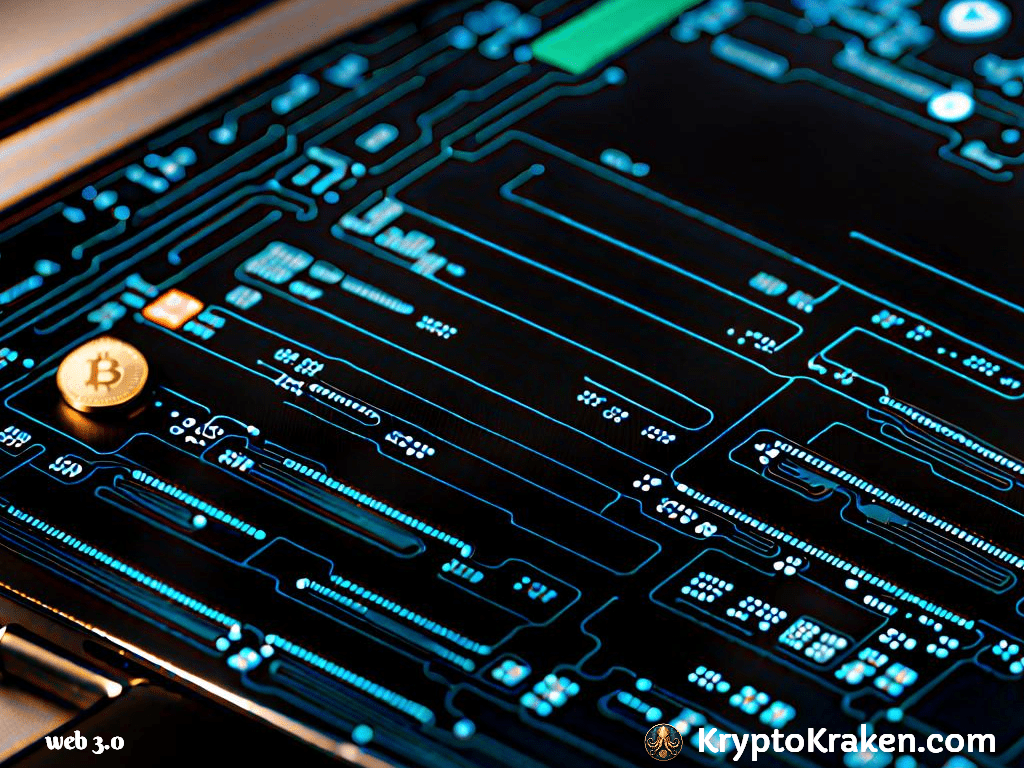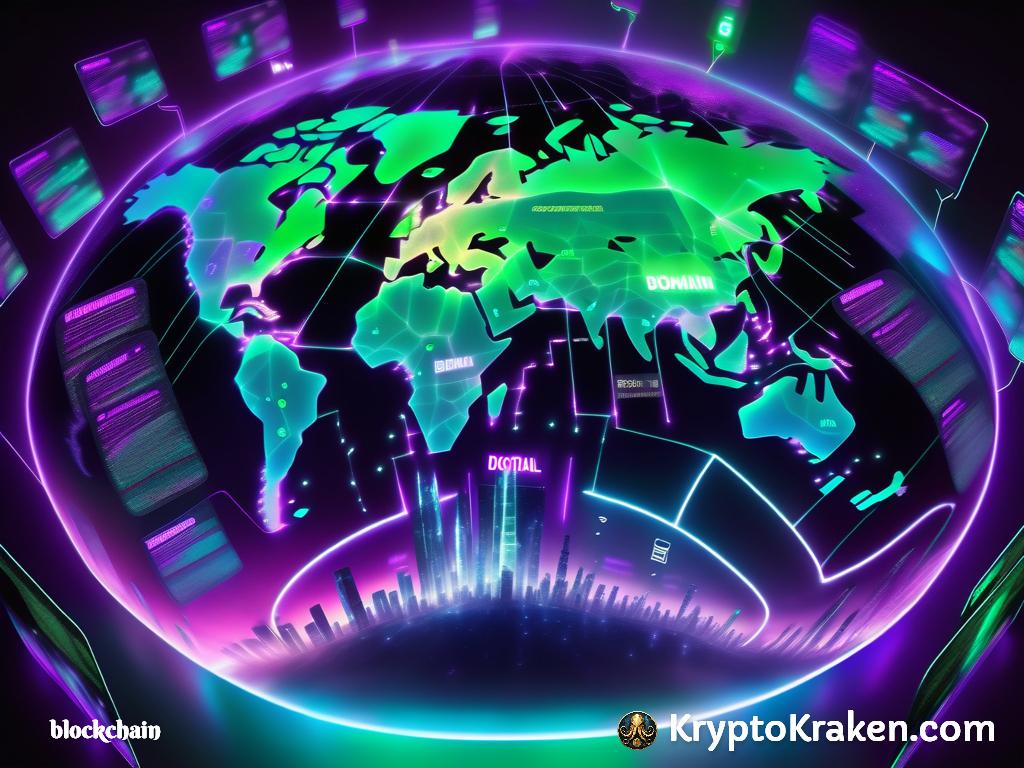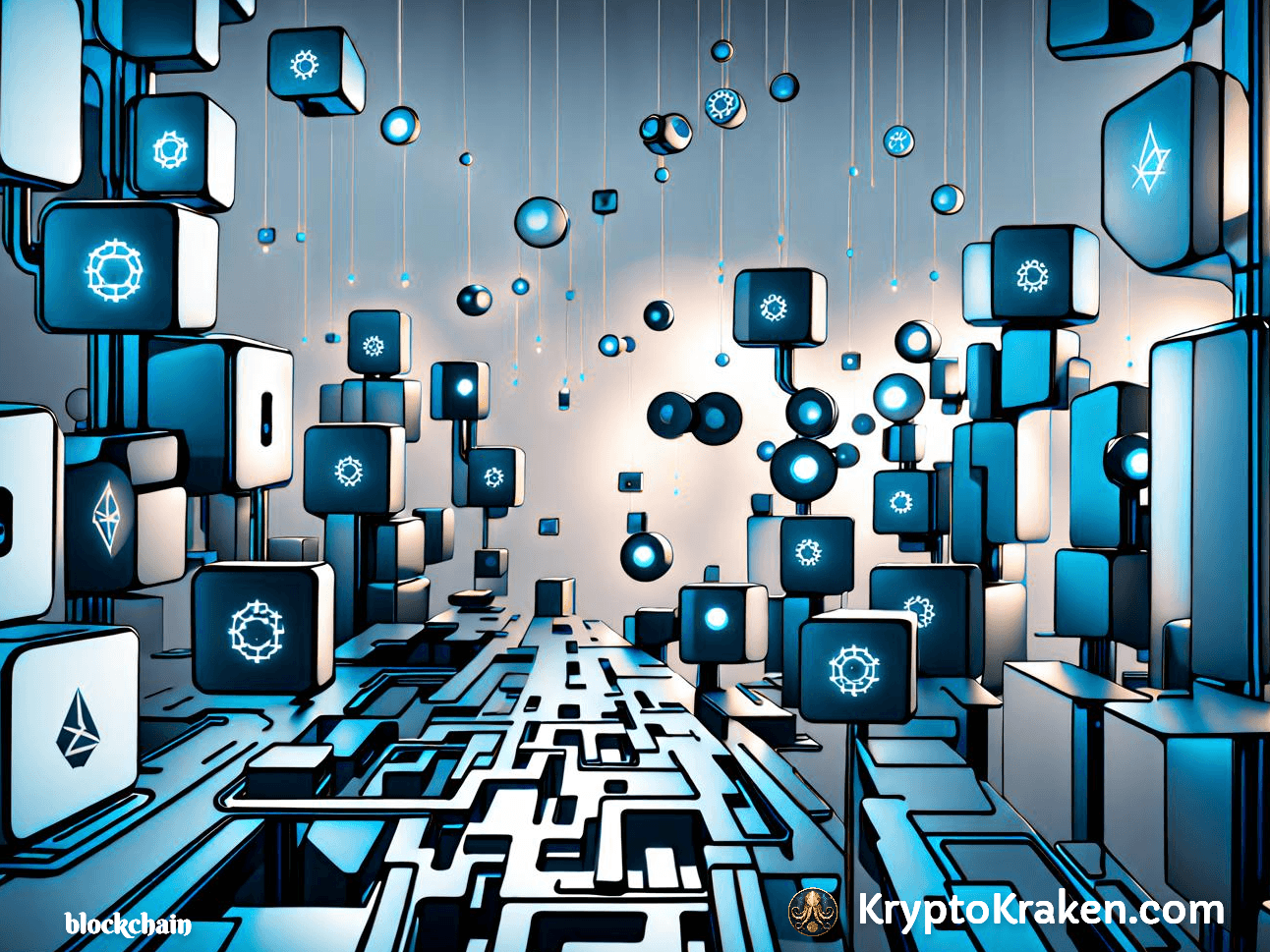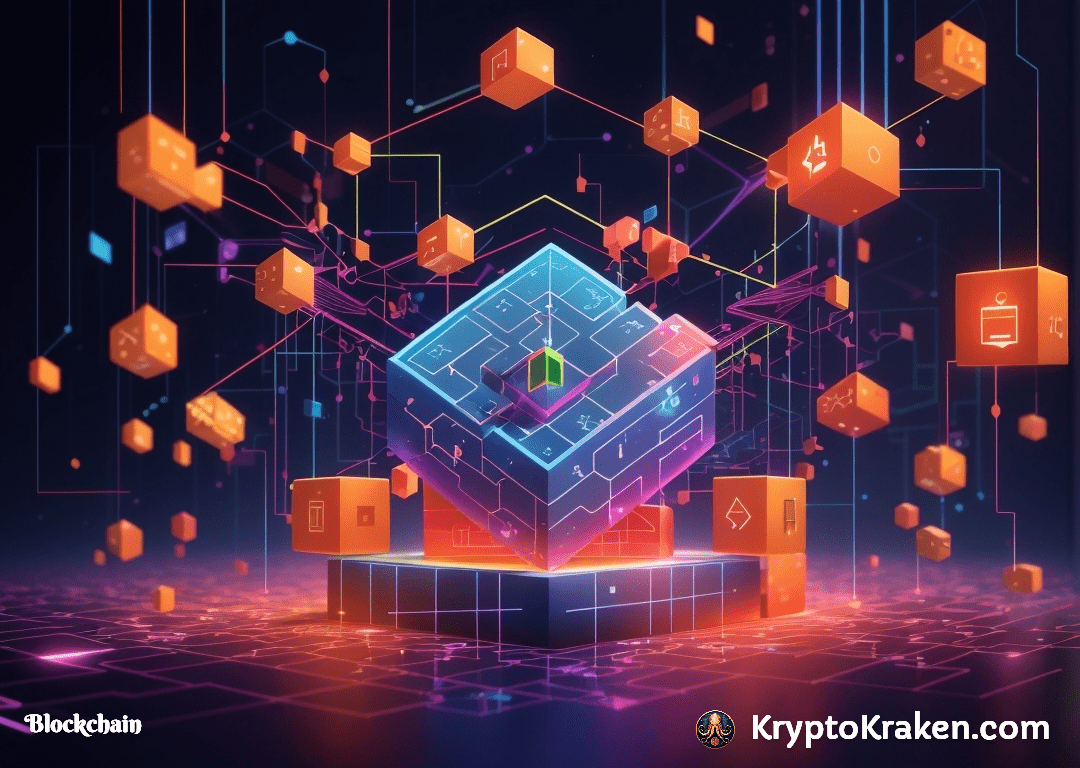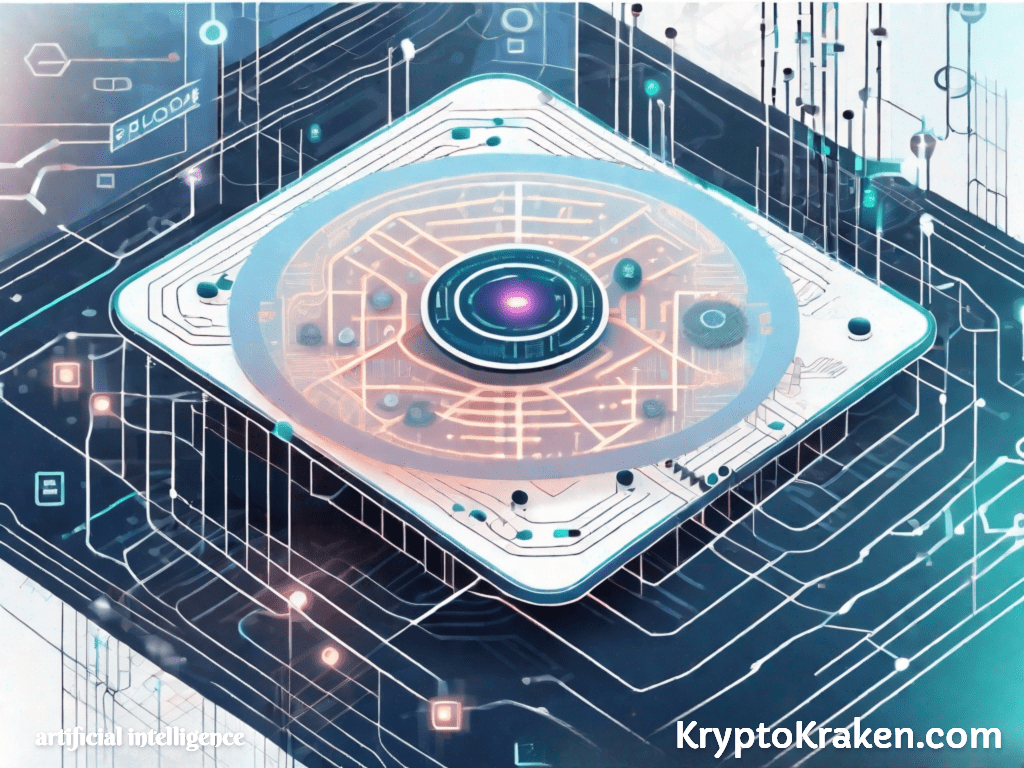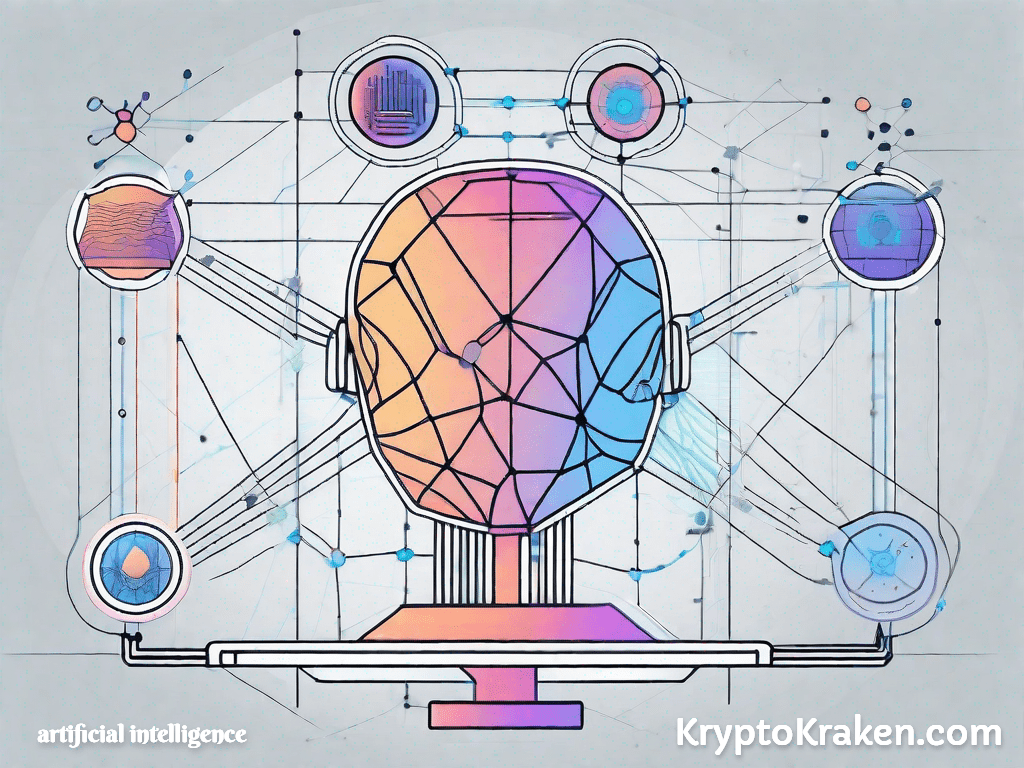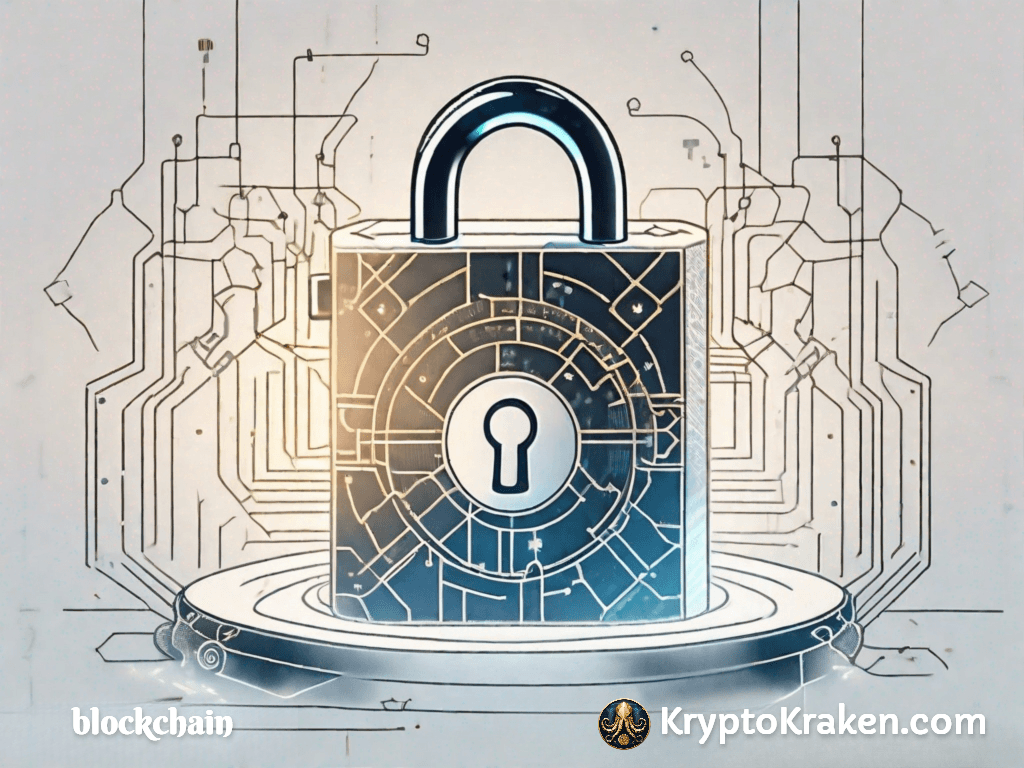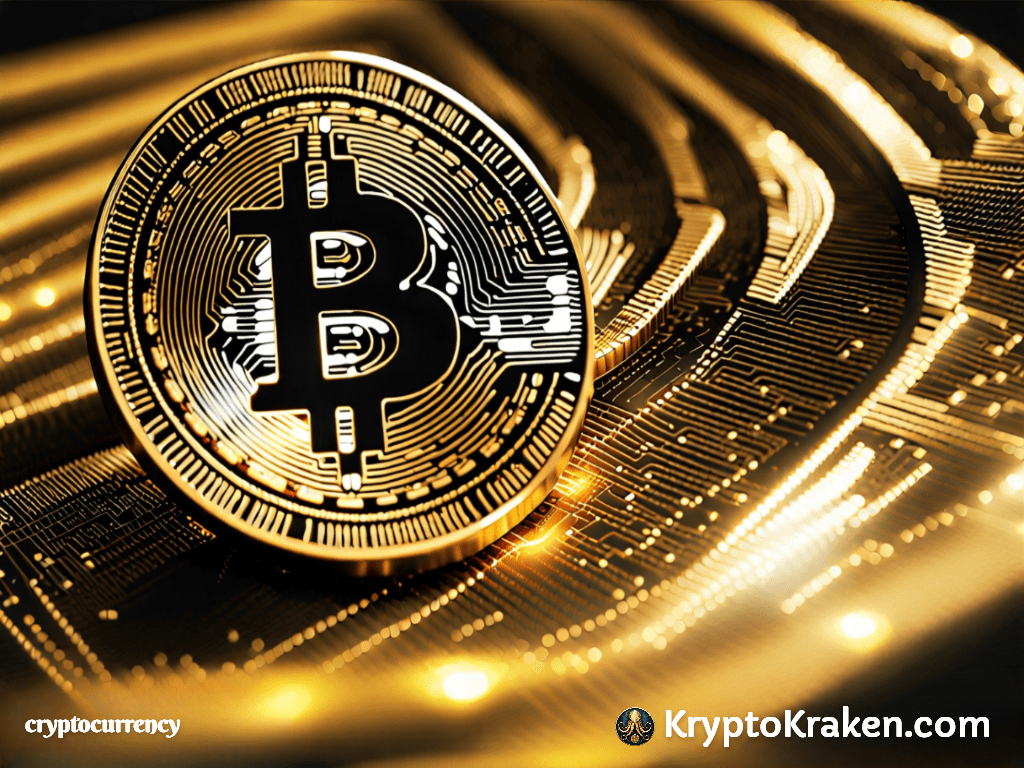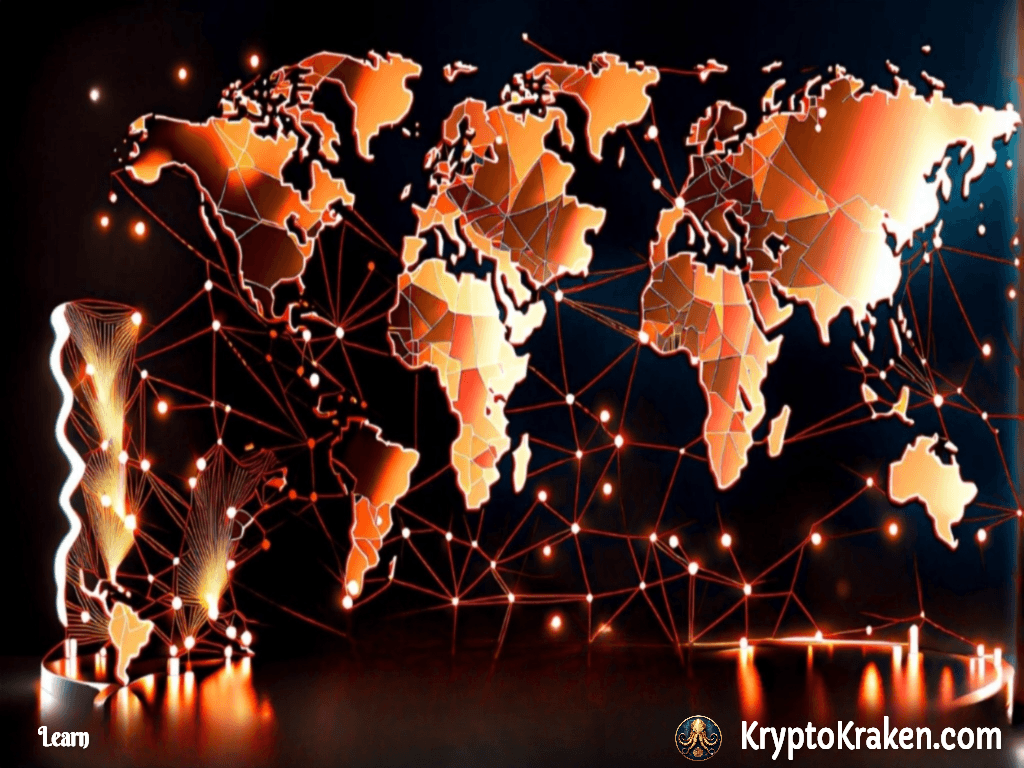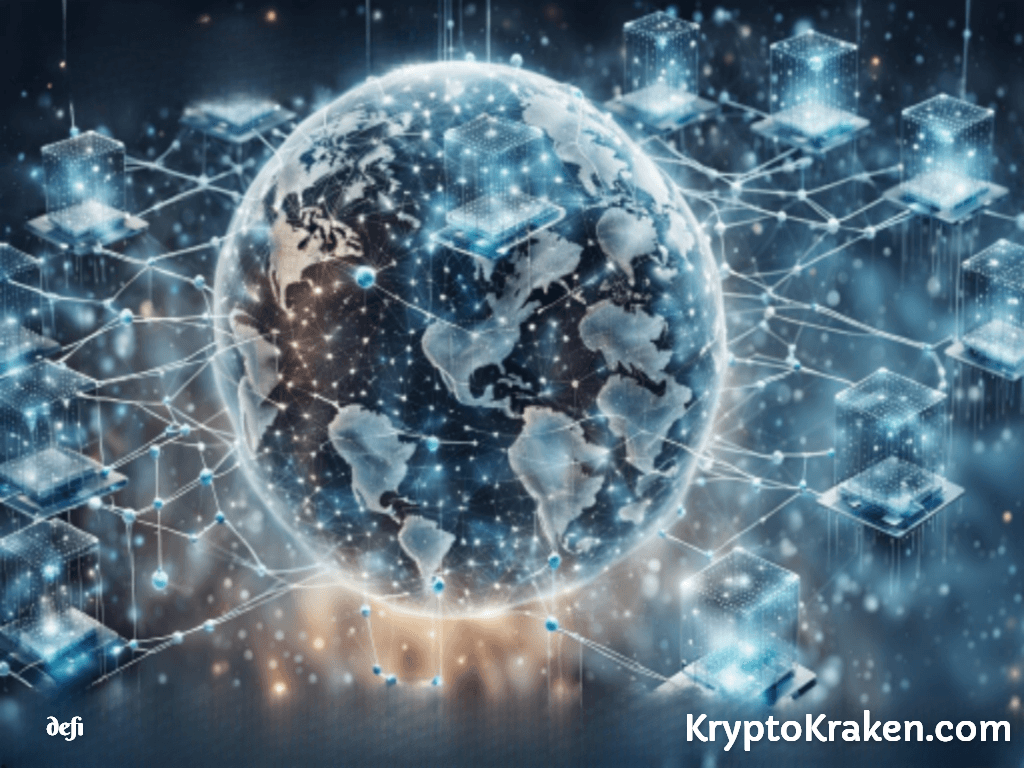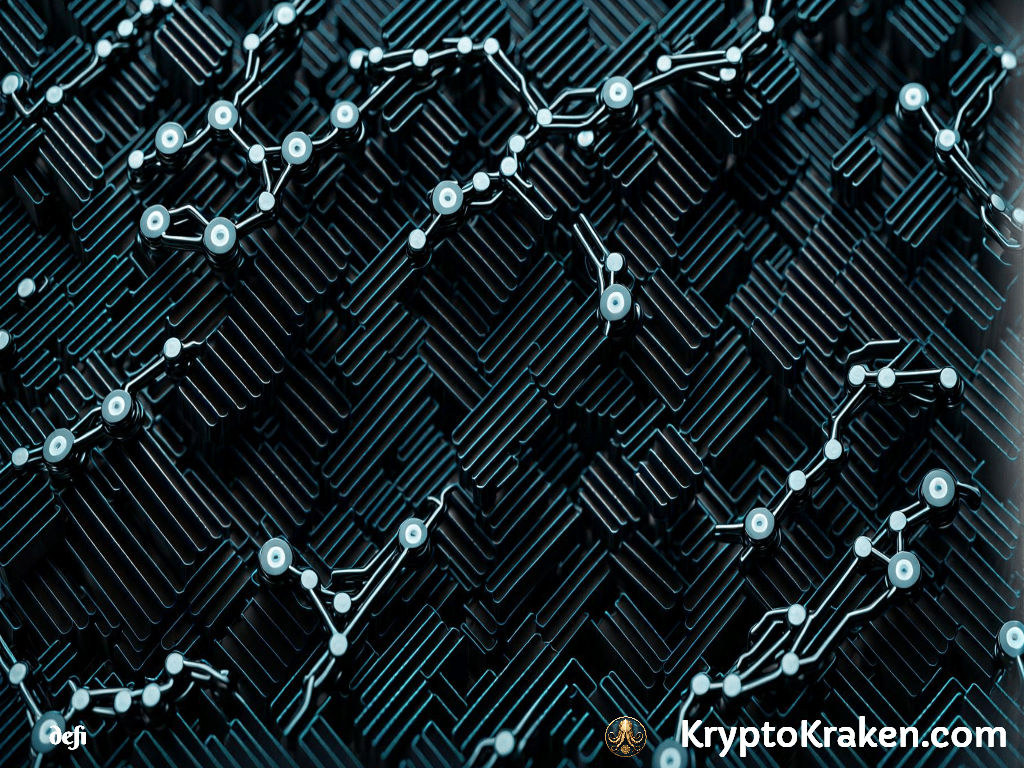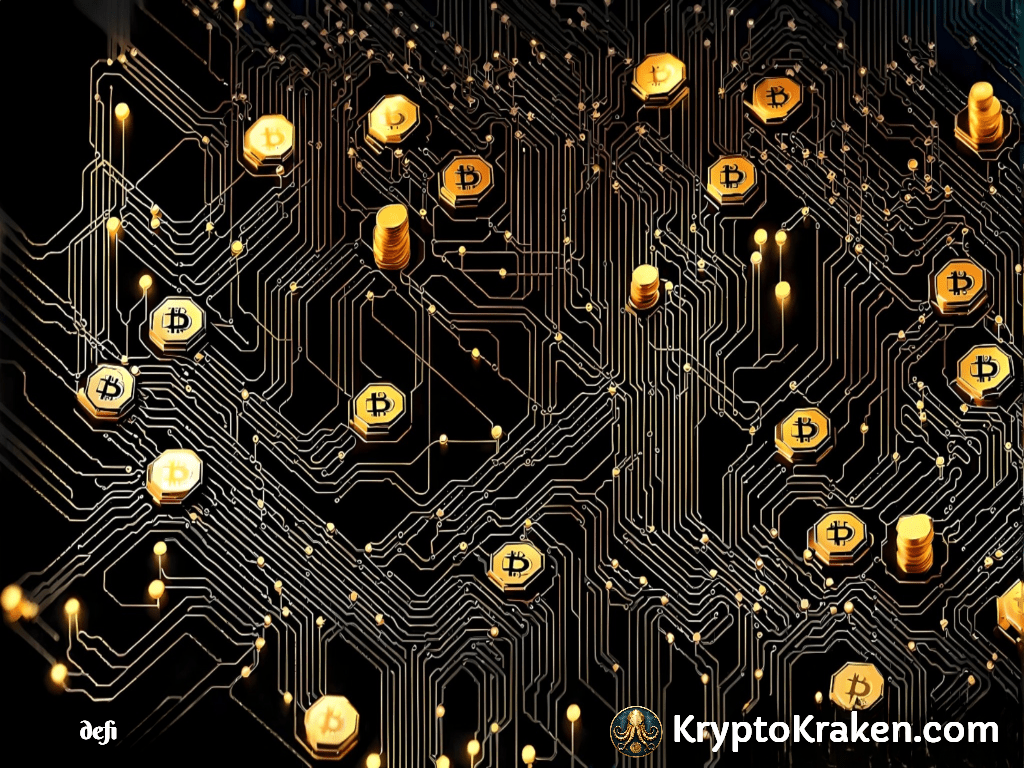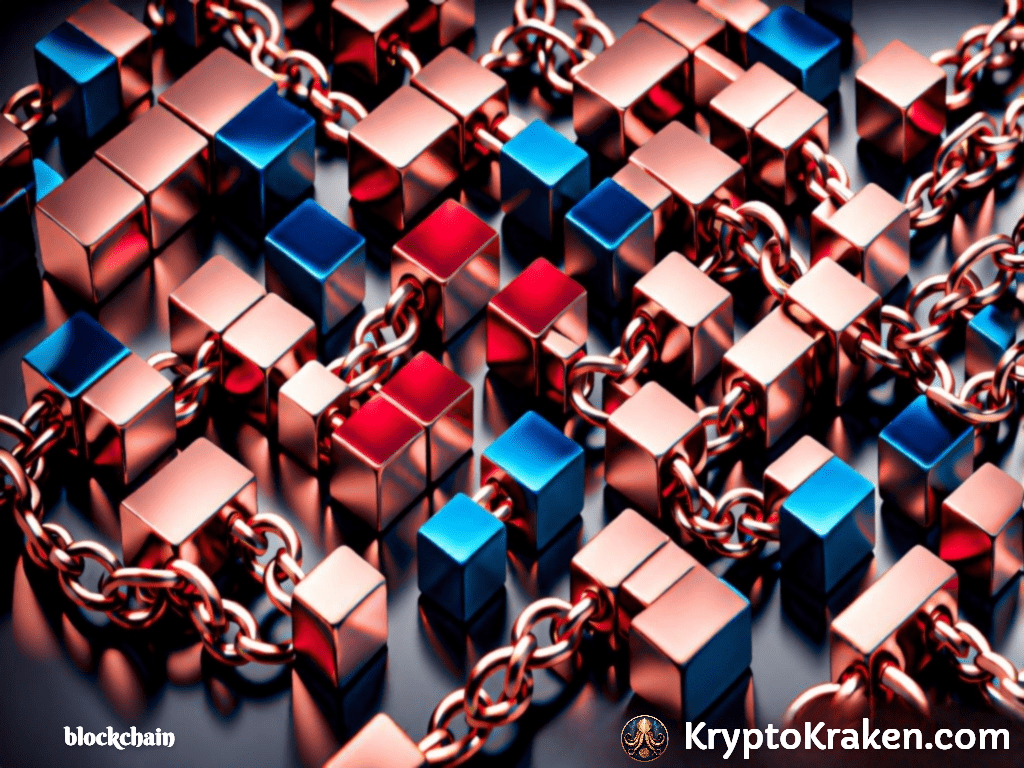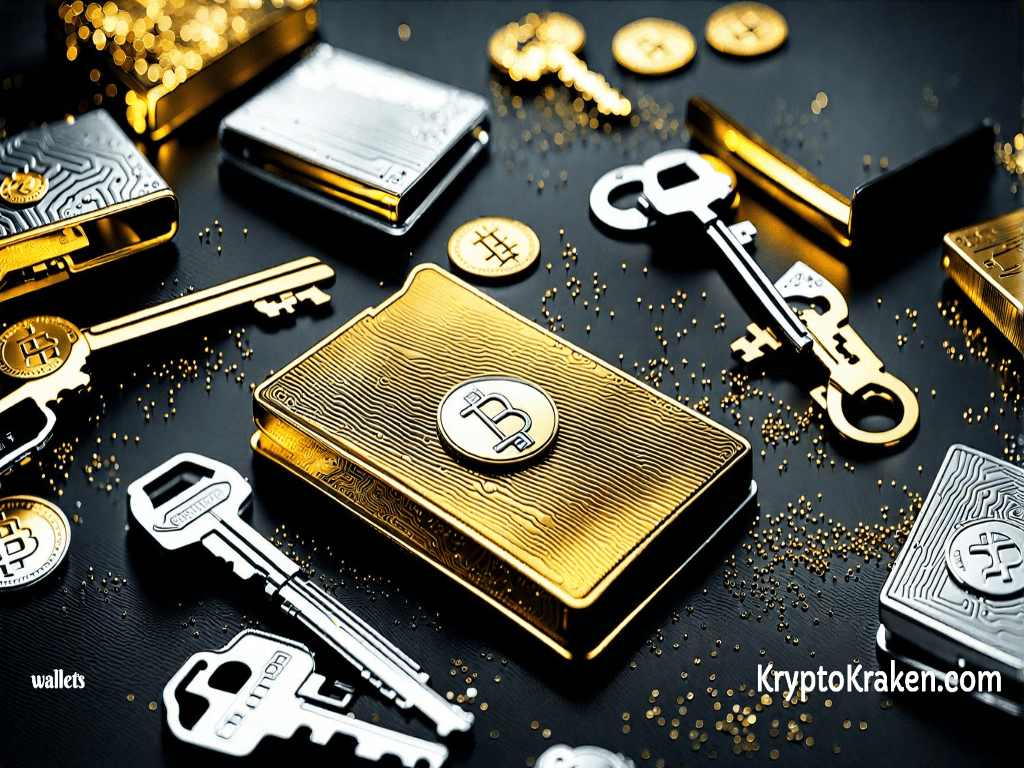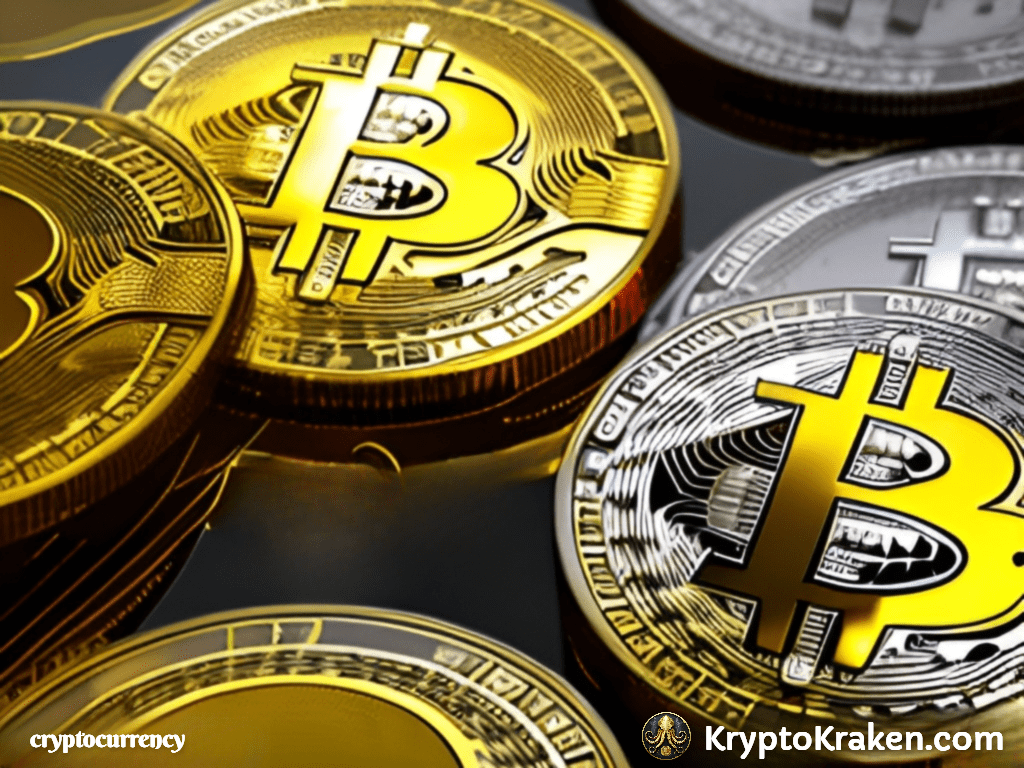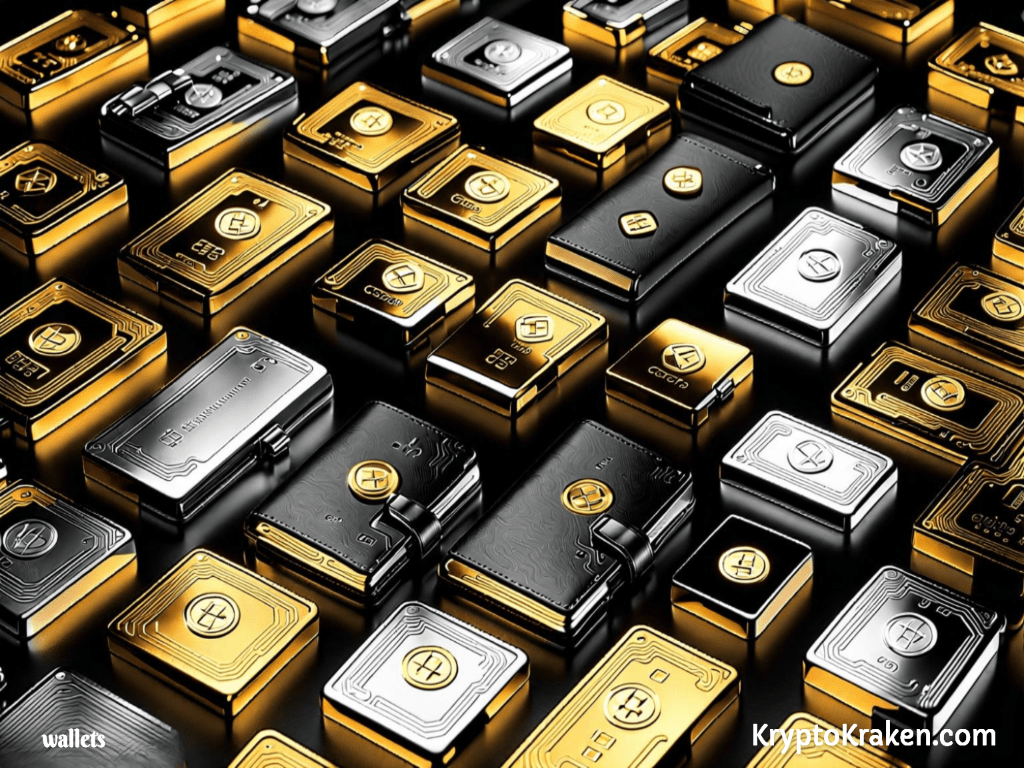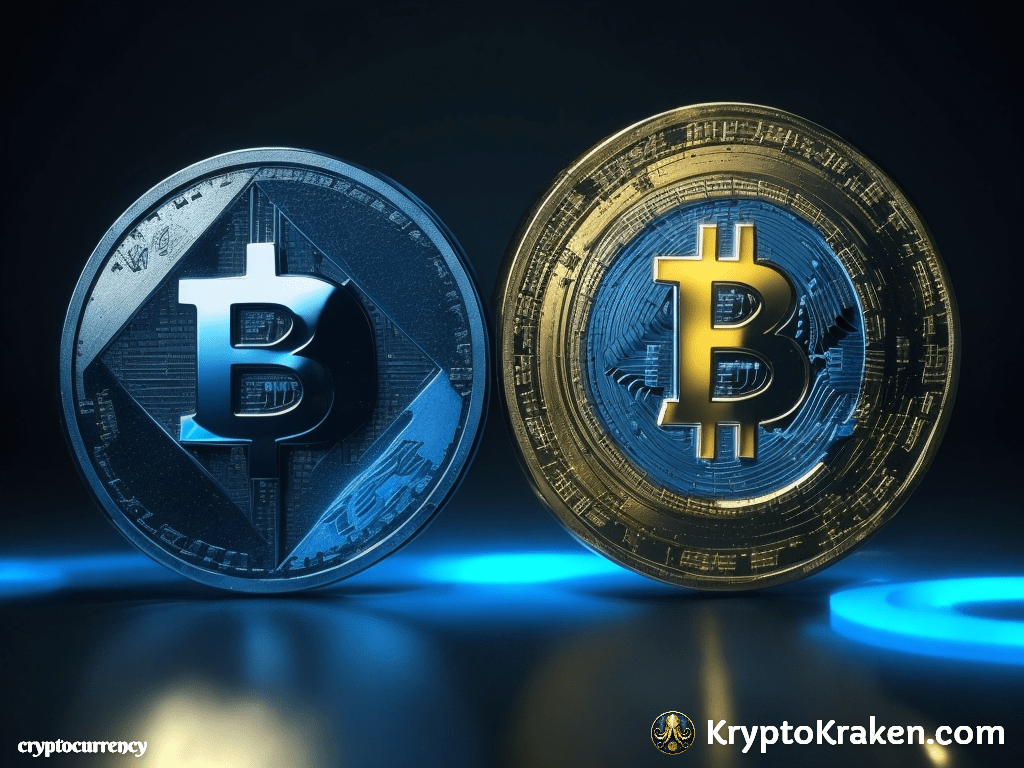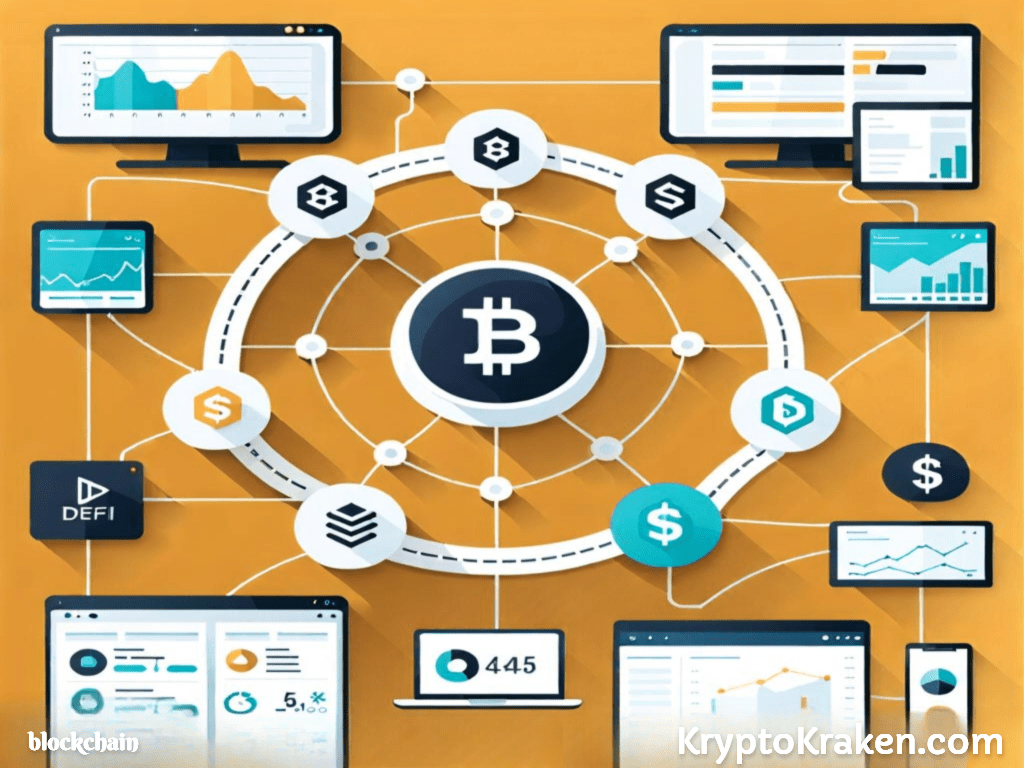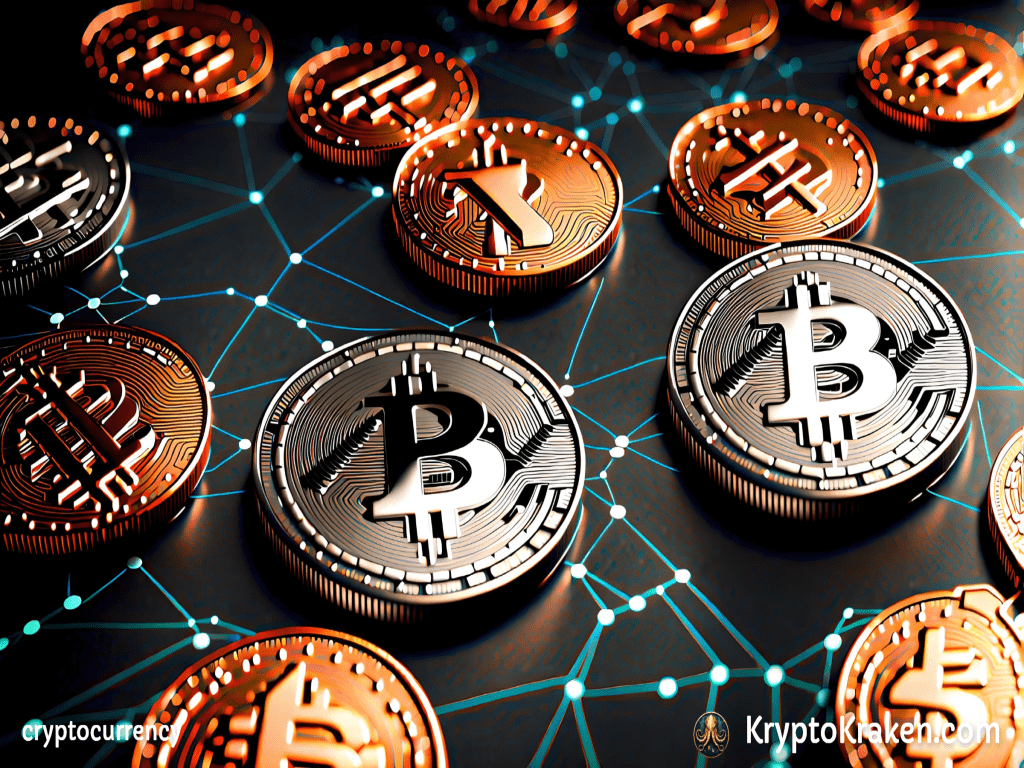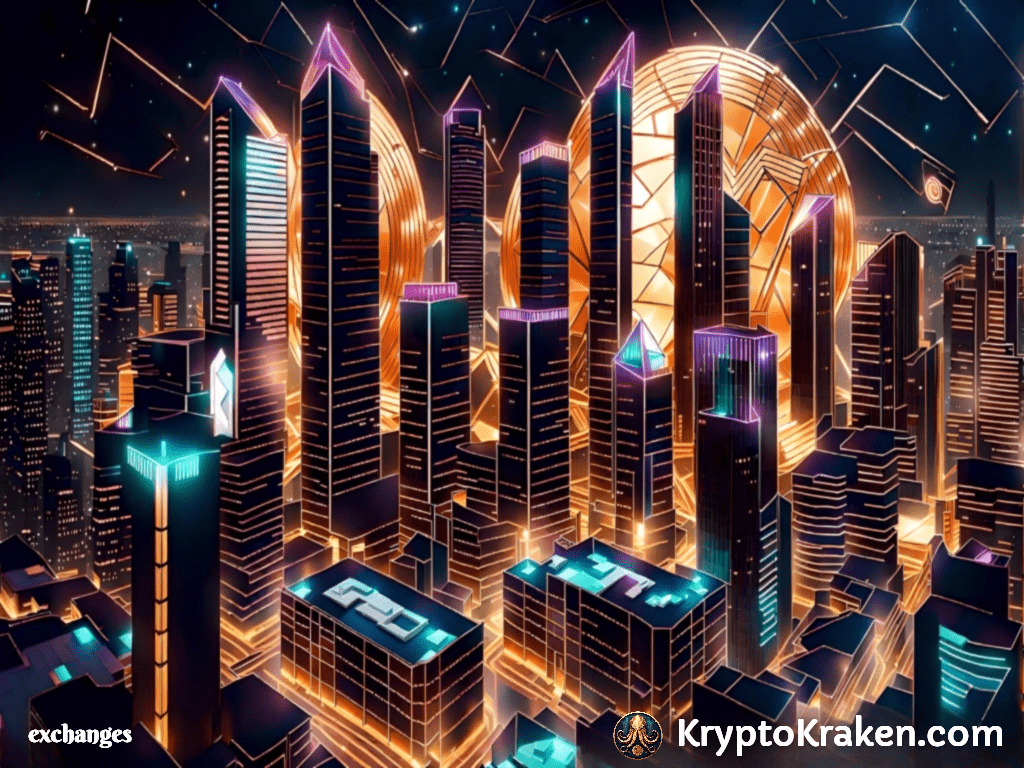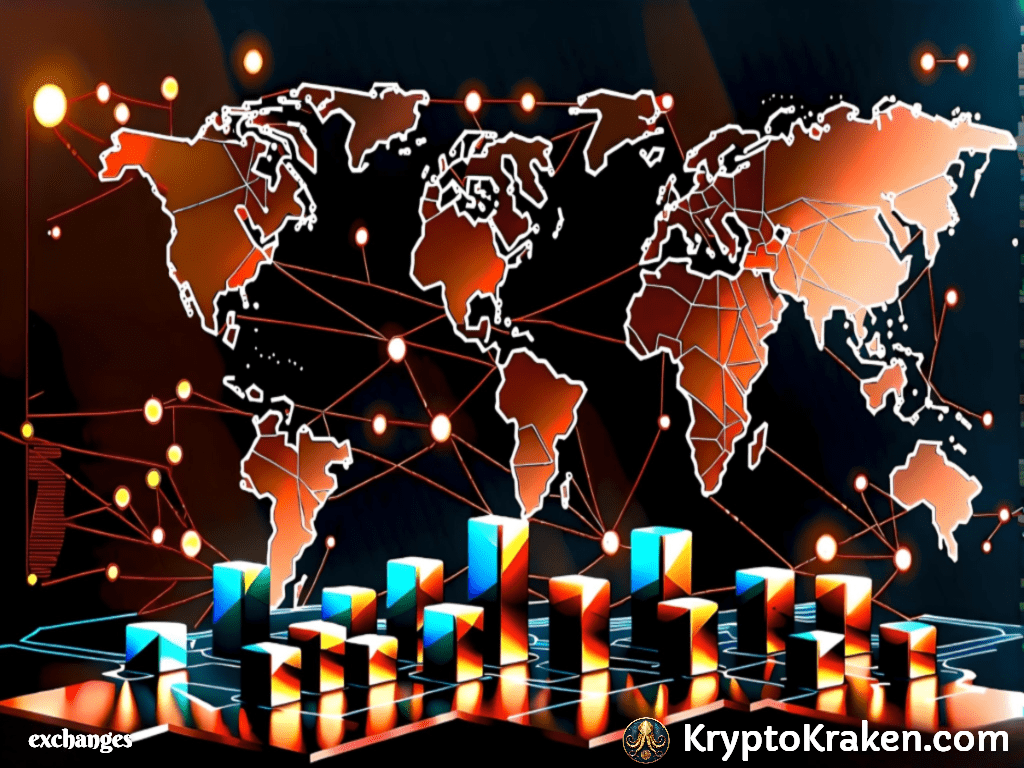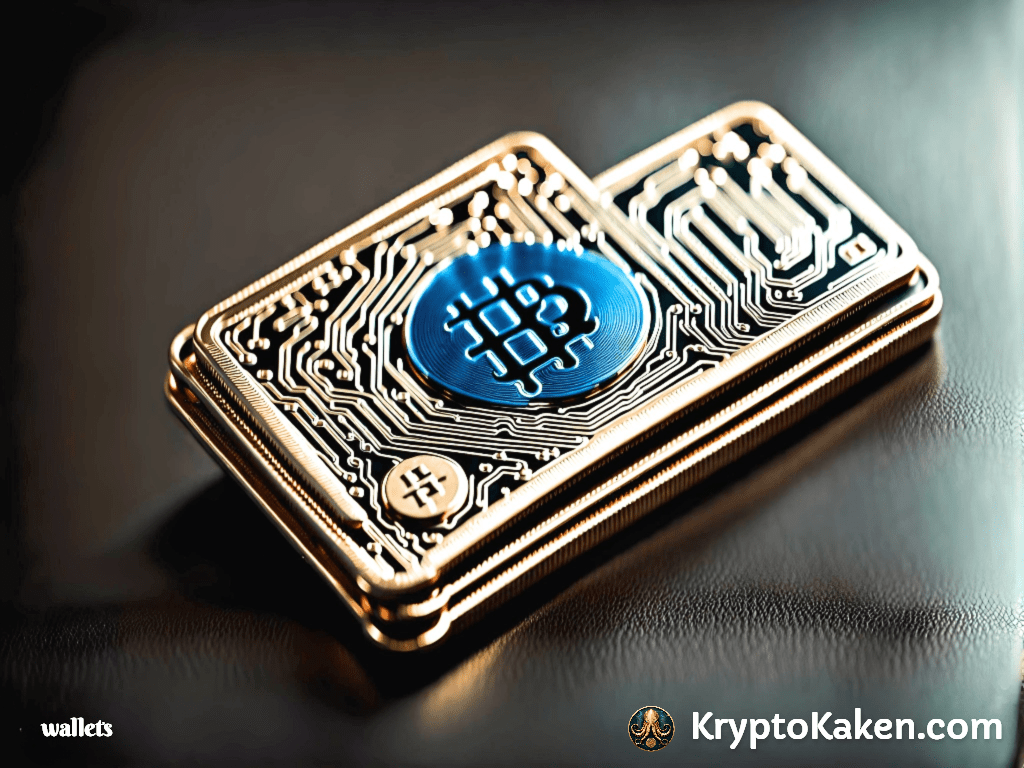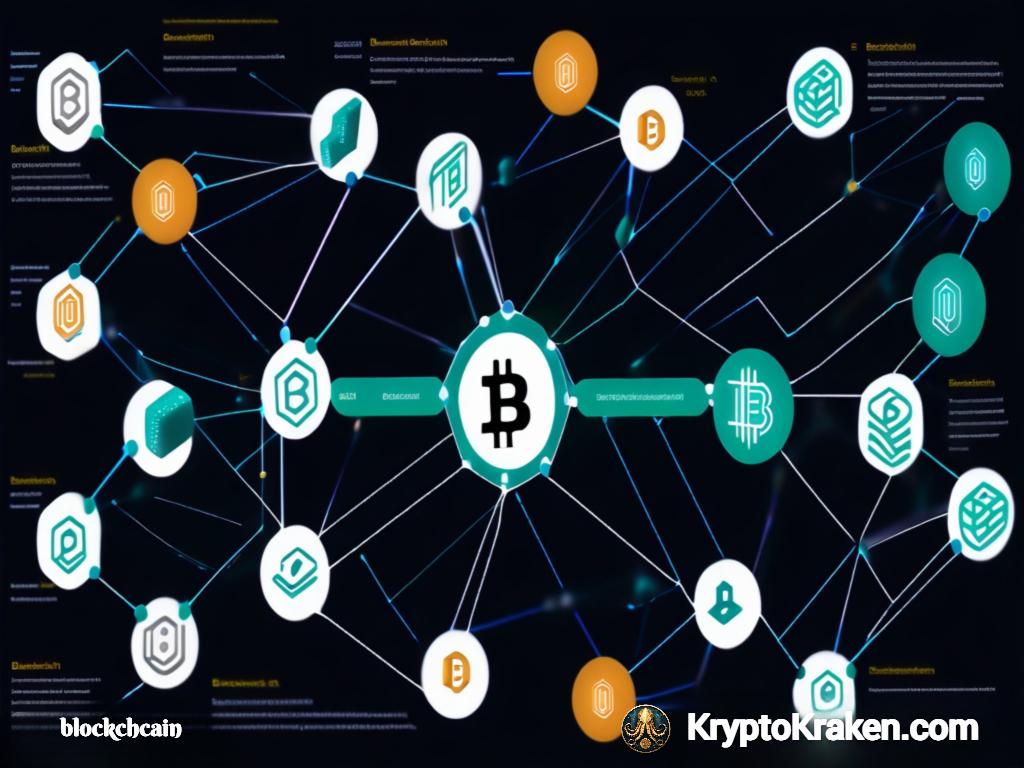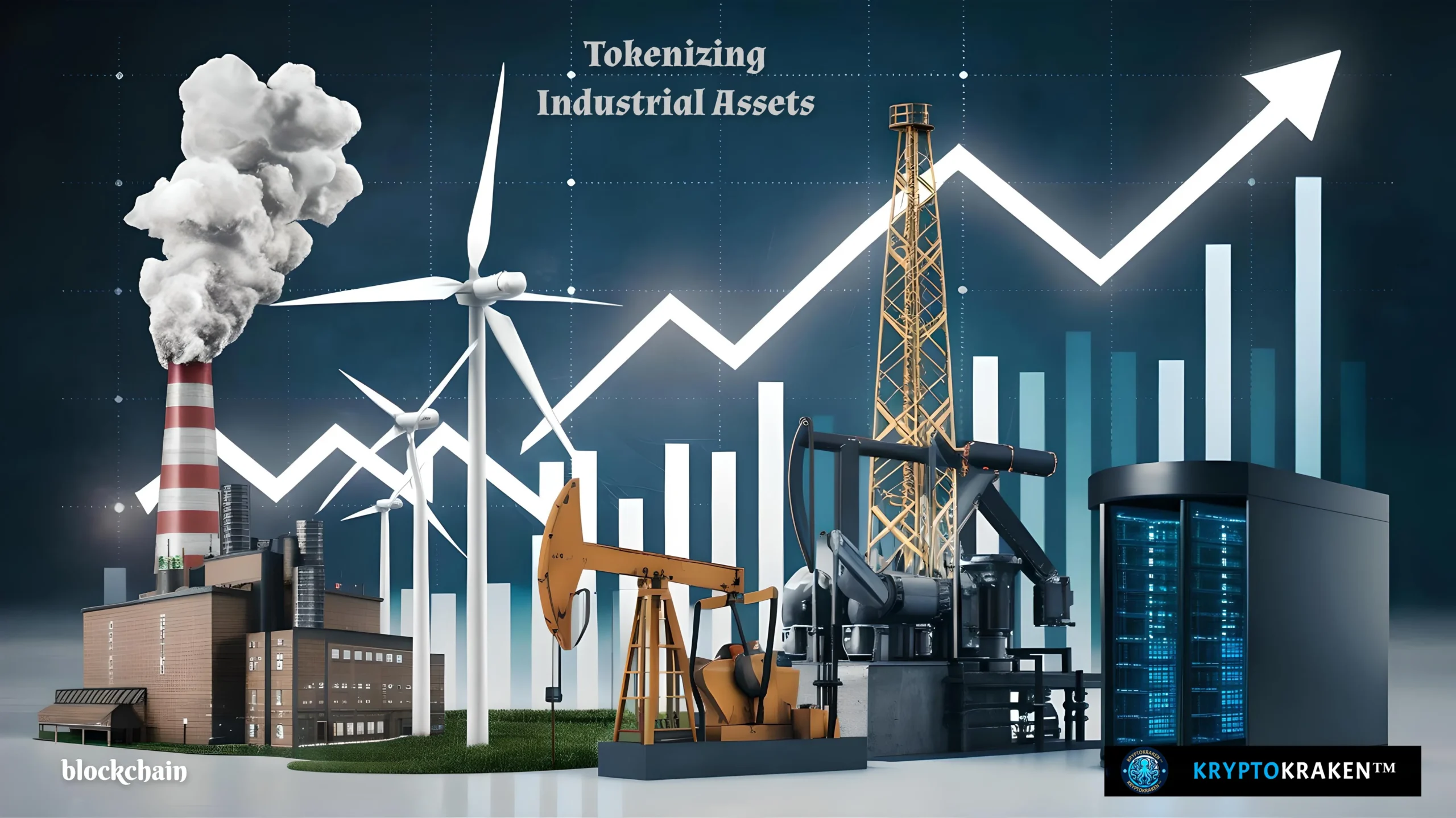
- July 5, 2024
- Frank Campbell
- 0
Tokenization has revolutionized the way we think about assets. From real estate and art to intellectual property and even loyalty points, the tokenization of assets has opened up a world of possibilities. But what about industrial assets? How can tokenization transform the manufacturing sector, the energy industry, and other sectors that rely heavily on tangible assets? In this article, we will explore the concept of tokenizing industrial assets, the benefits it brings, the challenges it poses, and the future it holds.
Table of Contents
Introduction to Industrial Asset Tokenization
In recent years, tokenization has gained traction in various industries. By representing assets as digital tokens on a blockchain, tokenization enables fractional ownership, increased liquidity, and enhanced transparency. While the concept may seem abstract at first, it holds the potential to reshape the industrial landscape as we know it.
The tokenization of industrial assets refers to the process of representing physical assets, such as manufacturing equipment, energy sector assets, logistics solutions, and even mining and extraction machinery, as digital tokens on a blockchain. This digitization of assets offers numerous advantages for manufacturers, energy companies, and other key stakeholders in the industrial sector.
One of the key benefits of industrial asset tokenization is the ability to unlock liquidity in traditionally illiquid assets. By converting physical assets into digital tokens, owners can now fractionalize ownership, allowing multiple investors to own a portion of an asset. This fractional ownership model not only democratizes investment opportunities but also increases the overall liquidity of industrial assets, making it easier for investors to buy and sell stakes in these assets.
Furthermore, the transparency and security provided by blockchain technology play a crucial role in the tokenization of industrial assets. Each token represents a specific portion of an underlying physical asset, and this ownership information is securely recorded on the blockchain. This immutable record ensures that ownership rights are clear and indisputable, reducing the risk of fraud and enhancing trust among investors. Additionally, the use of smart contracts in asset tokenization allows for automated compliance with regulatory requirements and streamlined transaction processes, further improving the efficiency of asset management in the industrial sector.
Understanding Industrial Assets
Before delving into the intricacies of industrial asset tokenization, it’s important to understand the different types of assets involved. Industrial assets encompass a wide range of tangible resources used in various sectors, including manufacturing, energy, logistics, mining, agriculture, and infrastructure.
In manufacturing, assets can include everything from production machinery and assembly lines to robotics and 3D printers. These assets are crucial for streamlining production processes, improving efficiency, and ensuring high-quality output. Production machinery, for example, ranges from CNC machines for precision cutting to conveyor belts for automated material handling.
In the energy sector, assets such as power plants, oil rigs, and renewable energy infrastructure play a crucial role in meeting the world’s energy demands. Power plants utilize a variety of technologies, including gas turbines, steam turbines, and solar panels, to generate electricity. Oil rigs, on the other hand, are equipped with drilling equipment, pumps, and storage facilities to extract and process crude oil.
Similarly, logistics and warehousing solutions involve assets like trucks, warehouses, and inventory management systems. Trucks are essential for transporting goods from one location to another, with various types such as flatbed trucks for heavy cargo and refrigerated trucks for perishable items. Warehouses are equipped with shelving units, forklifts, and barcode scanners to efficiently store and manage inventory.
Mining and extraction assets encompass resources like mining equipment, drilling rigs, and processing plants. Mining equipment includes excavators, haul trucks, and crushers to extract minerals from the earth. Drilling rigs are used to bore into the ground for oil exploration, while processing plants refine raw materials into valuable commodities.
Agricultural machinery, including tractors, harvesters, and irrigation systems, also fall under the umbrella of industrial assets. Tractors are versatile machines used for plowing, planting, and harvesting crops, with attachments like plows and seeders for different tasks. Harvesters automate the process of gathering crops like wheat or corn, increasing efficiency and reducing manual labor. Irrigation systems, such as drip irrigation or center pivot systems, ensure crops receive adequate water for optimal growth.
And finally, infrastructure assets involve bridges, roads, airports, and other vital components of our built environment. Bridges are essential for connecting land masses over bodies of water or other obstacles, with various designs like beam bridges and suspension bridges. Roads provide transportation routes for vehicles and pedestrians, with features like traffic signals and signage for safety. Airports consist of runways, terminals, and control towers to facilitate air travel and passenger services.
Tokenization of Manufacturing Equipment
The tokenization of manufacturing equipment holds immense potential for manufacturers and investors alike. By representing equipment as digital tokens, manufacturers can unlock liquidity, increase efficiency, and access new funding streams.
Traditionally, manufacturers have faced challenges when it comes to financing new equipment or upgrading existing machinery. Tokenization provides a new avenue for equipment financing, allowing manufacturers to sell fractional ownership stakes in their equipment and raise capital without diluting their ownership.
Investors, on the other hand, can benefit from tokenized manufacturing equipment by gaining exposure to the industrial sector and enjoying the potential for consistent returns. With tokenization, investors can diversify their portfolios and invest in a range of manufacturing equipment without the complexities of ownership, maintenance, or operation.
Moreover, the tokenization of manufacturing equipment can revolutionize the concept of asset management in the industry. By converting physical assets into digital tokens, manufacturers can track the usage, maintenance history, and performance metrics of each equipment in real-time. This level of transparency and data-driven decision-making can lead to predictive maintenance strategies, reducing downtime and optimizing production processes.
Furthermore, the adoption of blockchain technology in equipment tokenization ensures a secure and immutable record of ownership and transactions. This not only enhances trust between manufacturers and investors but also opens up possibilities for automated smart contracts that govern equipment usage, leasing agreements, and revenue sharing models.
Energy Sector Assets Tokenization
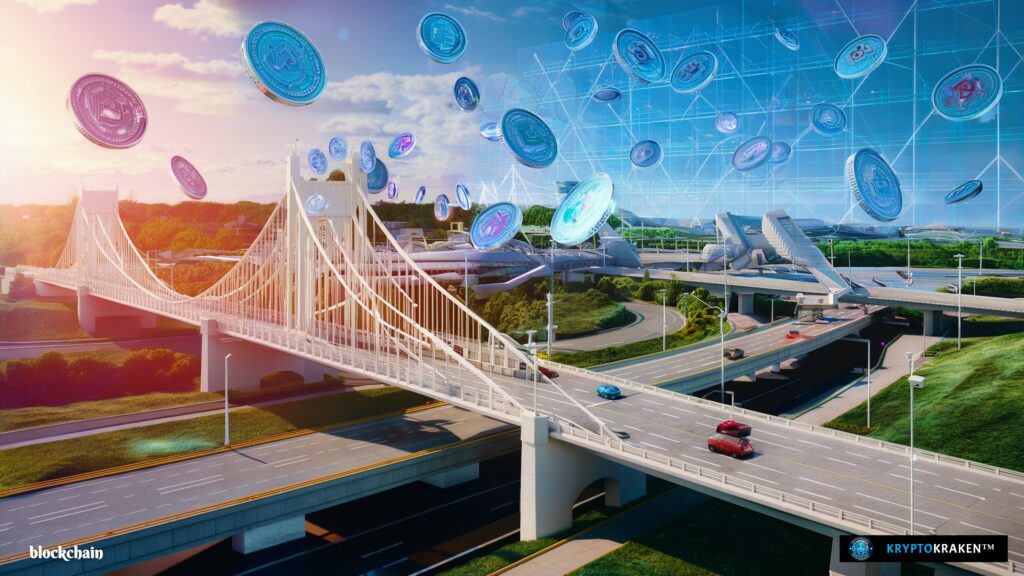
In the energy sector, asset tokenization offers an opportunity to democratize investment and increase energy sustainability. By tokenizing energy assets like power plants, renewable energy infrastructure, and oil rigs, energy companies can tap into a broader pool of capital while promoting environmental responsibility.
Tokenization allows stakeholders to own fractional shares in energy assets, opening up investment opportunities to a wider audience. This increased access to investment can help accelerate the development and deployment of clean and renewable sources of energy, ultimately contributing to a more sustainable future.
Furthermore, asset tokenization in the energy sector can enhance liquidity in traditionally illiquid markets. Investors can trade these digital tokens on blockchain-based platforms, providing a more efficient and transparent way to buy and sell energy assets. This liquidity can attract more investors, including institutional players, who may have been previously deterred by the lack of liquidity in the energy sector.
Additionally, tokenization can streamline the process of raising capital for energy projects. Through initial coin offerings (ICOs) or security token offerings (STOs), energy companies can raise funds directly from investors without the need for intermediaries, reducing costs and increasing the speed of capital deployment. This direct access to capital can empower energy startups and innovative projects to bring their ideas to fruition more quickly.
Tokenizing Logistics and Warehousing Solutions
The tokenization of logistics and warehousing solutions brings efficiency and transparency to the supply chain. By representing assets like trucks, warehouses, and inventory management systems as tokens, companies can streamline operations, improve tracking, and enhance security.
Tokenization enables seamless tracking of assets throughout the supply chain, ensuring transparency and accountability at every stage. Additionally, it allows for the efficient allocation of resources, reducing costs and optimizing inventory management.
Furthermore, the use of blockchain technology in tokenizing logistics and warehousing solutions offers an immutable and decentralized ledger system. This means that all transactions and movements of assets are securely recorded and cannot be altered, providing a high level of data integrity and trust among stakeholders.
Moreover, tokenization opens up new possibilities for innovative business models, such as fractional ownership of logistics assets. This allows multiple parties to invest in and benefit from the utilization of trucks, warehouses, or other logistical components, creating a more inclusive and collaborative ecosystem within the industry.
Mining and Extraction Assets
Mining and extraction assets, including mining equipment, drilling rigs, and processing plants, are intrinsic to the global economy. Tokenizing these assets can unlock liquidity for mining companies, enhance investment opportunities, and promote responsible resource extraction.
By representing mining and extraction assets as tokens, companies can sell fractional ownership stakes, enabling them to access capital for new projects or expansion. Moreover, tokenization allows for the efficient allocation of resources, minimizes risk, and enhances sustainability practices.
Tokenization of mining assets also opens up new avenues for investors. Through blockchain technology, investors can now participate in the mining industry with lower entry barriers, increased transparency, and improved liquidity. This democratization of investment opportunities in the mining sector can attract a broader range of investors, including retail investors and small-scale stakeholders.
Furthermore, the use of smart contracts in asset tokenization can revolutionize the way mining projects are funded and managed. Smart contracts can automate various processes such as revenue distribution, compliance monitoring, and asset utilization tracking. This automation not only streamlines operations but also reduces administrative costs and enhances overall efficiency in the mining and extraction sector.

Tokenization of Agricultural Machinery
Agricultural machinery plays a vital role in feeding the world’s growing population. By tokenizing tractors, harvesters, and irrigation systems, farmers and investors can harness the power of tokenization to drive agricultural innovation and sustainability.
Tokenization provides an alternative financing model for farmers, enabling them to monetize their machinery while retaining operational control. Investors, in turn, gain exposure to the agricultural sector and contribute to the development of more efficient, environmentally-friendly farming practices.
One of the key benefits of tokenizing agricultural machinery is the increased liquidity it offers. Traditionally, farmers have faced challenges in accessing capital quickly, especially during peak seasons or unforeseen circumstances. By tokenizing their machinery, farmers can unlock the value of their assets and access funds more readily, allowing them to make timely investments in new equipment or technology to enhance their operations.
Furthermore, the use of blockchain technology in tokenization ensures transparency and security in transactions involving agricultural machinery. Each token represents a share of ownership in the machinery, recorded on a tamper-proof digital ledger. This not only reduces the risk of fraud and disputes but also provides a clear record of ownership transfer, maintenance history, and usage data. As a result, stakeholders can have confidence in the authenticity and integrity of the tokenized assets, fostering trust and efficiency in the agricultural industry.
Infrastructure Tokenization
Infrastructure, the backbone of our modern society, can also benefit from tokenization. By representing assets like bridges, roads, airports, and utilities as tokens, governments, and private investors can tap into new financing mechanisms while ensuring efficient resource allocation.
Tokenization can enable governments to unlock value from their existing infrastructure by selling fractional ownership stakes to investors. This infusion of capital can help finance new projects, upgrade existing infrastructure, and stimulate economic growth. Furthermore, tokenization enables individuals to invest in critical infrastructure projects and participate in the development of their communities.
Imagine a world where a portion of the Golden Gate Bridge’s ownership is divided into digital tokens, allowing investors from around the globe to own a piece of this iconic structure. This democratization of investment not only diversifies funding sources but also spreads the benefits of infrastructure development across a wider spectrum of society. Additionally, tokenization can enhance liquidity in the infrastructure market, making it easier for investors to buy and sell ownership stakes in major projects.
Furthermore, the use of blockchain technology in infrastructure tokenization ensures transparency and security in transactions. Each token represents a verifiable ownership stake, recorded on a tamper-proof digital ledger. This level of accountability reduces the risk of fraud and corruption, instilling confidence in both investors and the public. As tokenization continues to gain traction in the infrastructure sector, we can expect to see a transformation in how projects are funded, managed, and ultimately, how our societies evolve.
Benefits of Tokenizing Industrial Assets
The tokenization of industrial assets brings forth a multitude of benefits for all stakeholders involved. For manufacturers, asset tokenization enhances liquidity, improves access to financing, and provides an opportunity to optimize resource allocation.
Investors, on the other hand, can diversify their portfolios, gain exposure to the industrial sector, and enjoy the potential for consistent returns. Tokenization also promotes transparency, accountability, and security by leveraging blockchain technology to track and verify asset ownership.
Challenges and Considerations
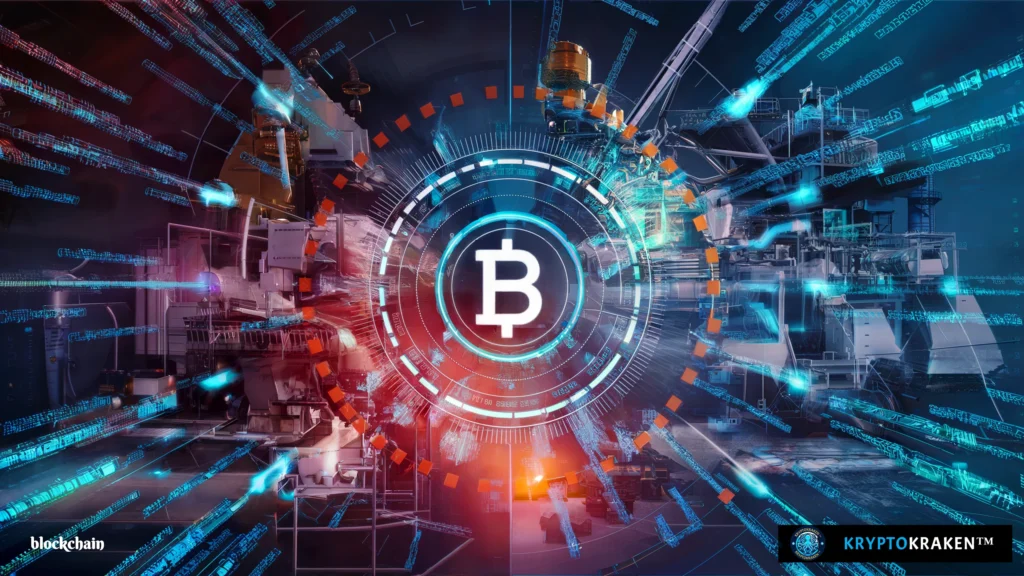
While the benefits of tokenizing industrial assets are clear, there are also challenges and considerations that must be taken into account. One of the key challenges is the legal and regulatory framework surrounding asset tokenization.
As tokenization blurs the lines between traditional ownership models, regulations need to adapt to ensure investor protection, prevent fraud, and maintain market integrity. Clear guidelines and frameworks are necessary to ensure compliance and foster trust in the tokenized asset ecosystem.
Another consideration is the technological integration required for asset tokenization. Companies must evaluate their existing systems and processes to determine the feasibility and scalability of implementing tokenization. Seamless integration with existing infrastructure is crucial to realizing the full potential of tokenizing industrial assets.
Legal and Regulatory Framework
The legal and regulatory framework for asset tokenization is still evolving. Governments and regulatory bodies around the world are actively exploring the potential of blockchain technology and working towards establishing clear guidelines for the tokenized asset ecosystem.
Companies looking to tokenize industrial assets must navigate the complex landscape of regulations, ensuring compliance with securities laws, anti-money laundering regulations, and data privacy regulations. Engaging with legal and compliance experts is crucial to navigate these regulatory challenges and ensure a smooth tokenization process.
Technological Integration
Integrating tokenization into existing systems and processes can be a complex task. Companies must evaluate their technology infrastructure and assess the compatibility of their systems with blockchain technology.
Additionally, considerations such as scalability, interoperability, and data security need to be addressed. Collaborating with blockchain experts and technology providers can help streamline the integration process and ensure a seamless transition to tokenizing industrial assets.
Investor Perspectives on Industrial Tokens
Investors are increasingly recognizing the potential of industrial tokens as a unique investment opportunity. By investing in tokenized industrial assets, investors can gain exposure to tangible assets that have traditionally been out of reach.
Industrial tokens offer the benefits of diversification, increased liquidity, and potential for capital appreciation. Moreover, they provide a level of transparency and traceability that was previously unavailable in traditional asset classes. This empowers investors to make more informed investment decisions based on verifiable data.
Market Trends in Industrial Asset Tokenization
The market for industrial asset tokenization is evolving rapidly. As the potential of tokenization becomes more widely recognized, new players, platforms, and investment models are emerging.
Marketplaces and platforms dedicated to the tokenization of industrial assets are gaining traction, providing issuers and investors with streamlined processes and access to a broader network. These platforms serve as catalysts for innovation and collaboration, enabling the tokenization ecosystem to flourish.
Security and Risk Management
Security and risk management are of paramount importance in the tokenized asset ecosystem. Tokenization leverages blockchain technology to ensure the security and integrity of transactions, mitigating the risk of fraud and unauthorized access.
By using cryptographic algorithms and distributed consensus mechanisms, blockchain technology provides a secure and transparent ledger for recording asset ownership and transaction history. Furthermore, smart contract functionality enables the automation of certain processes, reducing human error and enhancing operational efficiency.
Case Studies: Successful Industrial Tokenization
The successful tokenization of industrial assets is already underway, with several notable case studies demonstrating the potential of this transformative technology.
One such example is the tokenization of a manufacturing company’s production line. By representing the production line as digital tokens and offering fractional ownership, the company was able to access financing from a global investor base, enabling them to streamline operations and accelerate growth.
Another case study involves the tokenization of a renewable energy project. By representing the project as tokens, the developers were able to raise capital from a diverse range of investors, promoting clean energy generation and reducing reliance on traditional financing models.
Impact of Tokenization on Asset Lifecycle
Tokenization has a profound impact on the asset lifecycle, transforming the way assets are financed, managed, and traded. By representing assets as tokens, the lifecycle of an asset becomes more transparent, efficient, and liquid.
During the initial financing stage, tokenization provides an alternative avenue for raising capital, reducing reliance on traditional banking systems and facilitating access to a global investor base. Throughout the operational phase, tokenization enables efficient resource allocation, enhances asset tracking, and streamlines maintenance and repair processes.
Finally, during the divestment phase, tokenization offers increased liquidity and transparency, allowing for the seamless transfer of asset ownership and potential secondary market trading.
Sustainability and Tokenization
Tokenization has the potential to drive sustainability efforts in the industrial sector. By promoting fractional ownership and allowing for the efficient allocation of resources, tokenization encourages responsible use of assets and reduces waste.
Furthermore, by providing access to a broader investor base and facilitating fundraising for sustainable projects, tokenization incentivizes the development and adoption of environmentally-friendly technologies and practices. This contributes to the transition towards a more sustainable and resilient industrial ecosystem.

Future of Industrial Assets in the Blockchain Era
The future of industrial assets in the blockchain era is full of promise. As awareness and adoption of tokenization increase, we can expect to see a greater democratization of ownership, increased efficiency, and enhanced transparency in the industrial sector.
By harnessing the power of blockchain technology, industrial assets can be transformed from blueprints to bytes, representing value, ownership, and innovation. Through tokenization, industrial assets can become more accessible, sustainable, and adaptable to the evolving needs of the global economy.
Navigating Global Markets
As tokenization of industrial assets gains momentum, companies need to navigate the global markets to maximize the benefits of this transformative technology.
Understanding the regulatory landscape, engaging with legal and compliance experts, and partnering with established tokenization platforms are crucial steps in successfully navigating global markets. Building strategic partnerships, leveraging industry expertise, and embracing technological advancements will enable companies to seize the opportunities presented by the tokenization of industrial assets.
In conclusion, the tokenization of industrial assets holds tremendous potential for manufacturers, energy companies, and other stakeholders in the industrial sector. By representing tangible assets as digital tokens on a blockchain, tokenization offers fractional ownership, increased liquidity, and enhanced transparency. As we move towards a more sustainable and digitally-driven future, the tokenization of industrial assets will undoubtedly play a pivotal role in reshaping our world, from blueprints to bytes.



